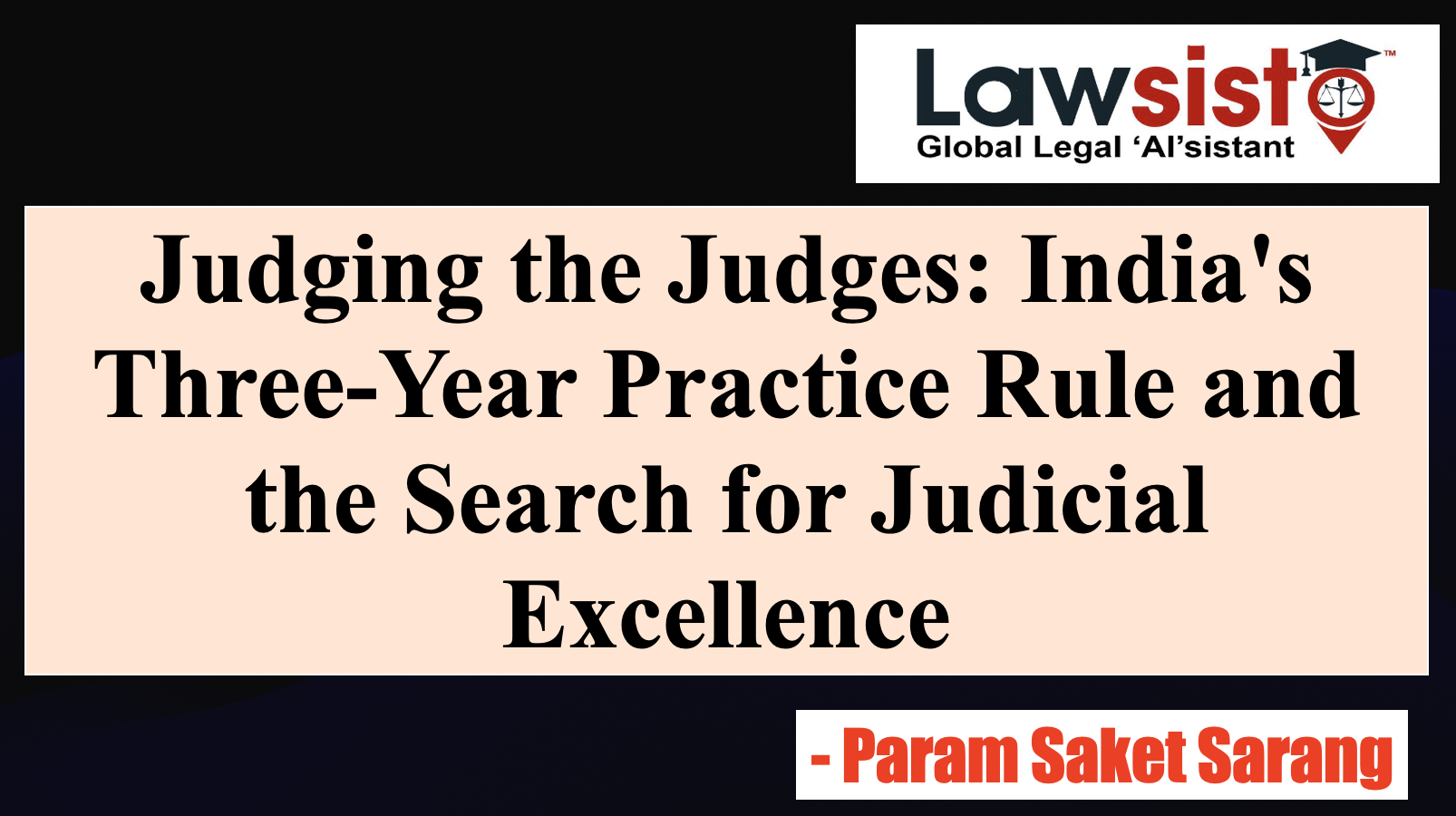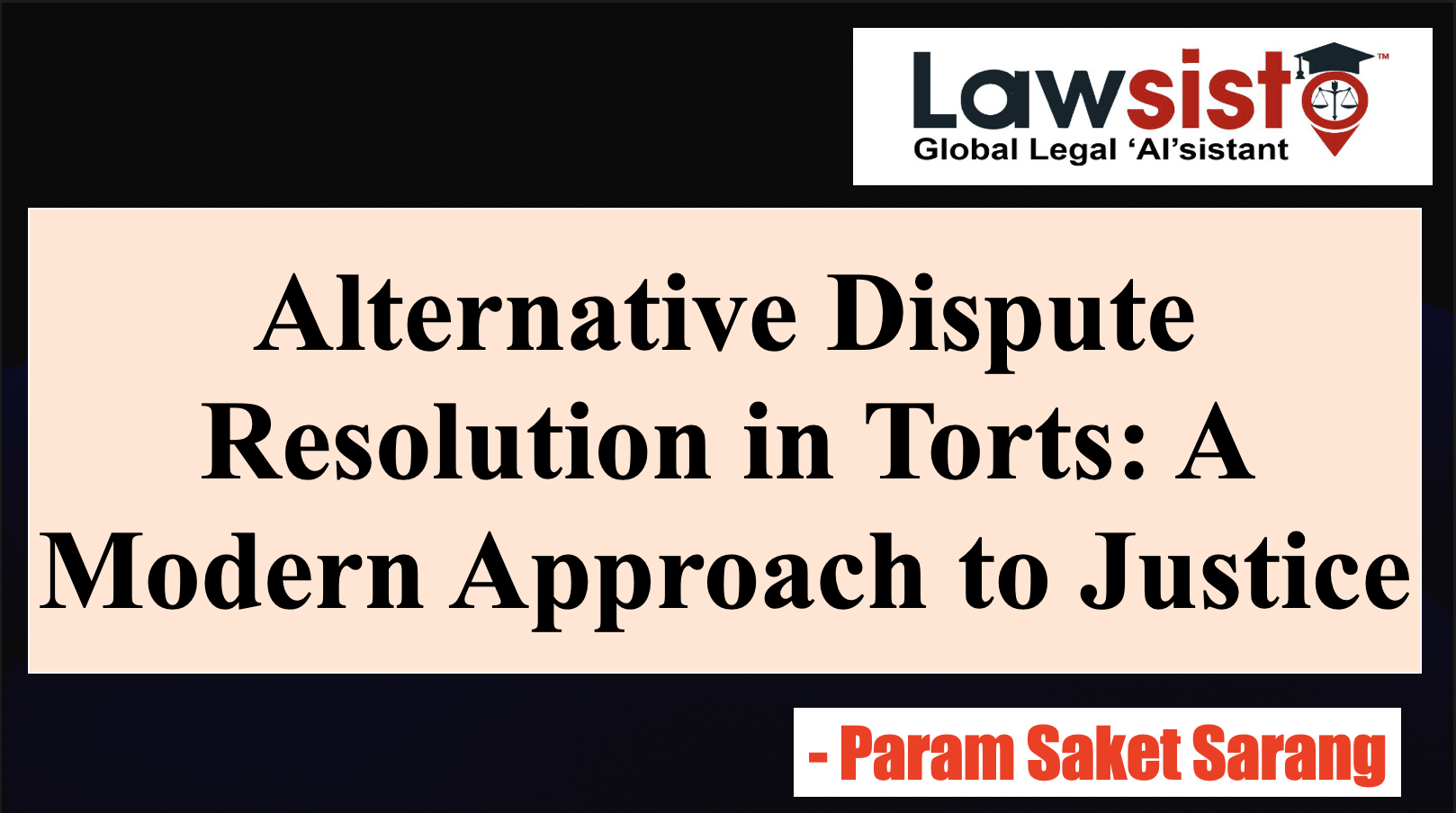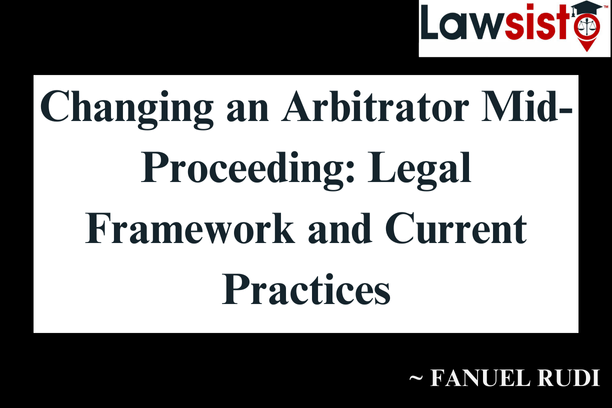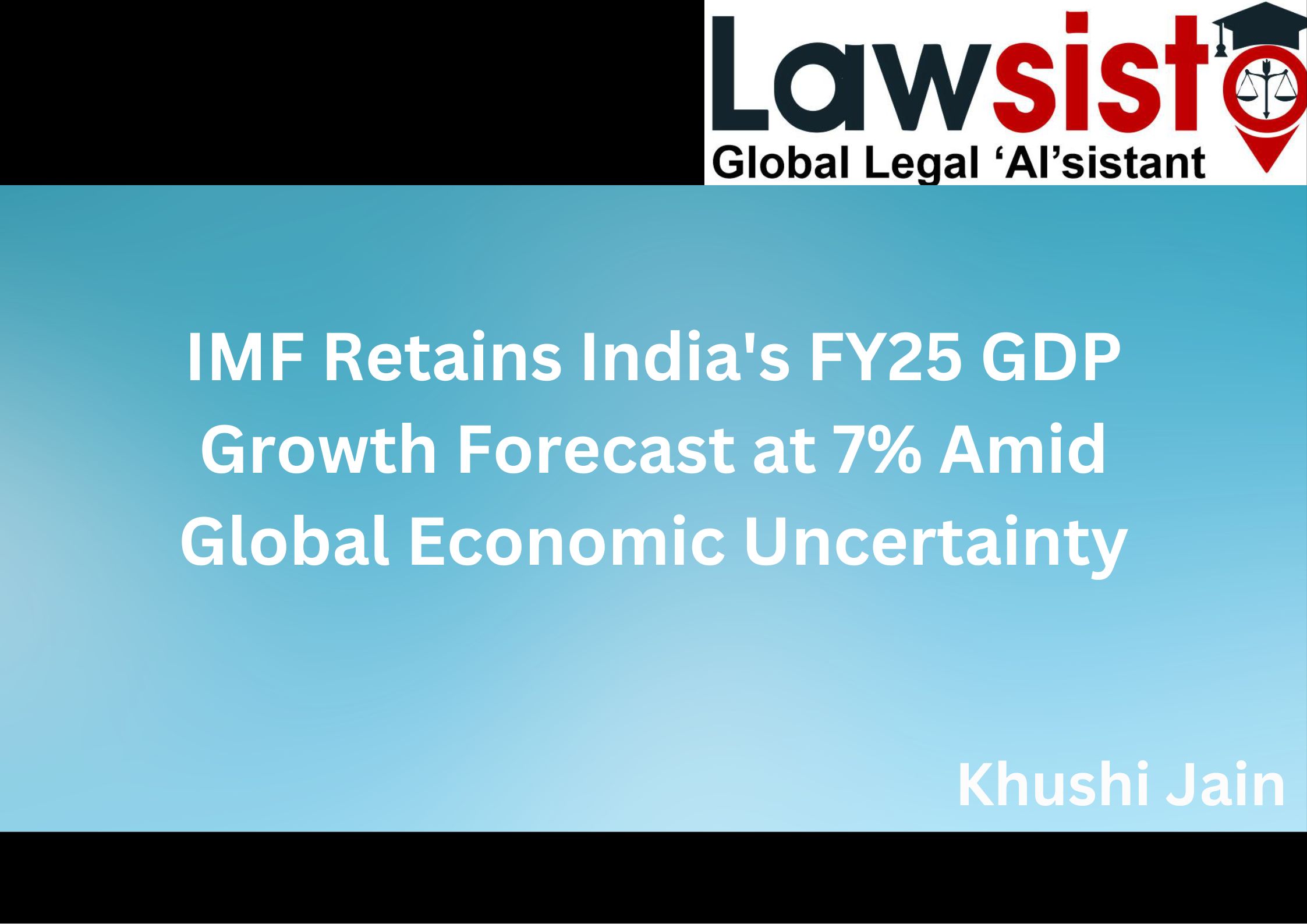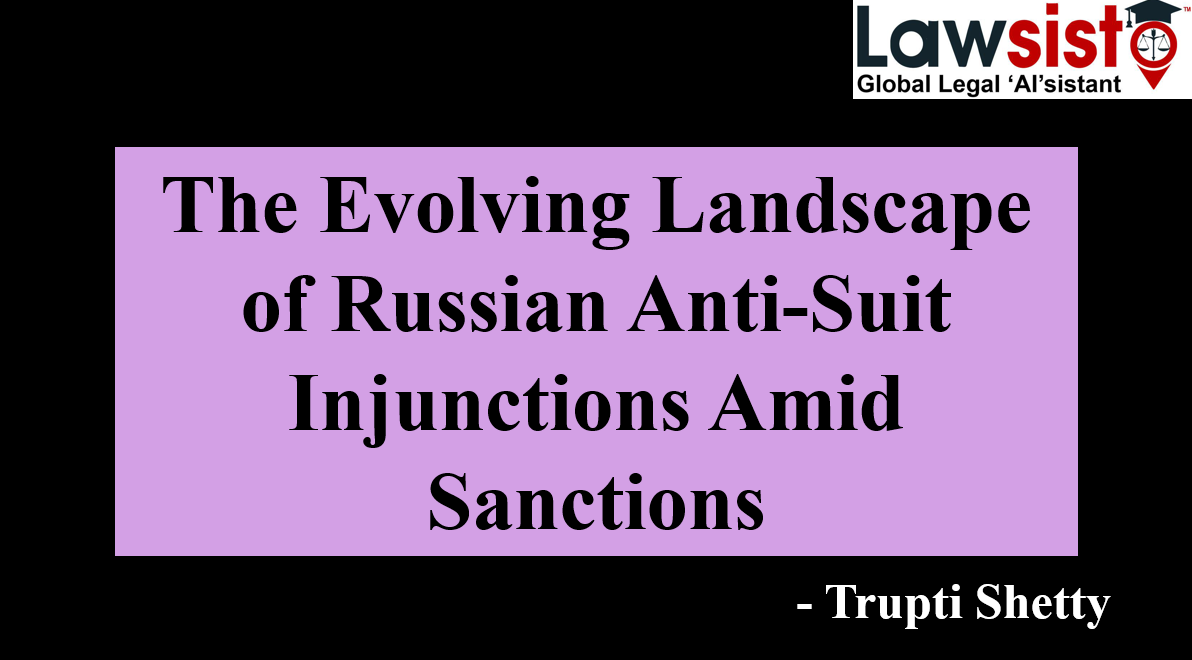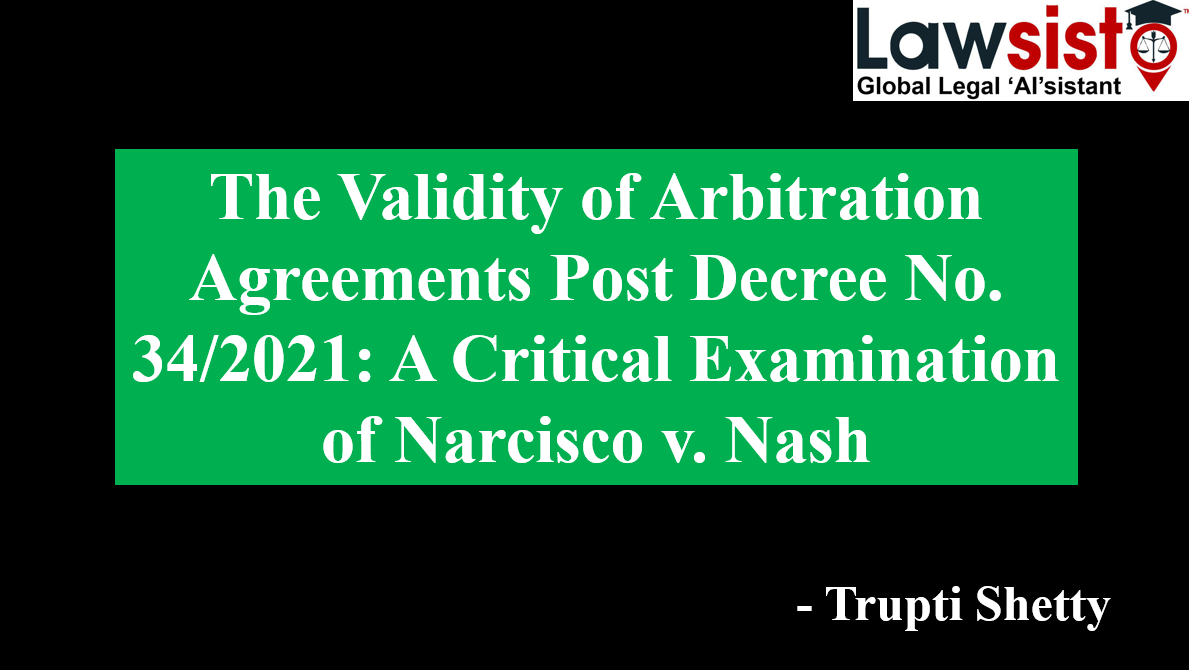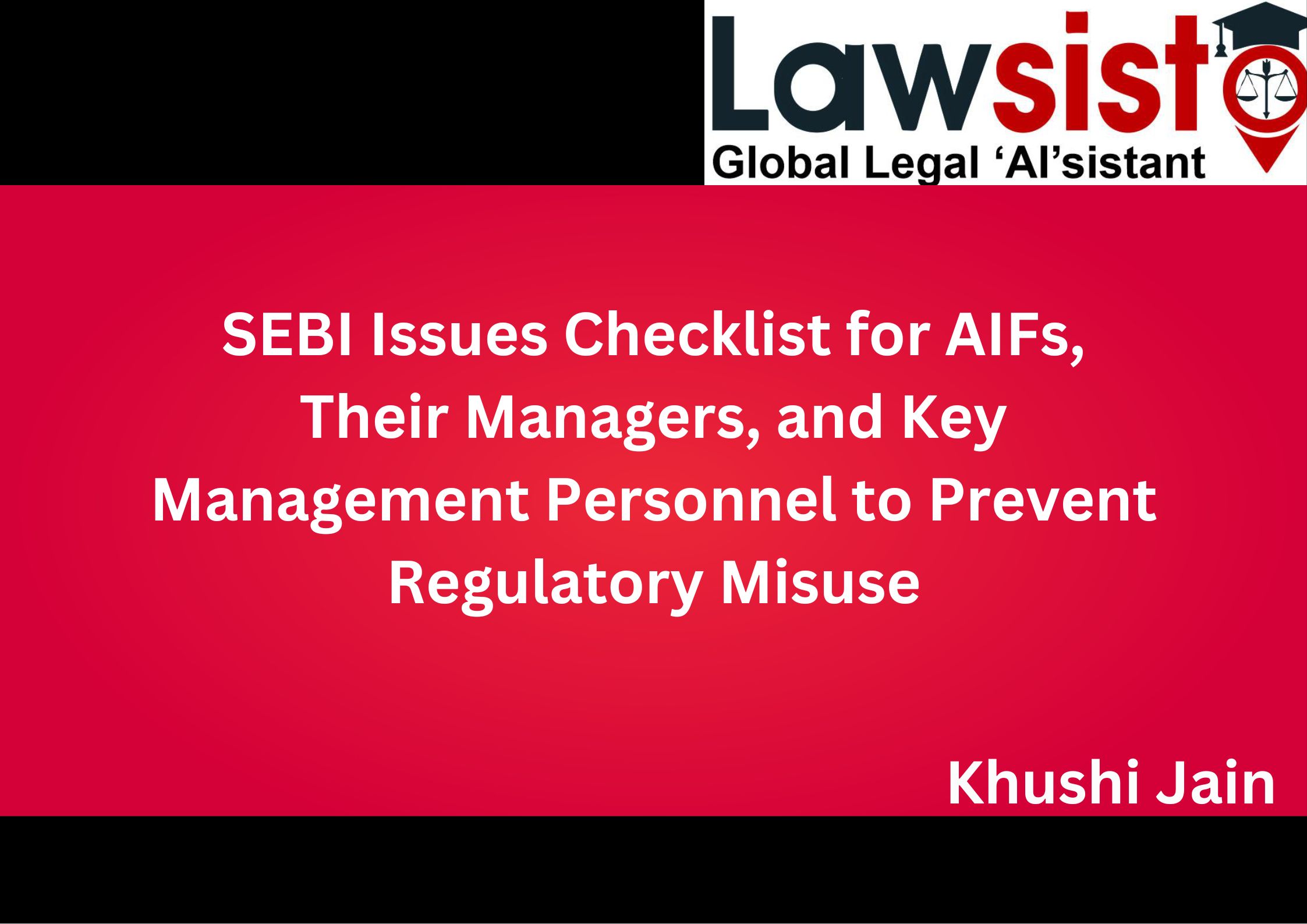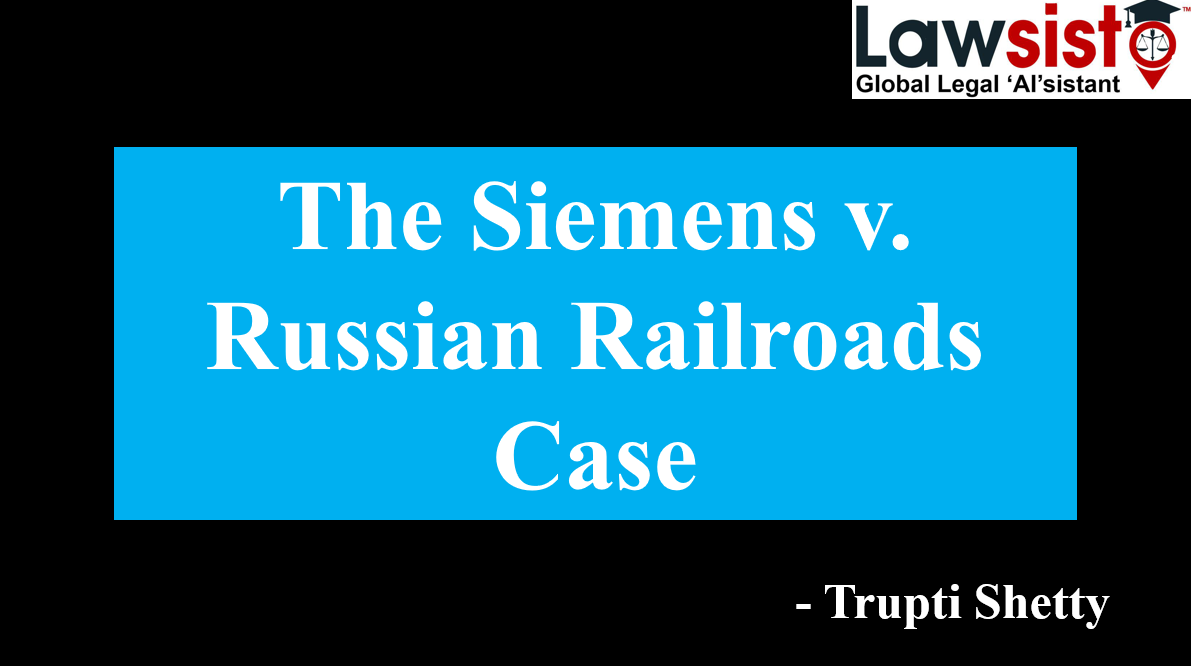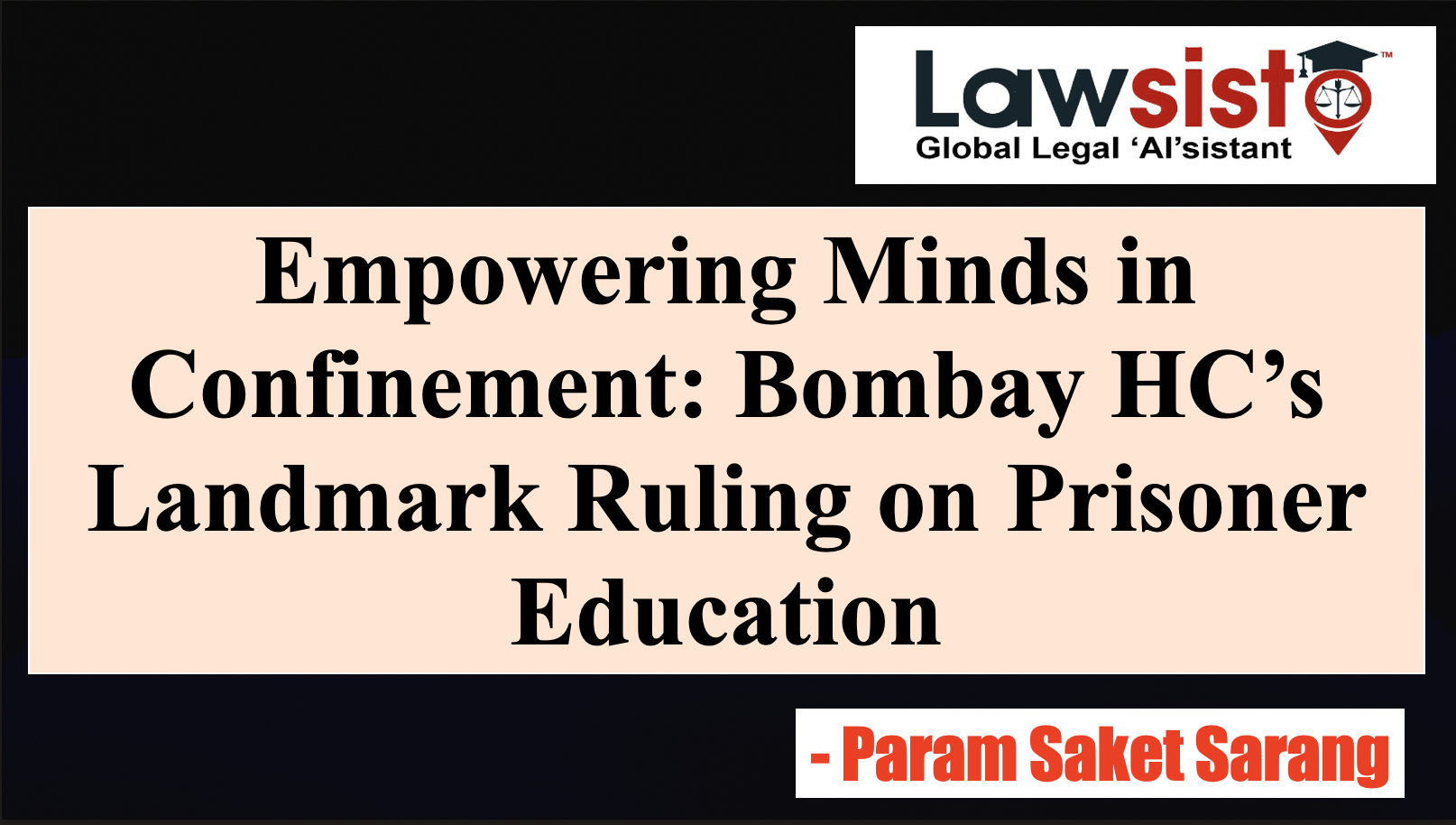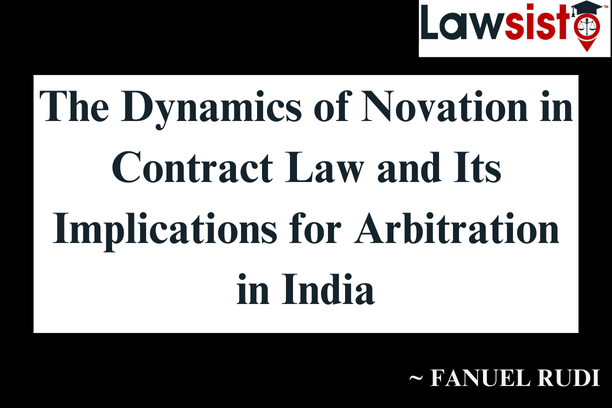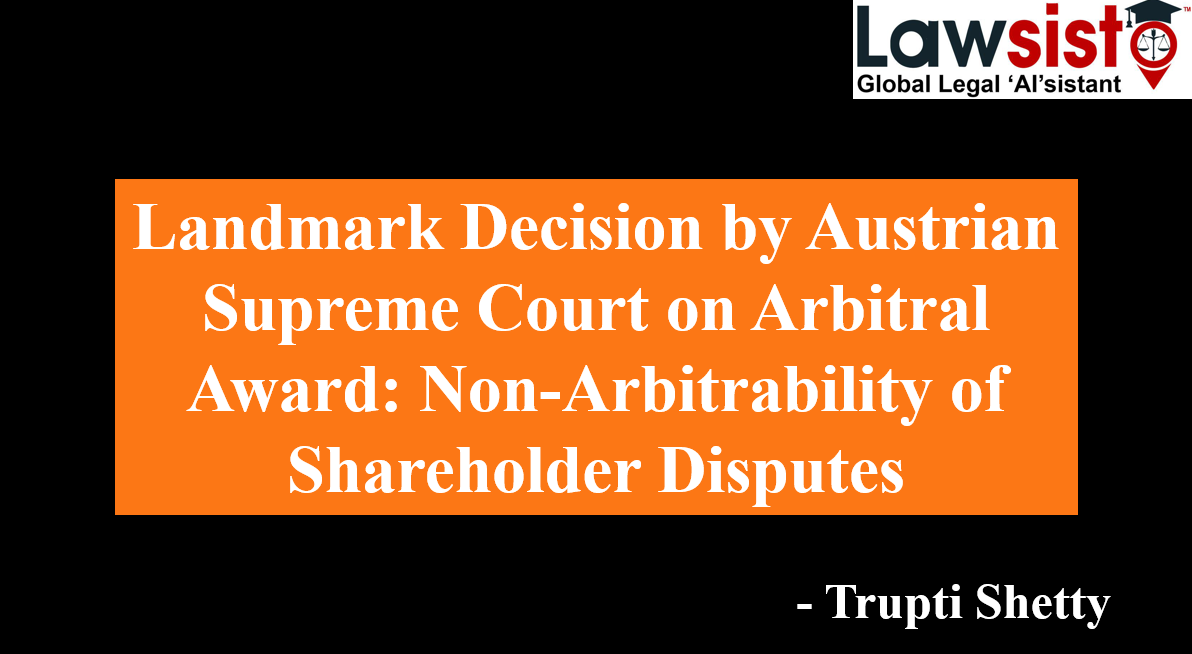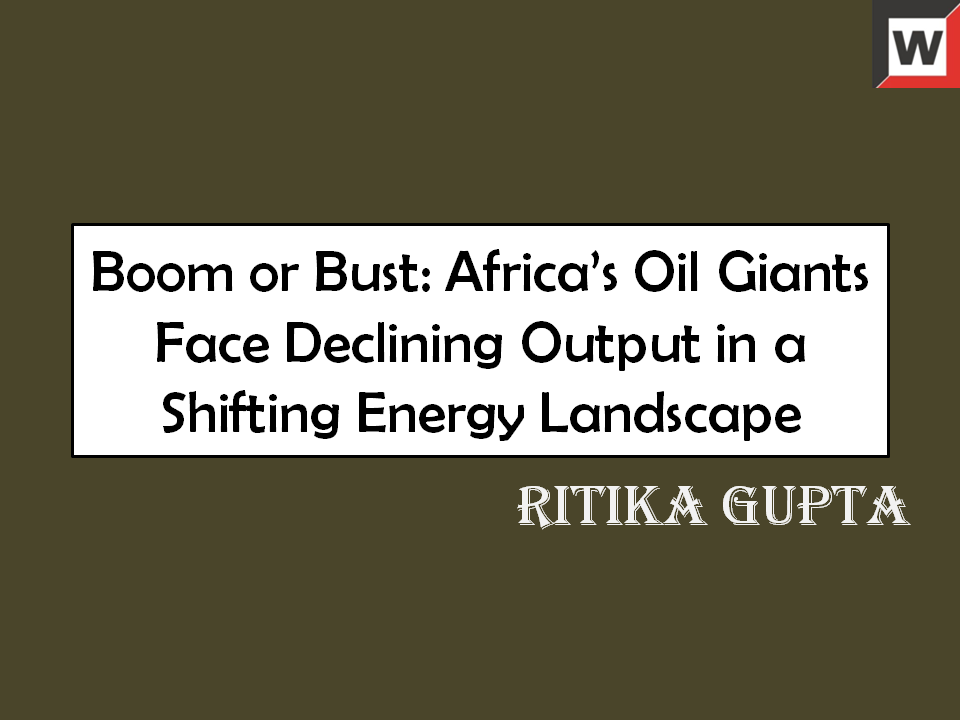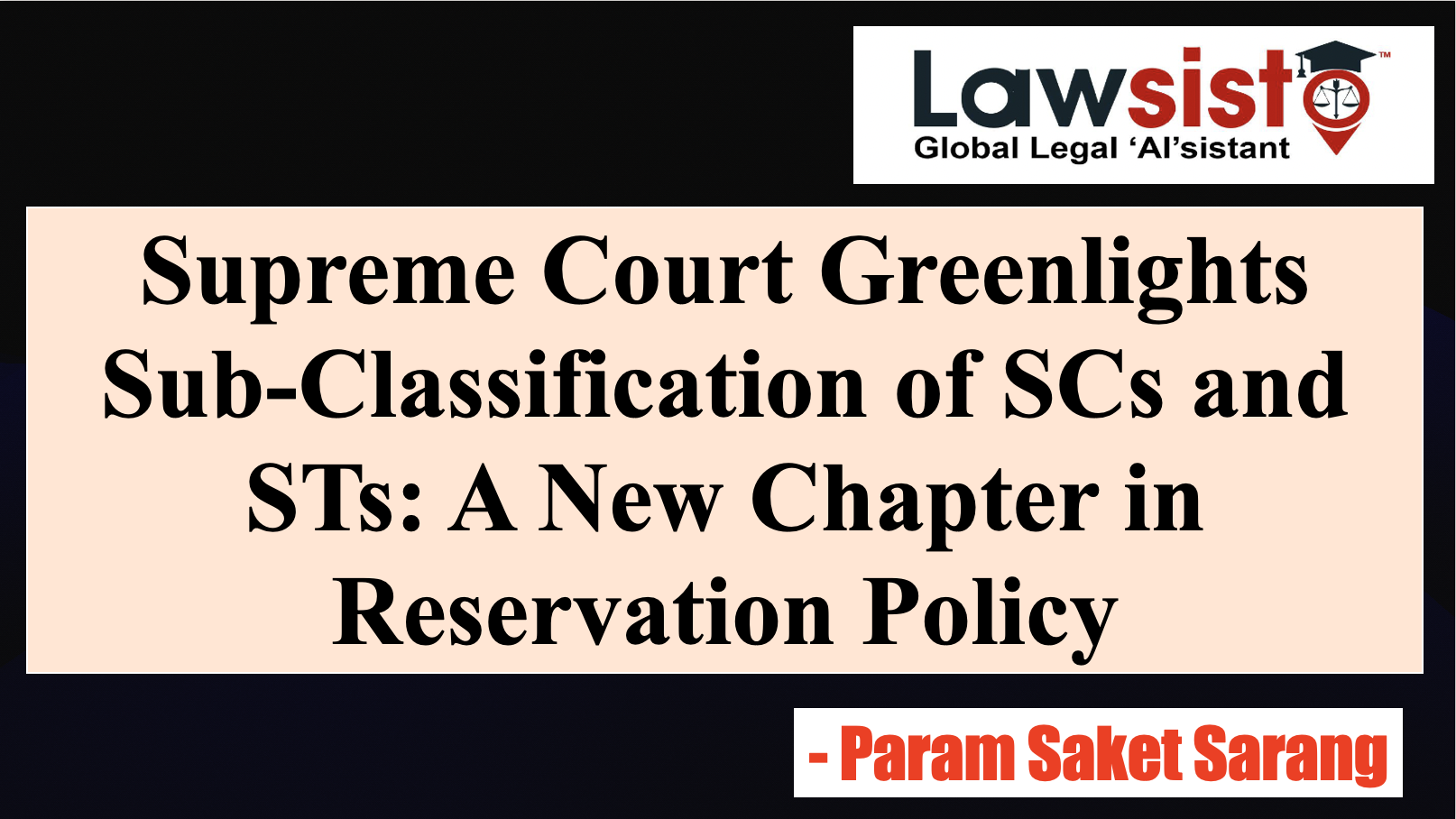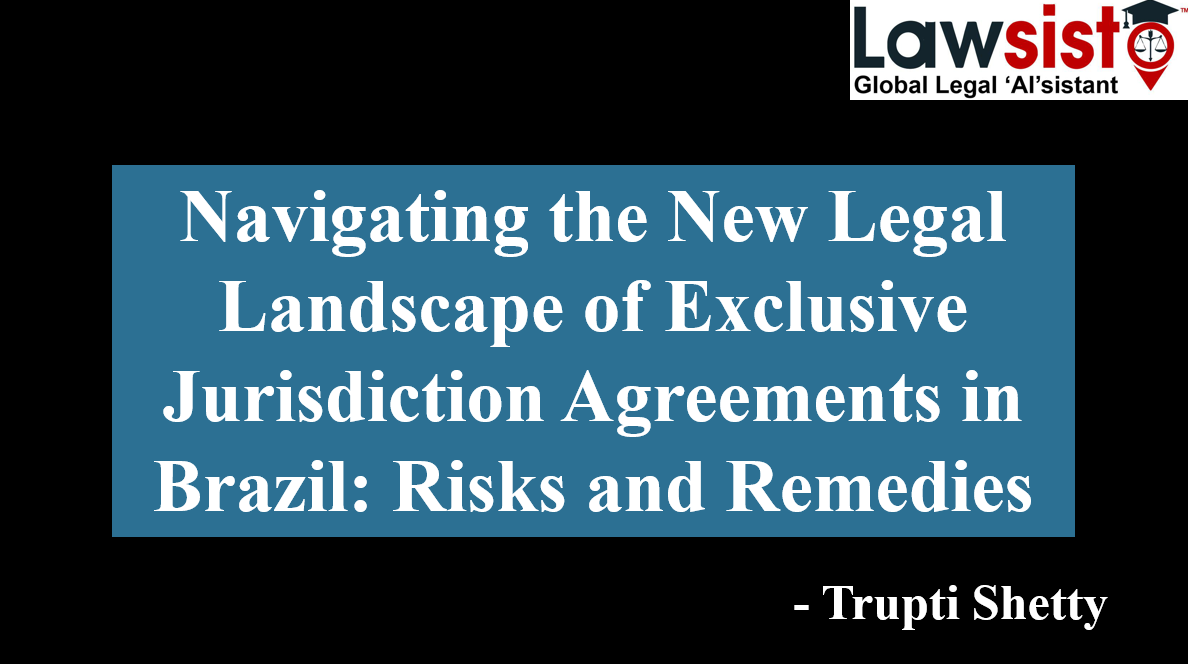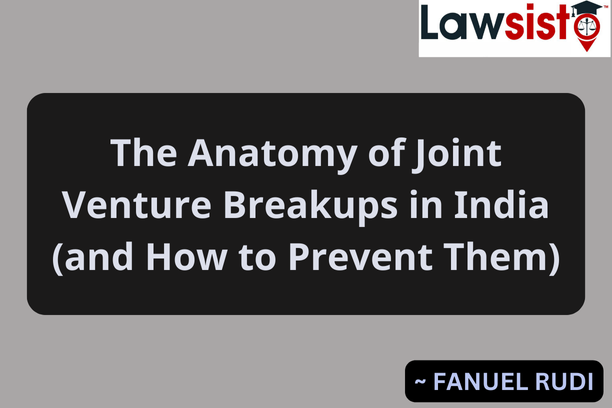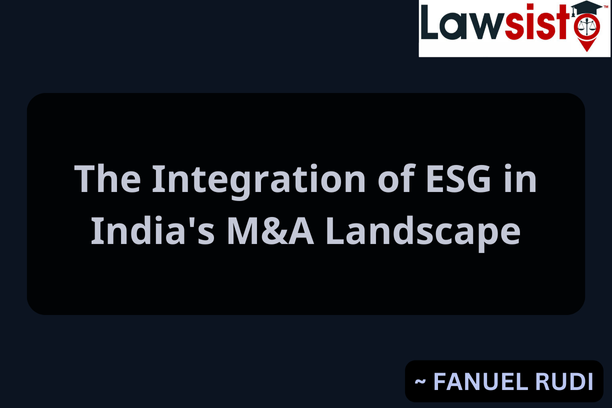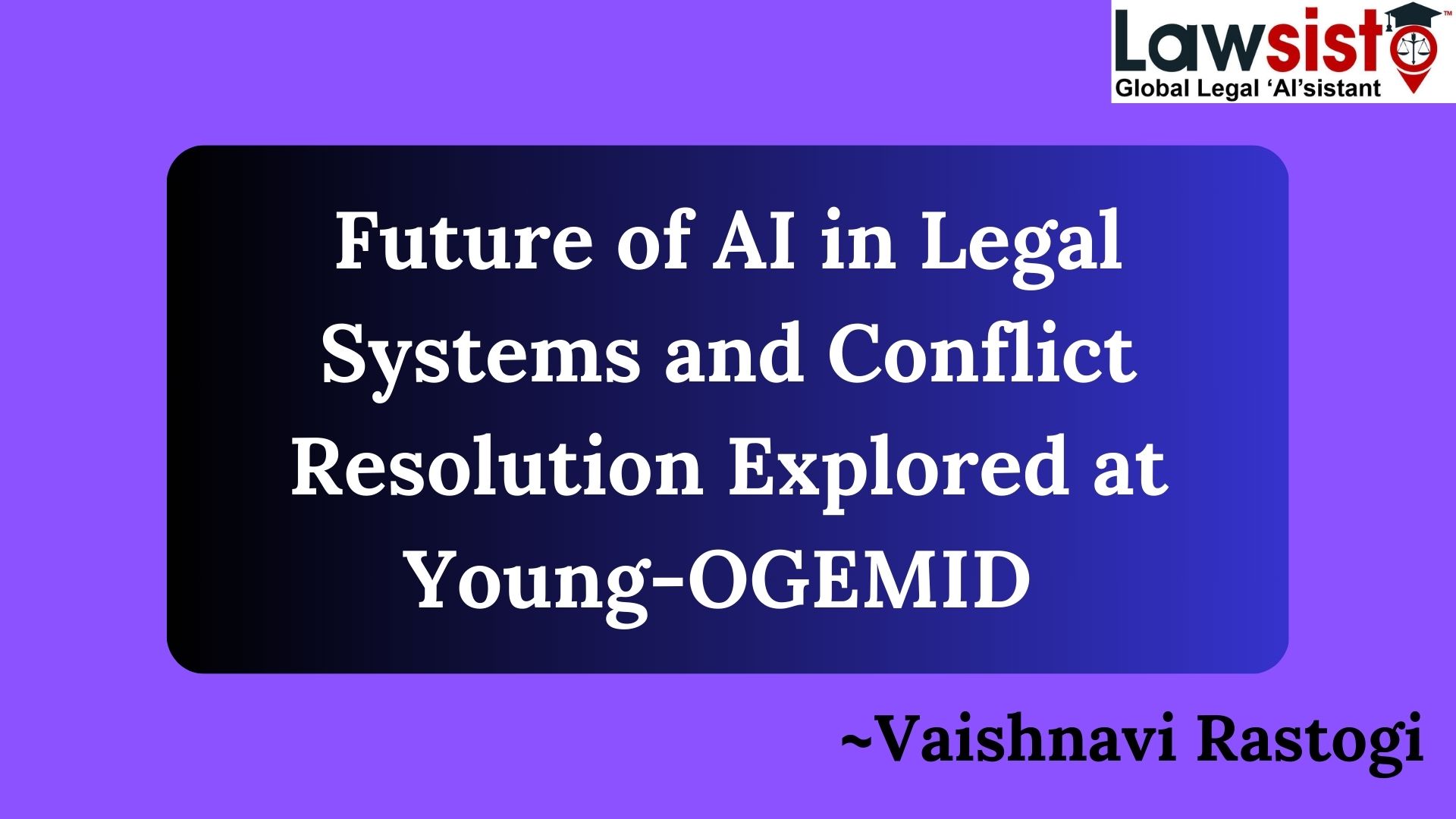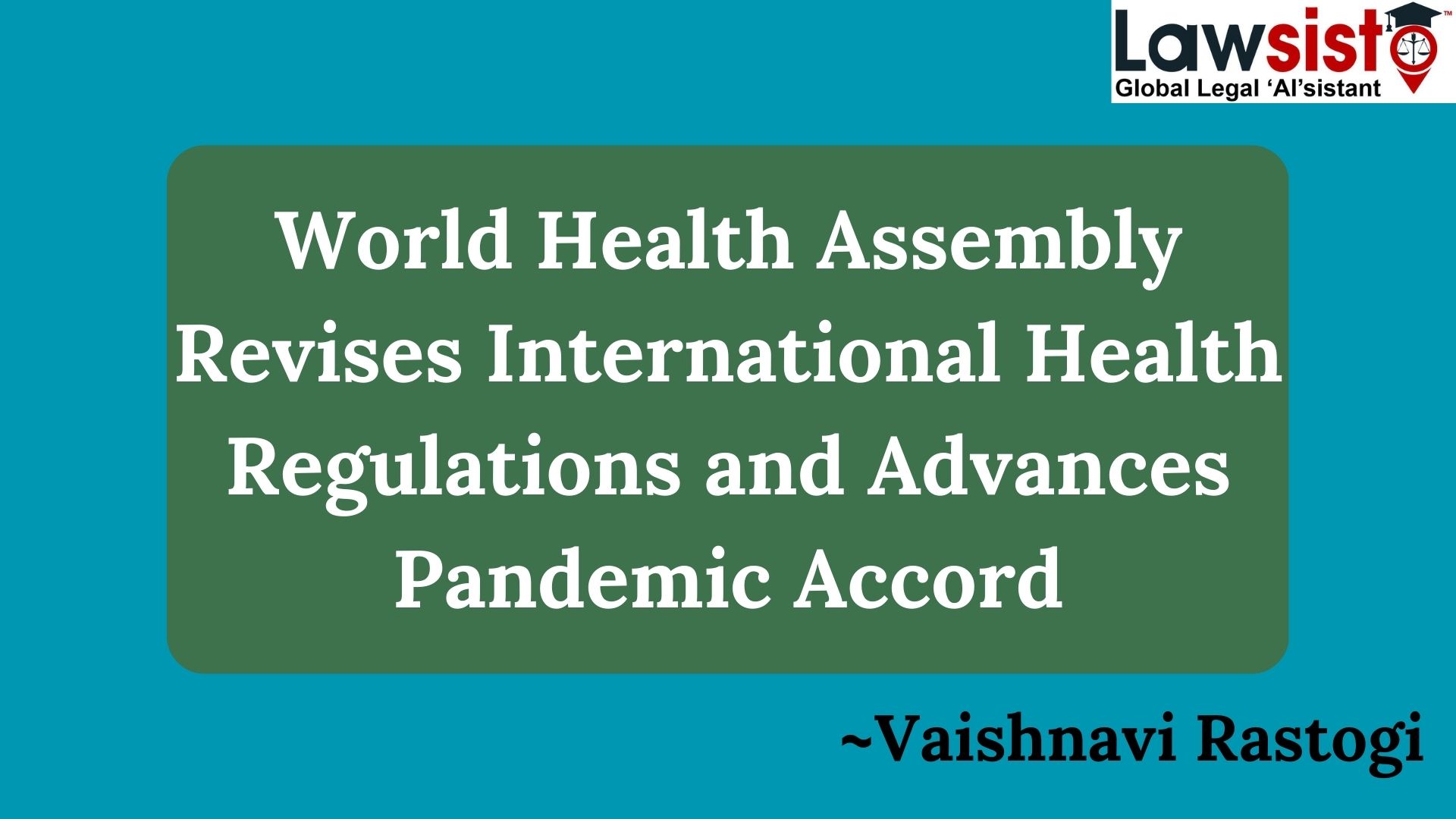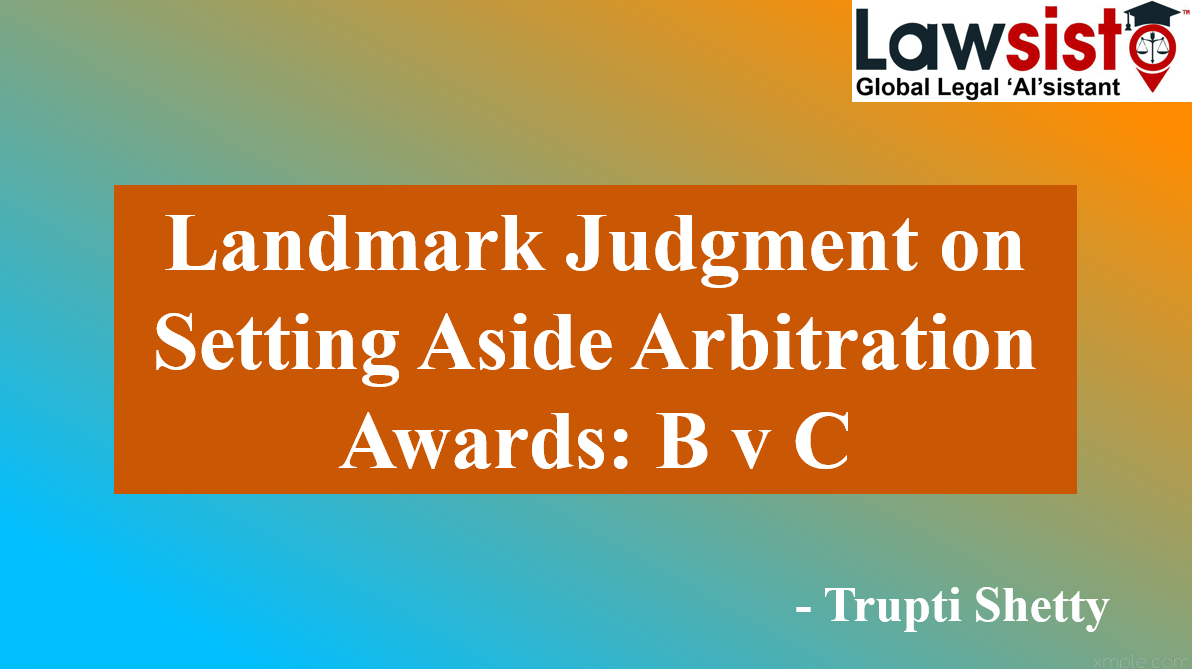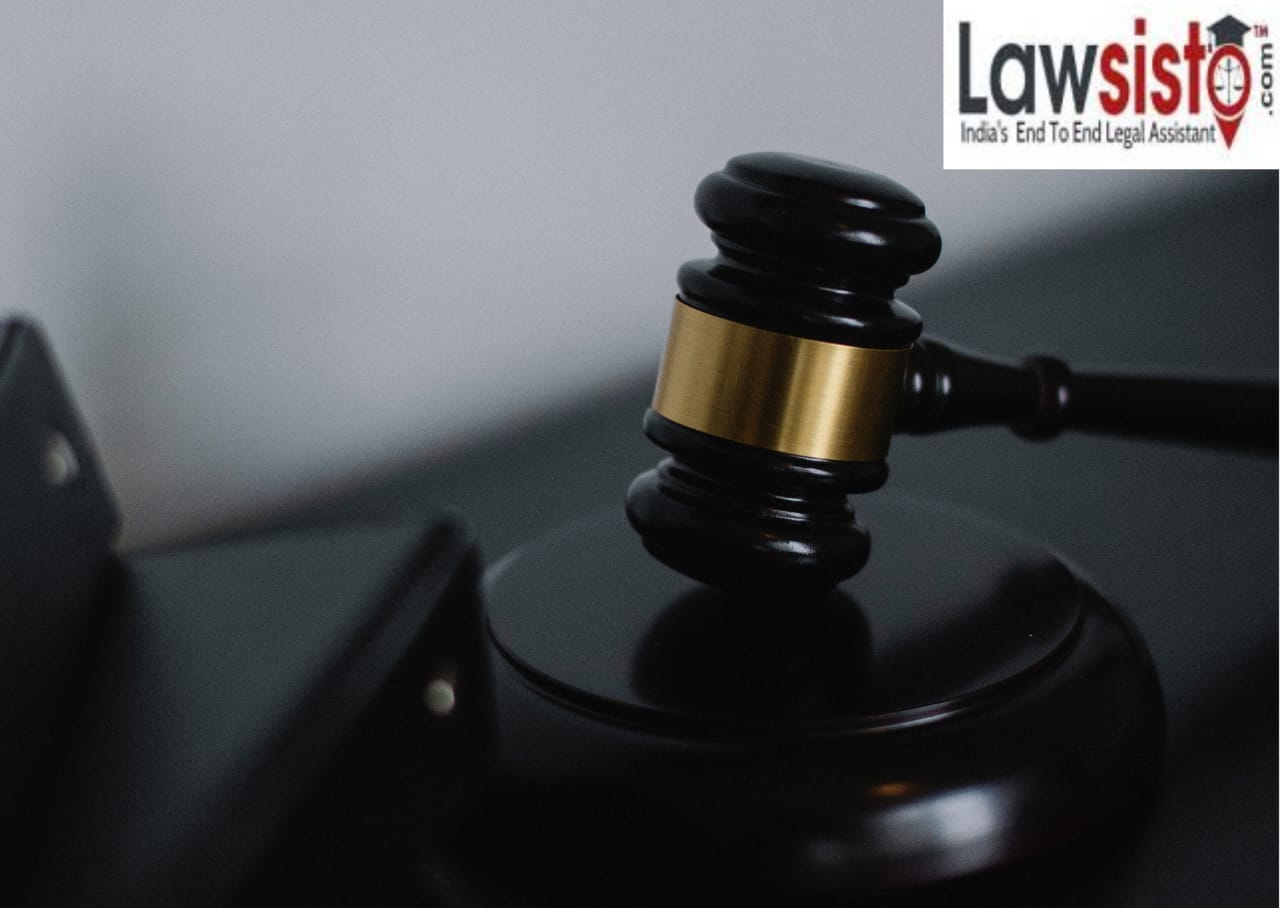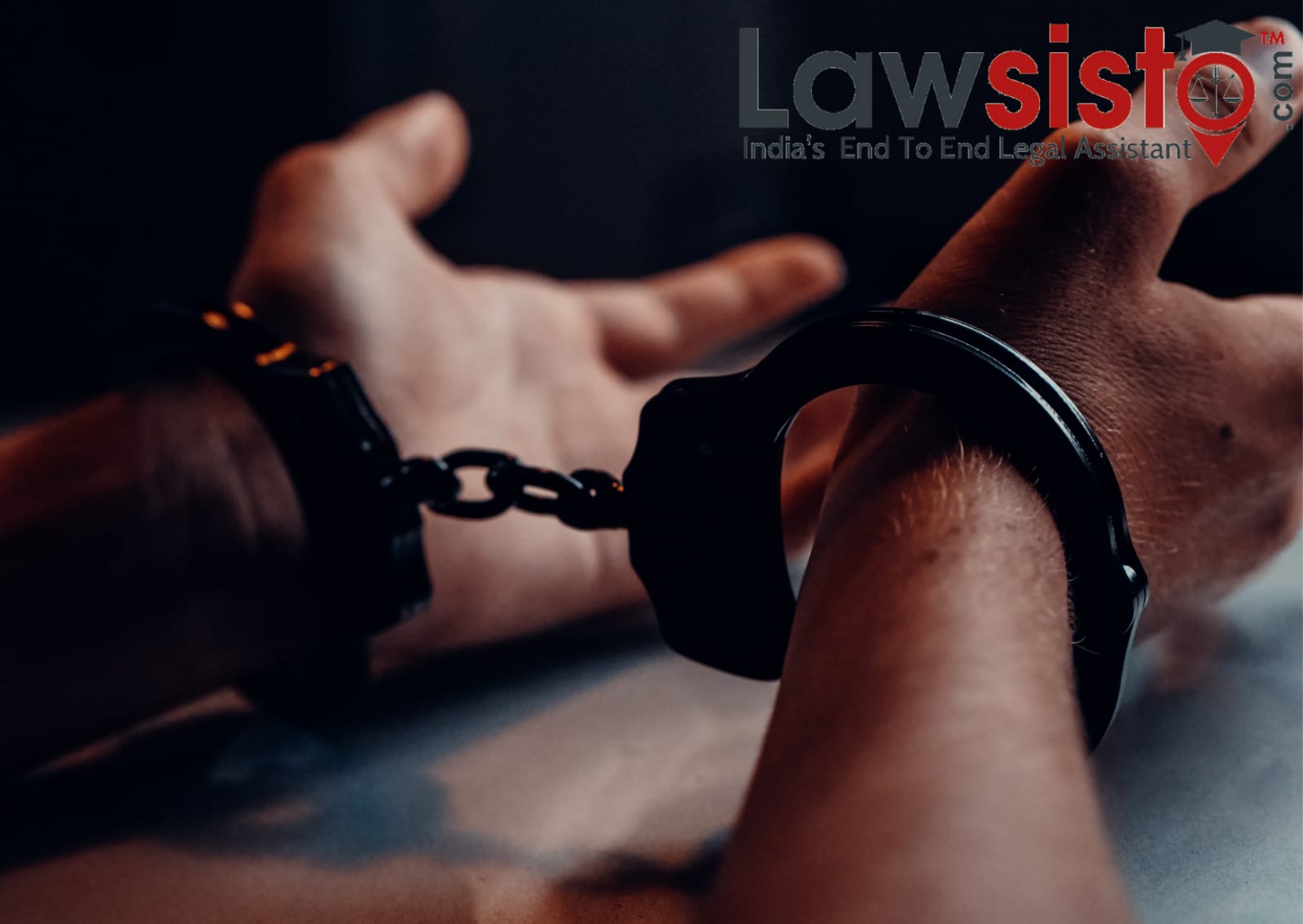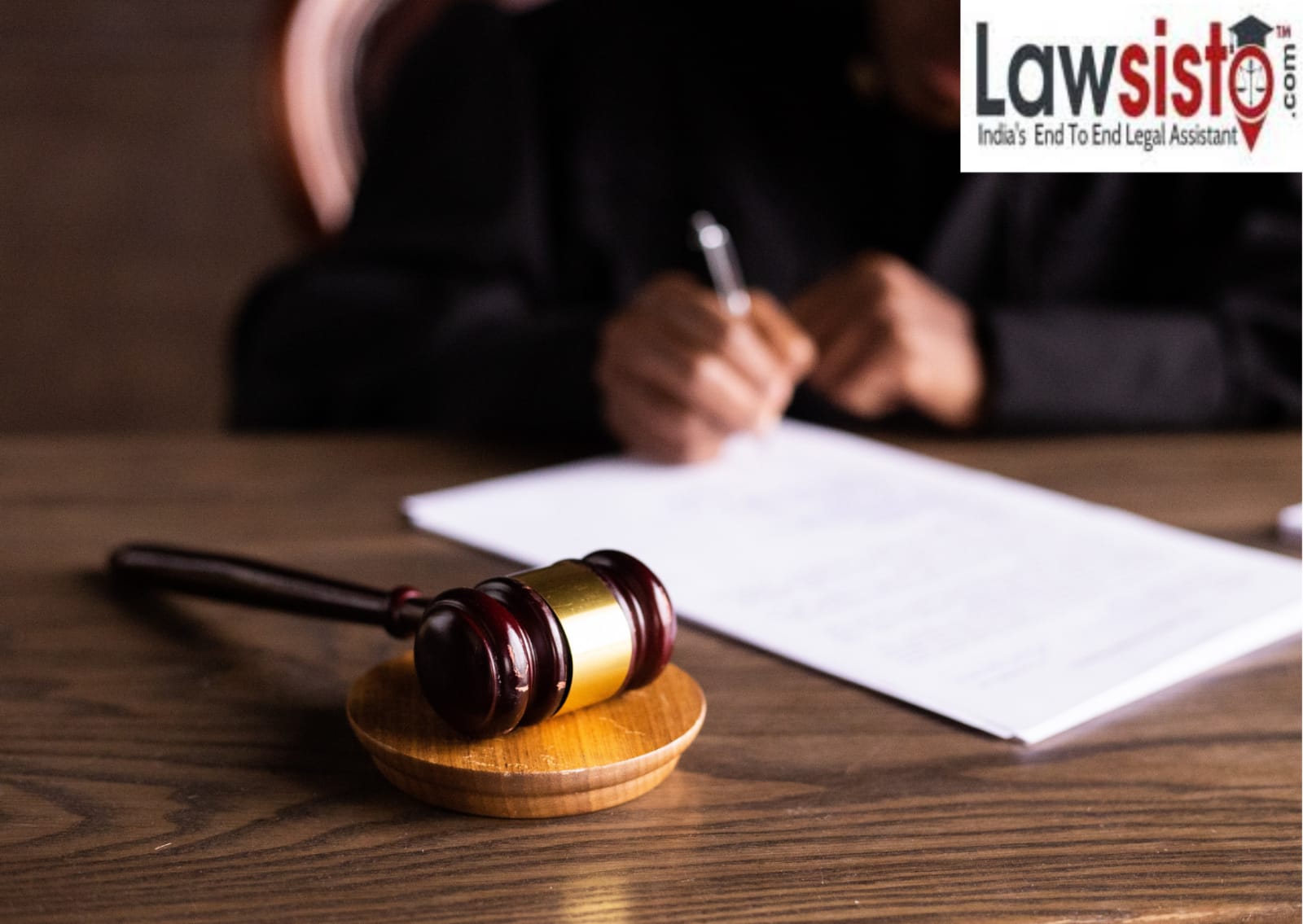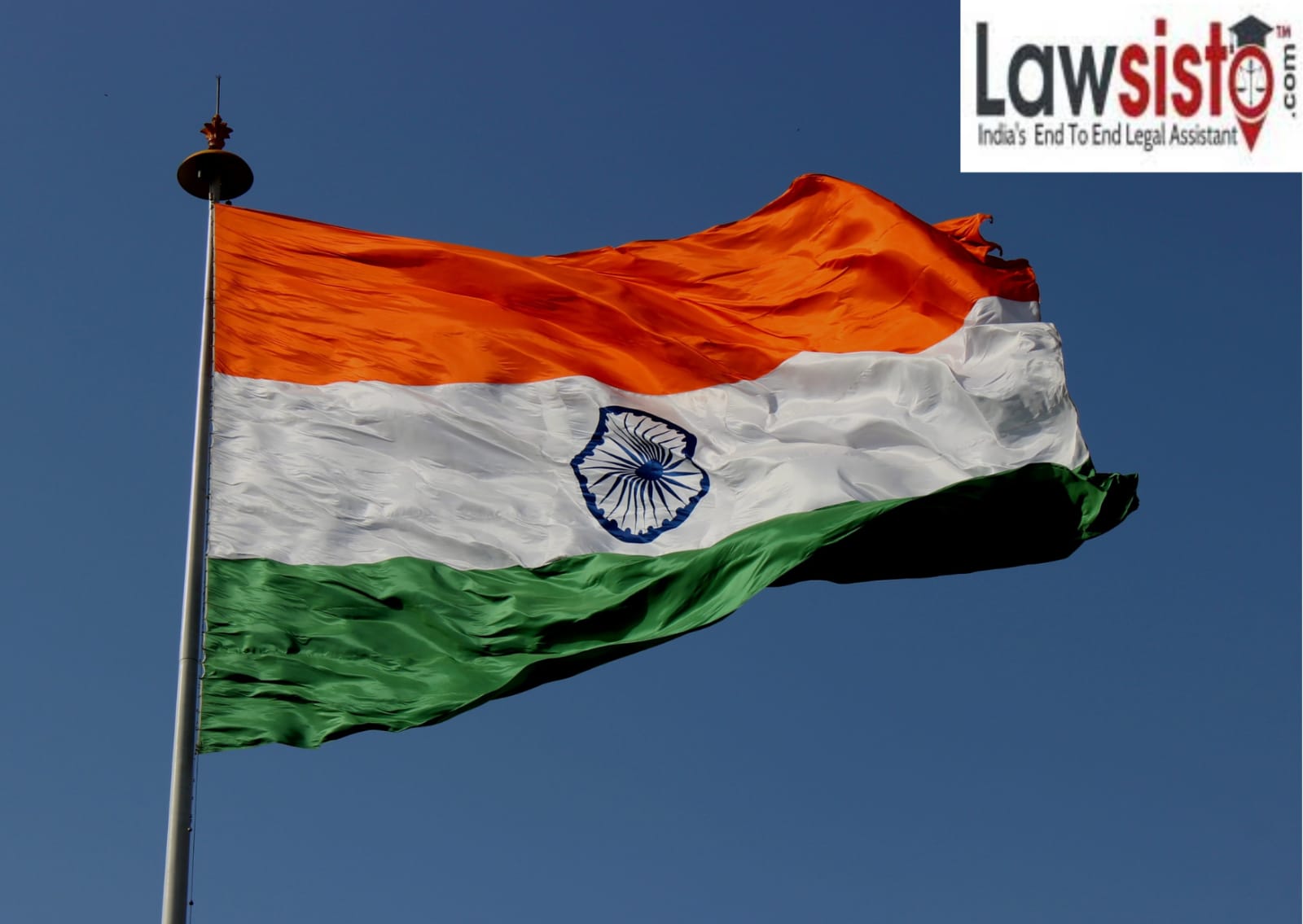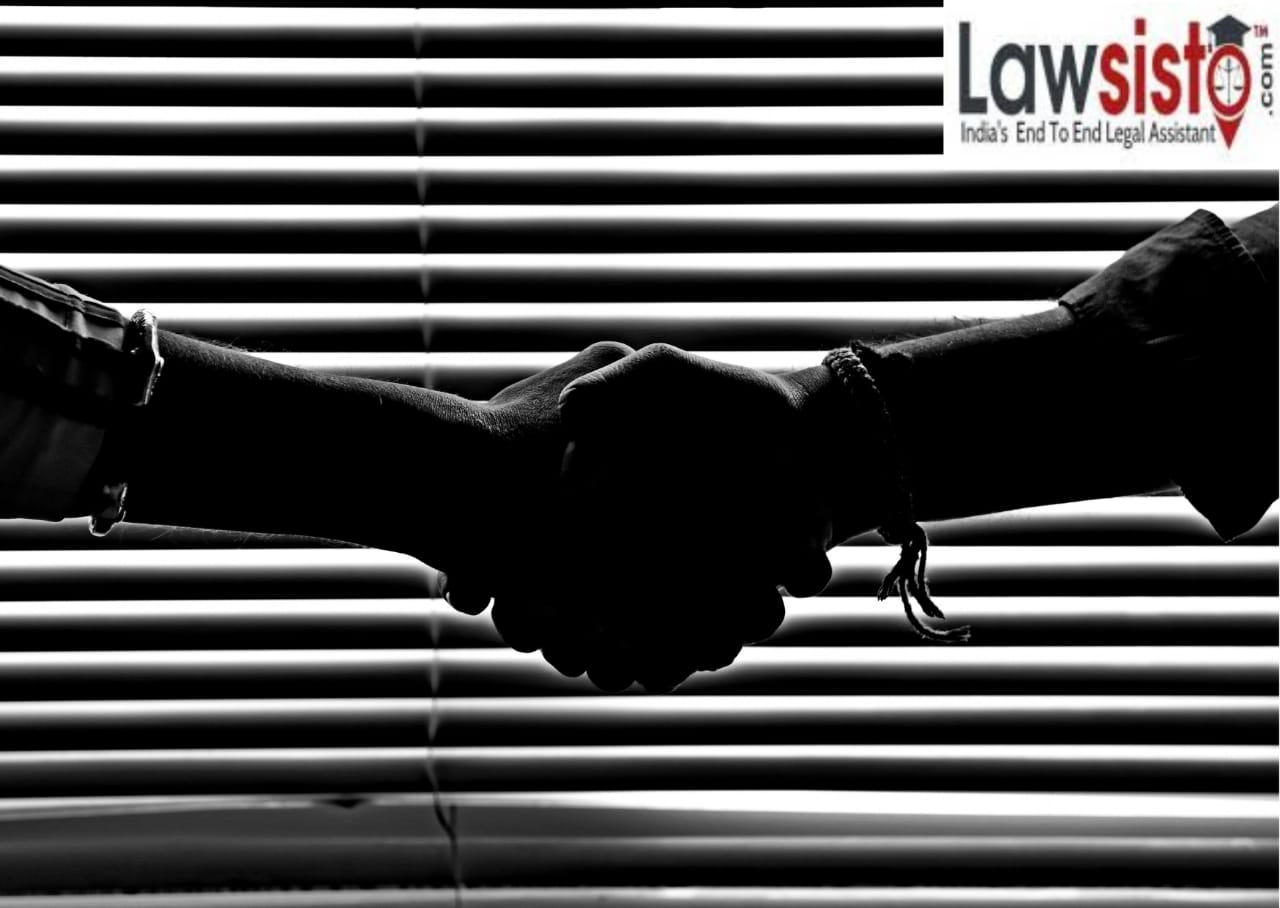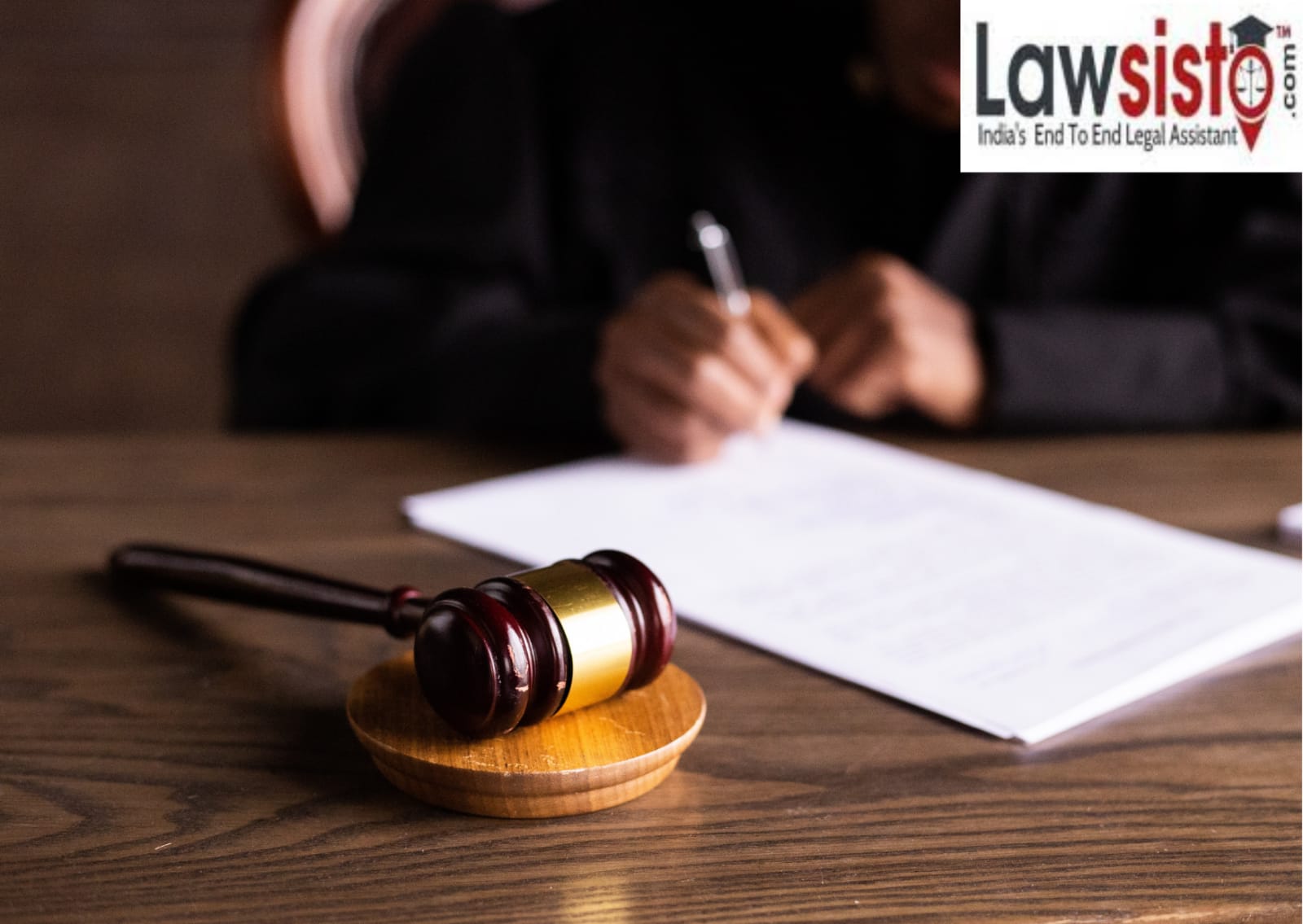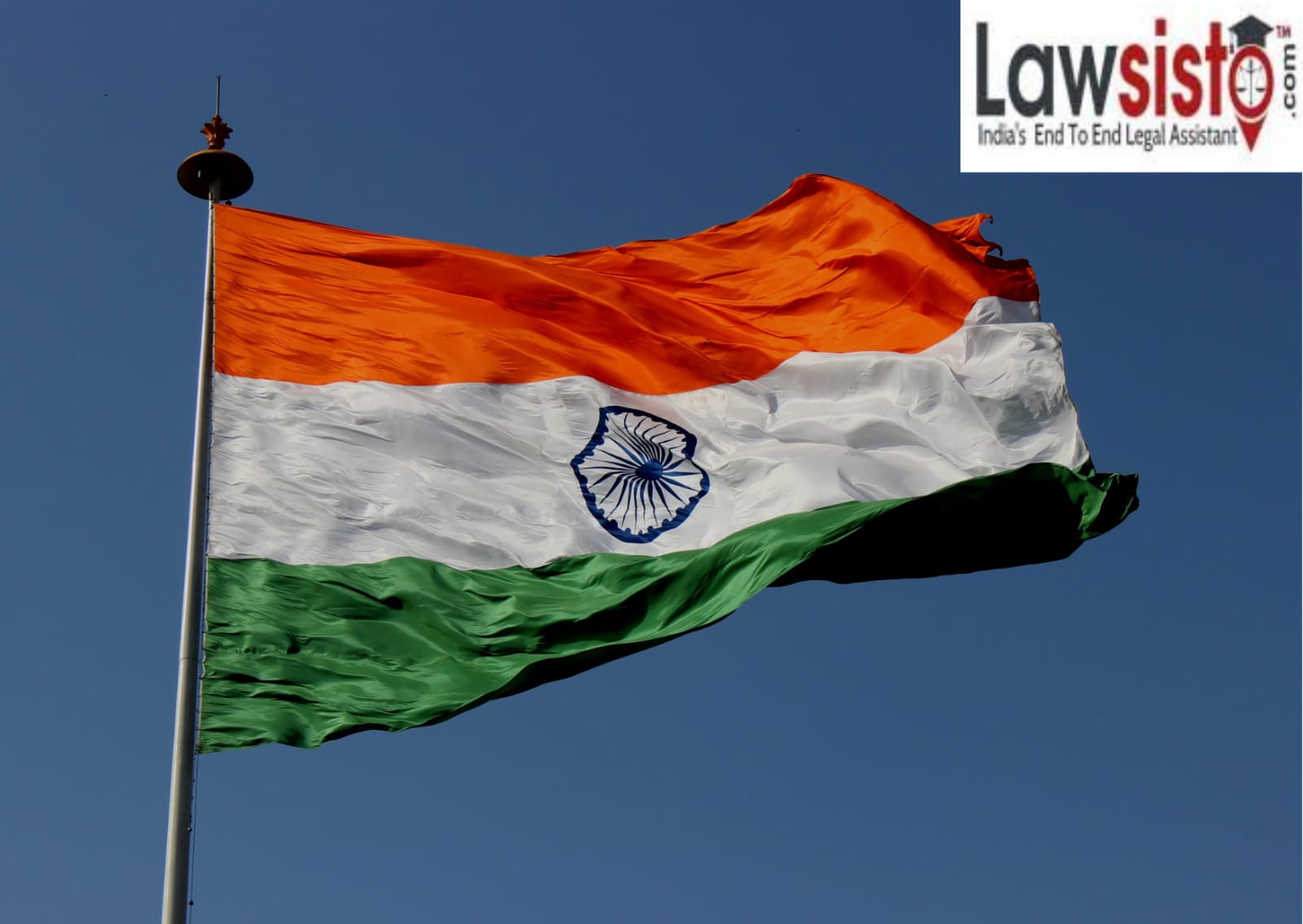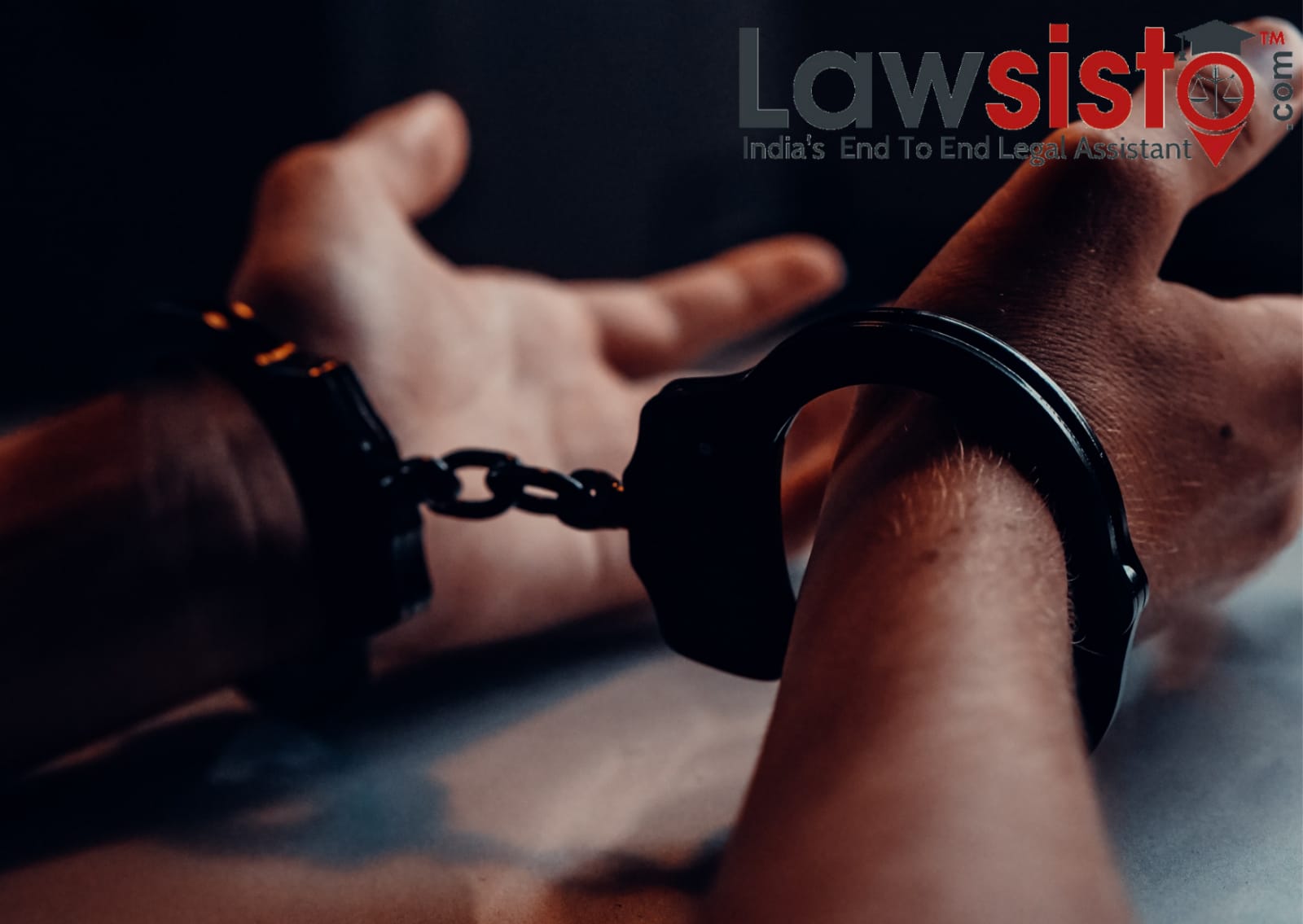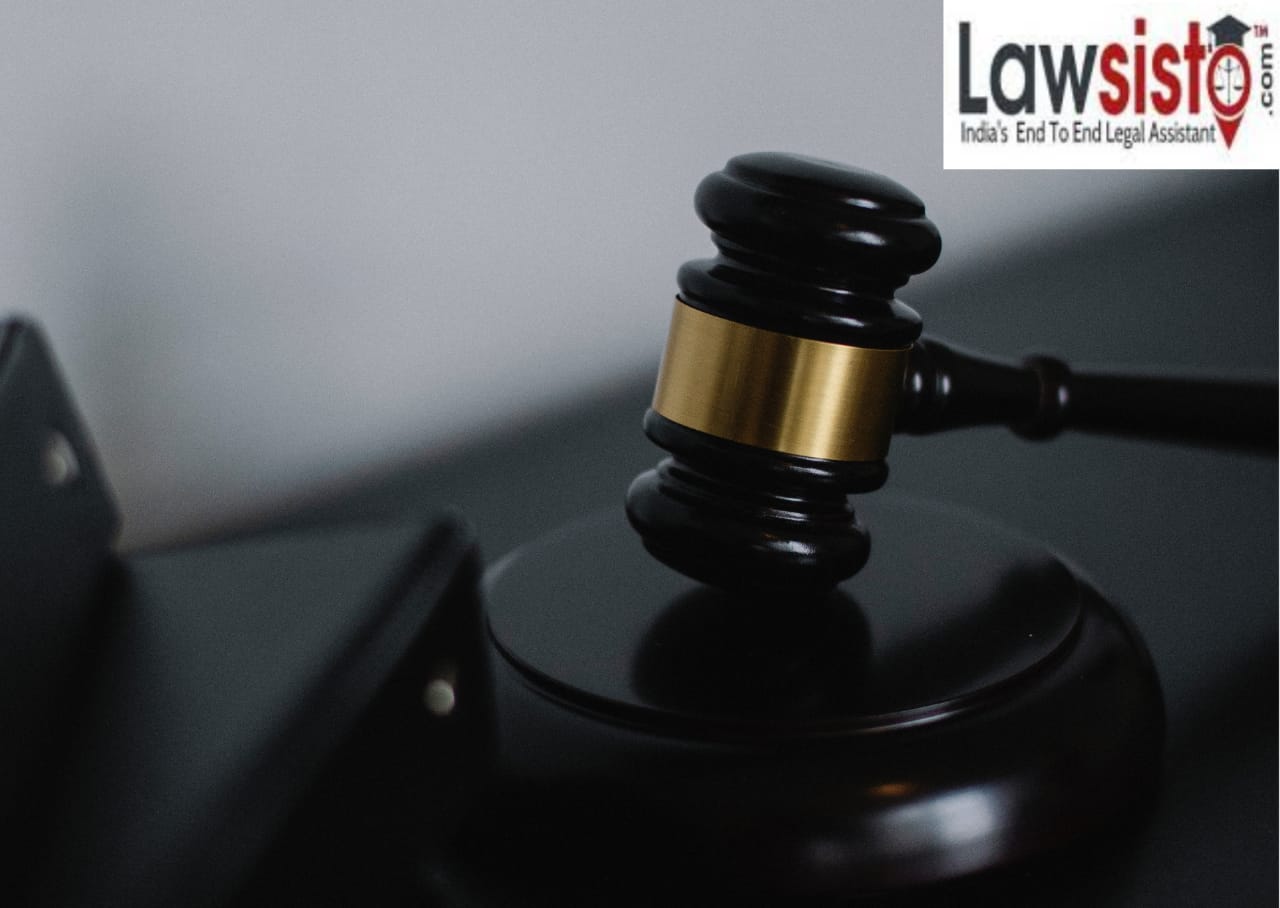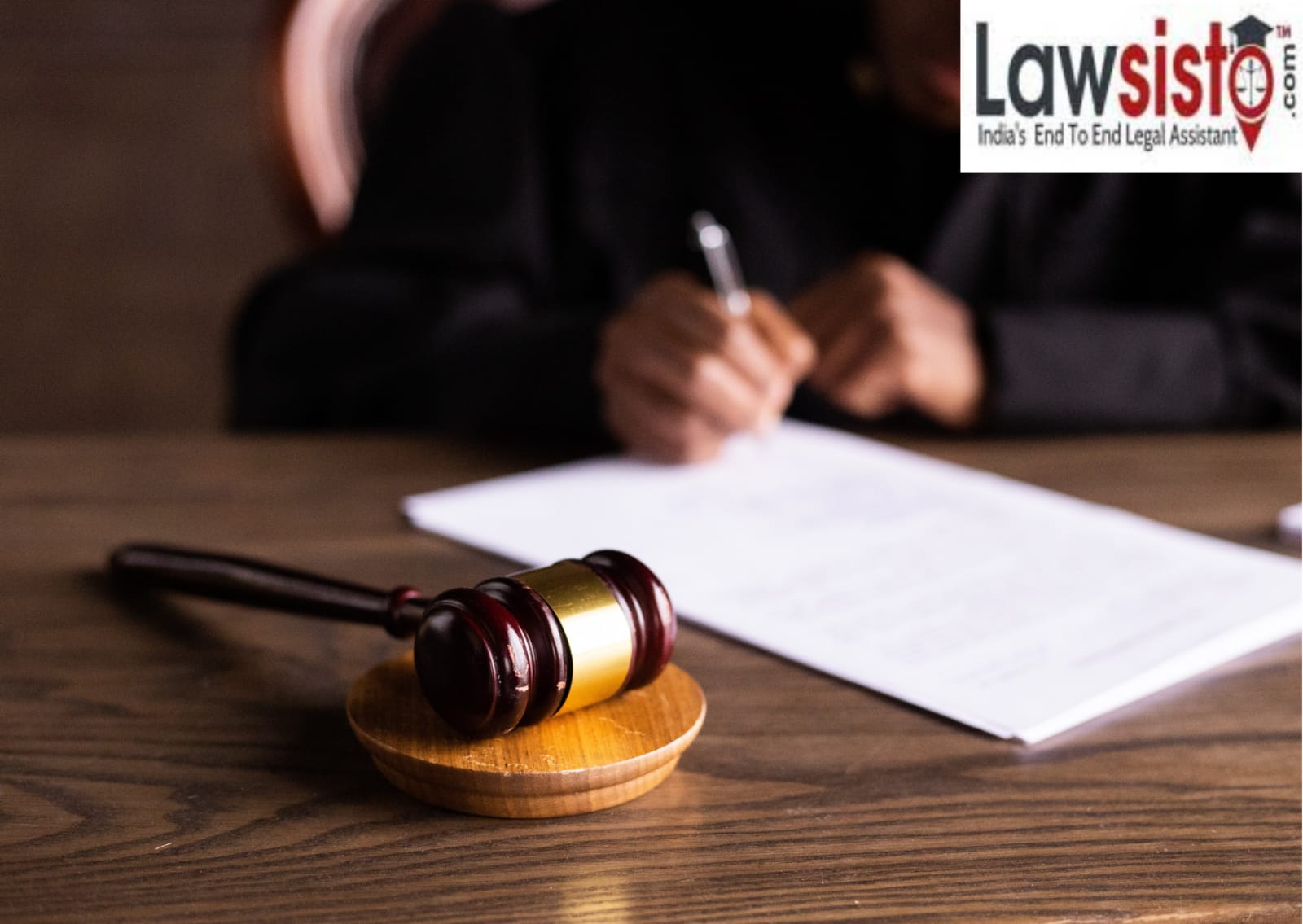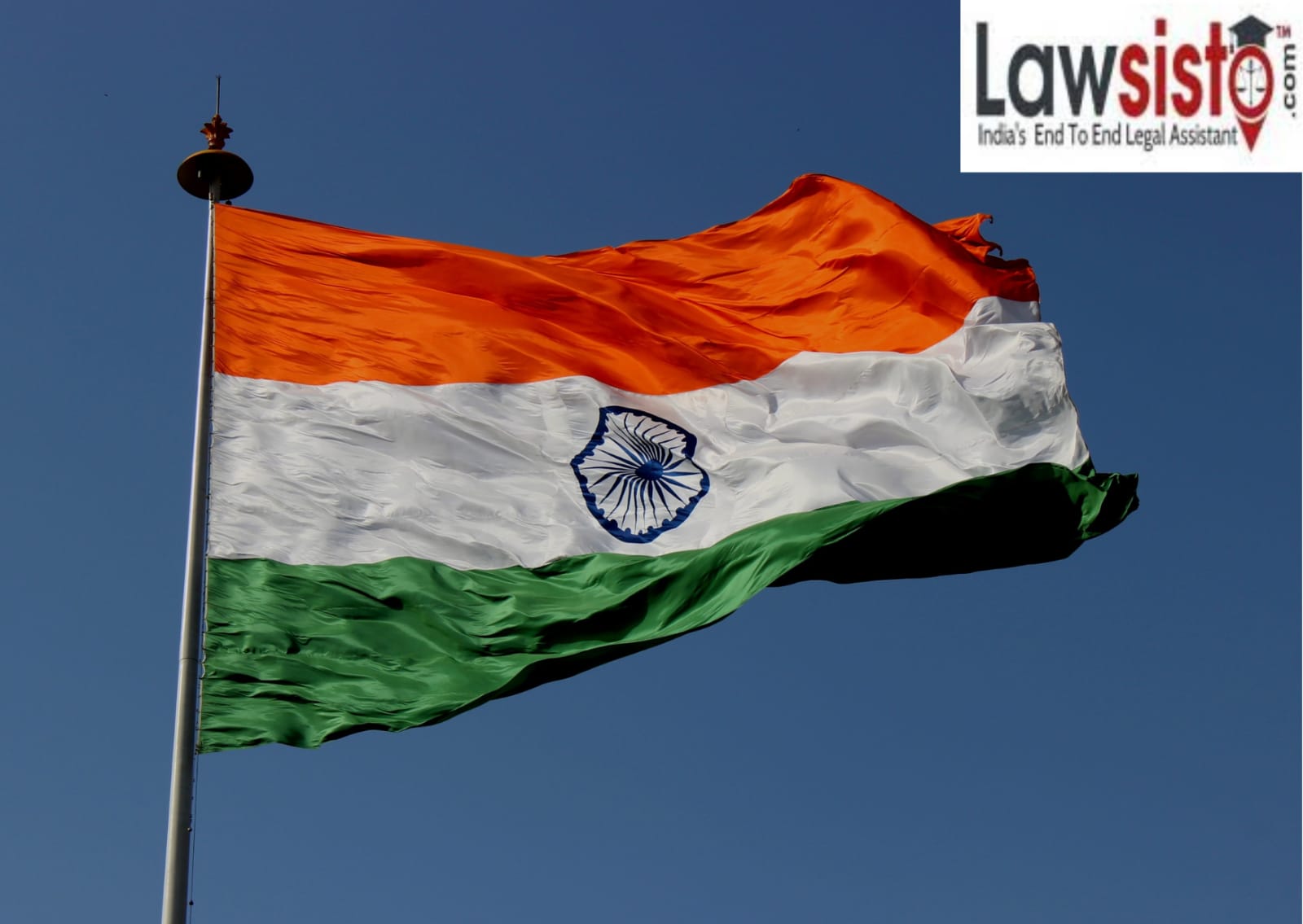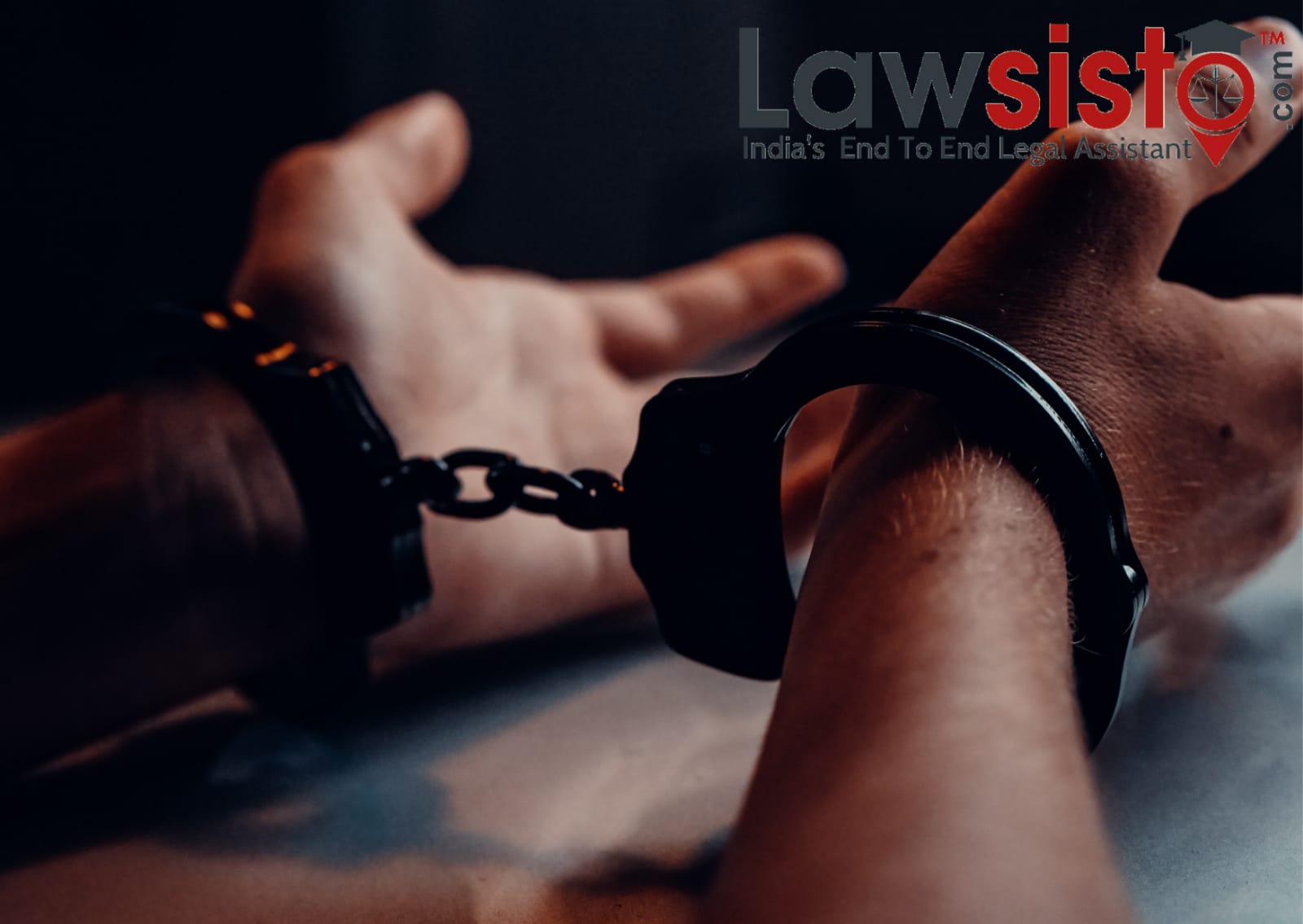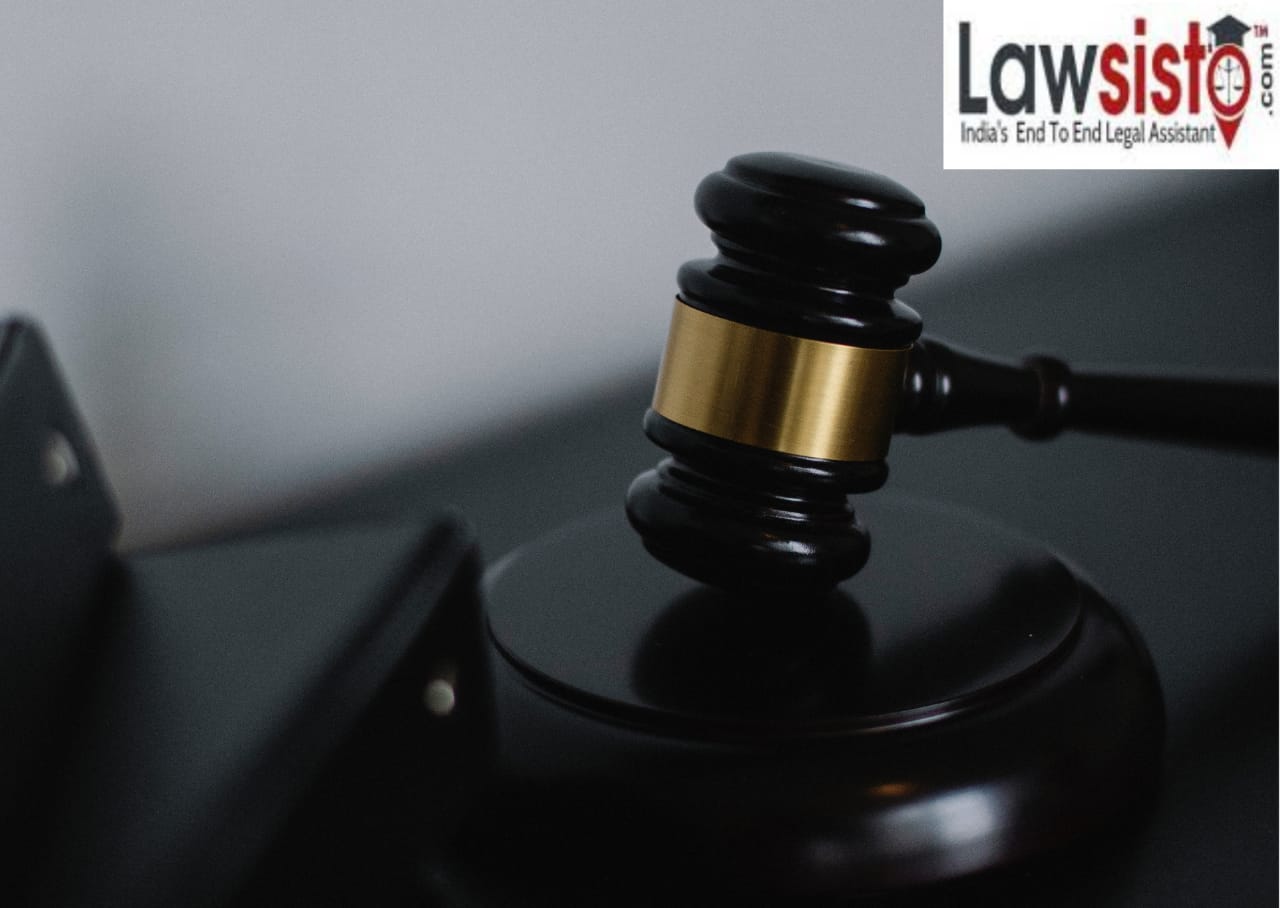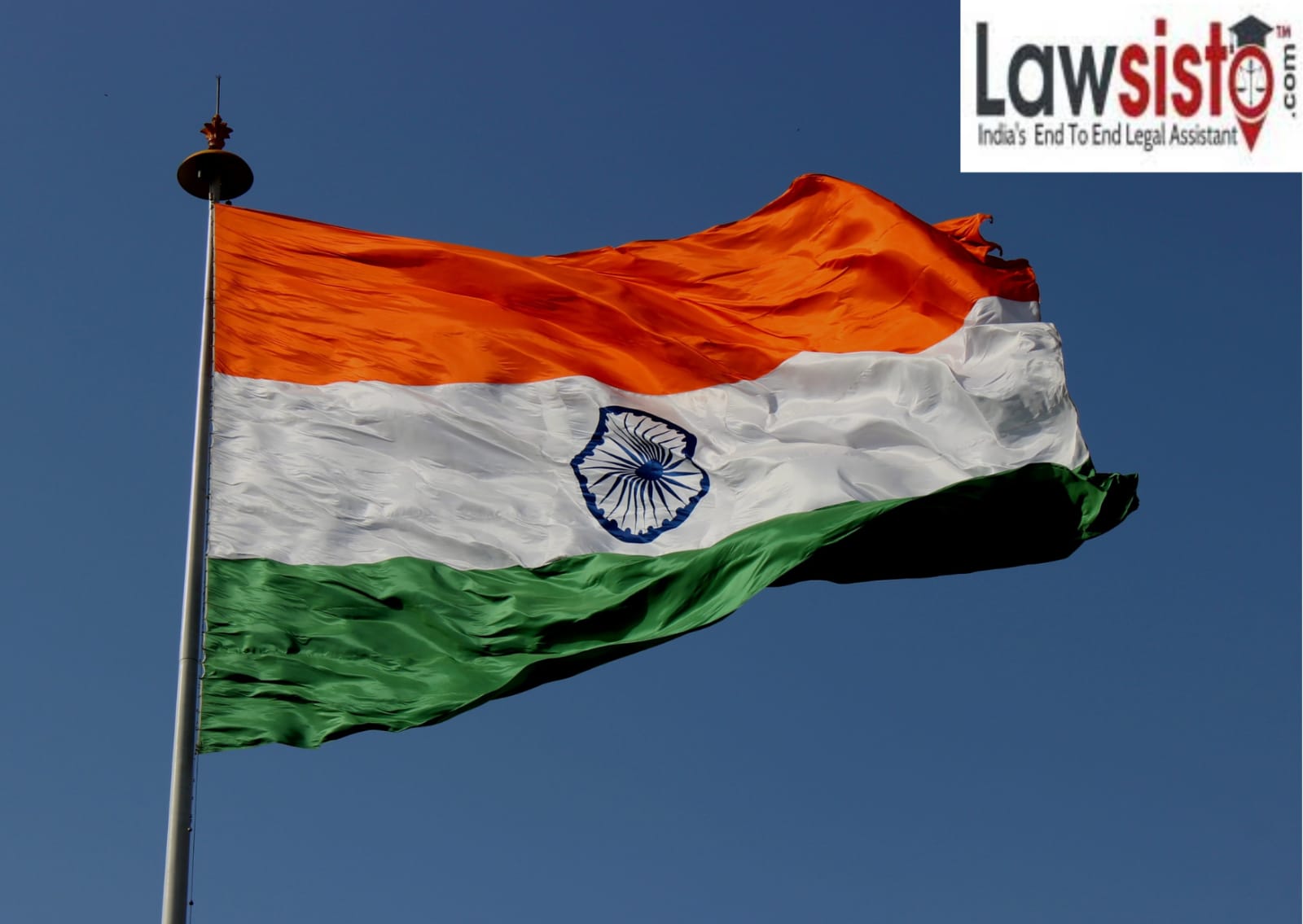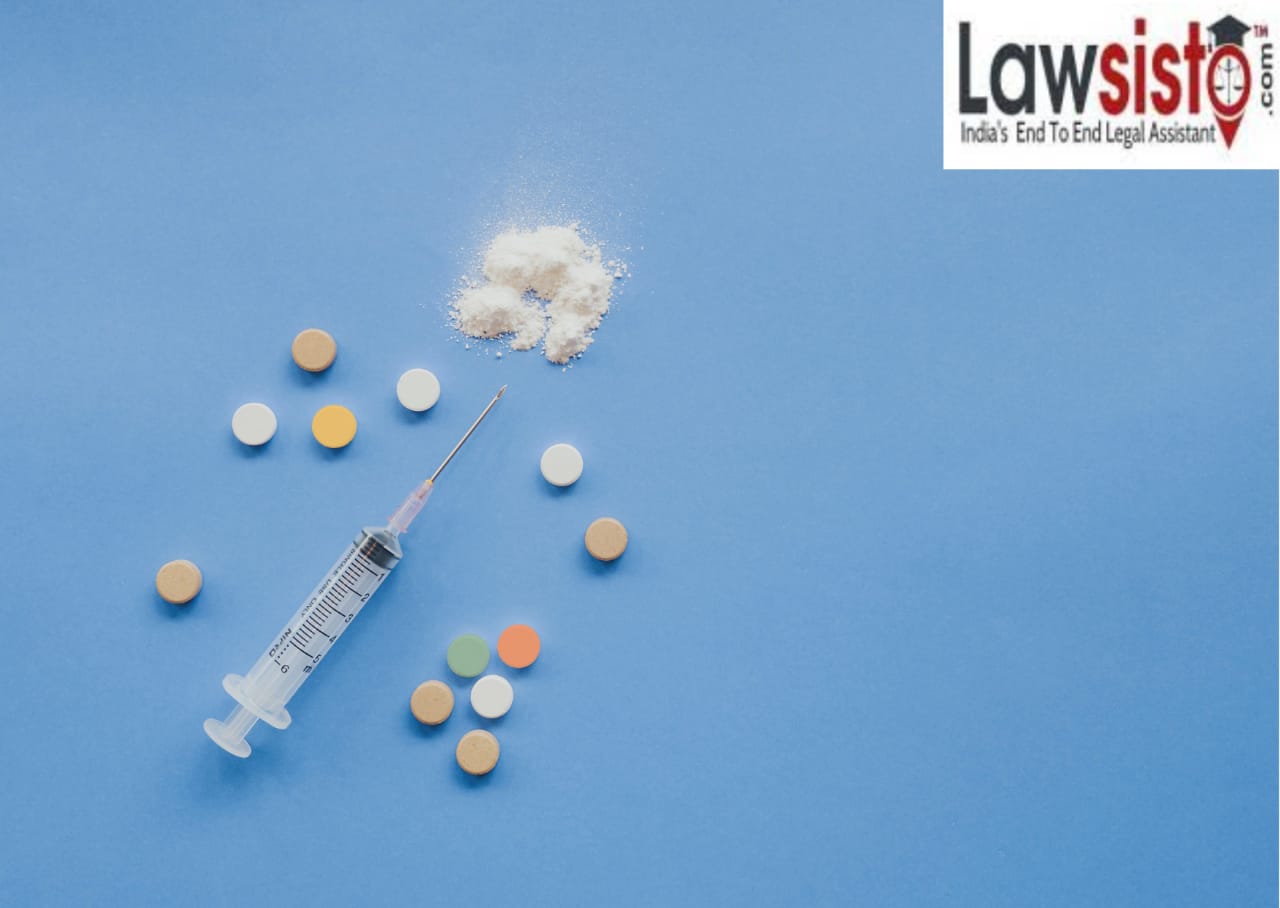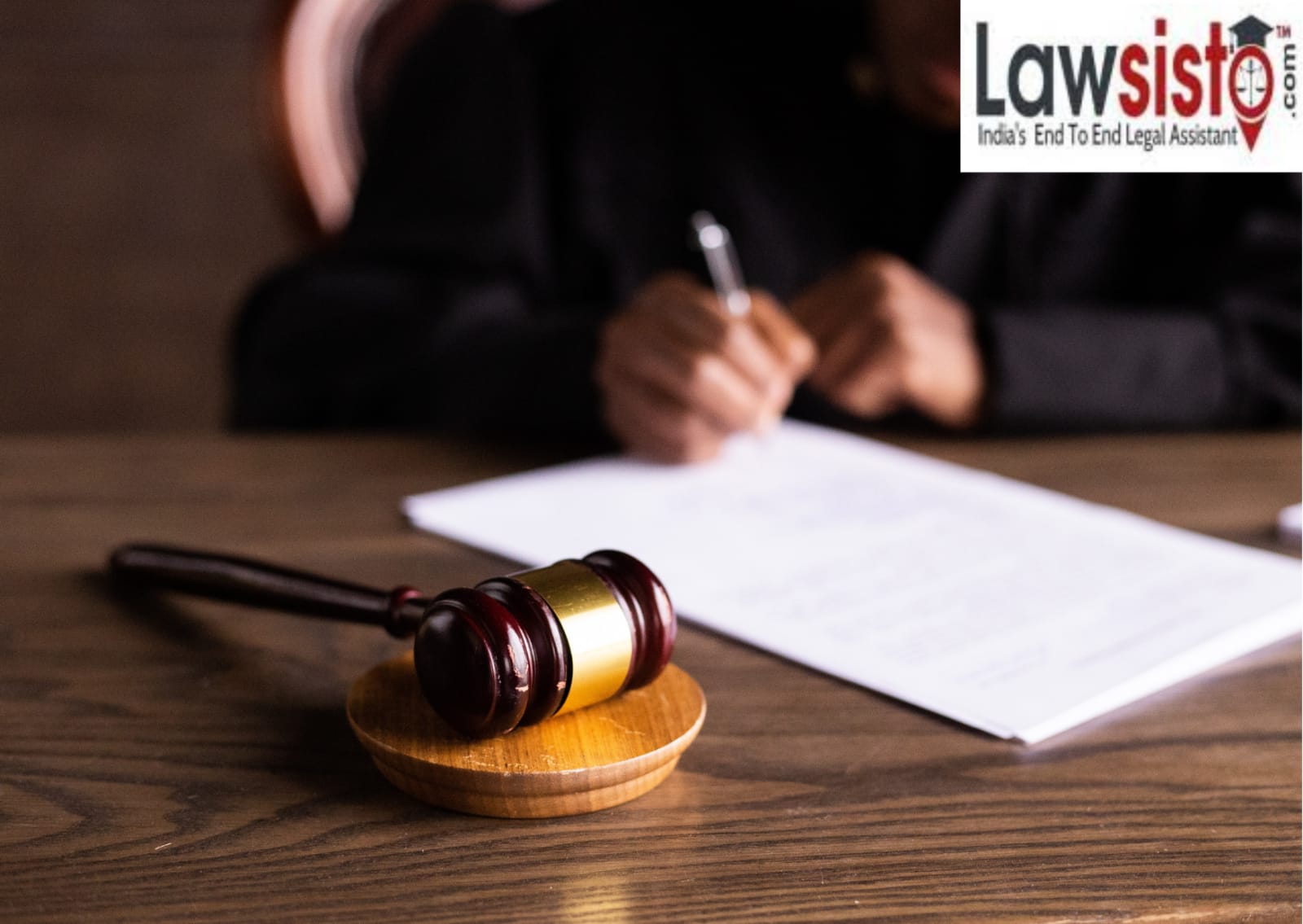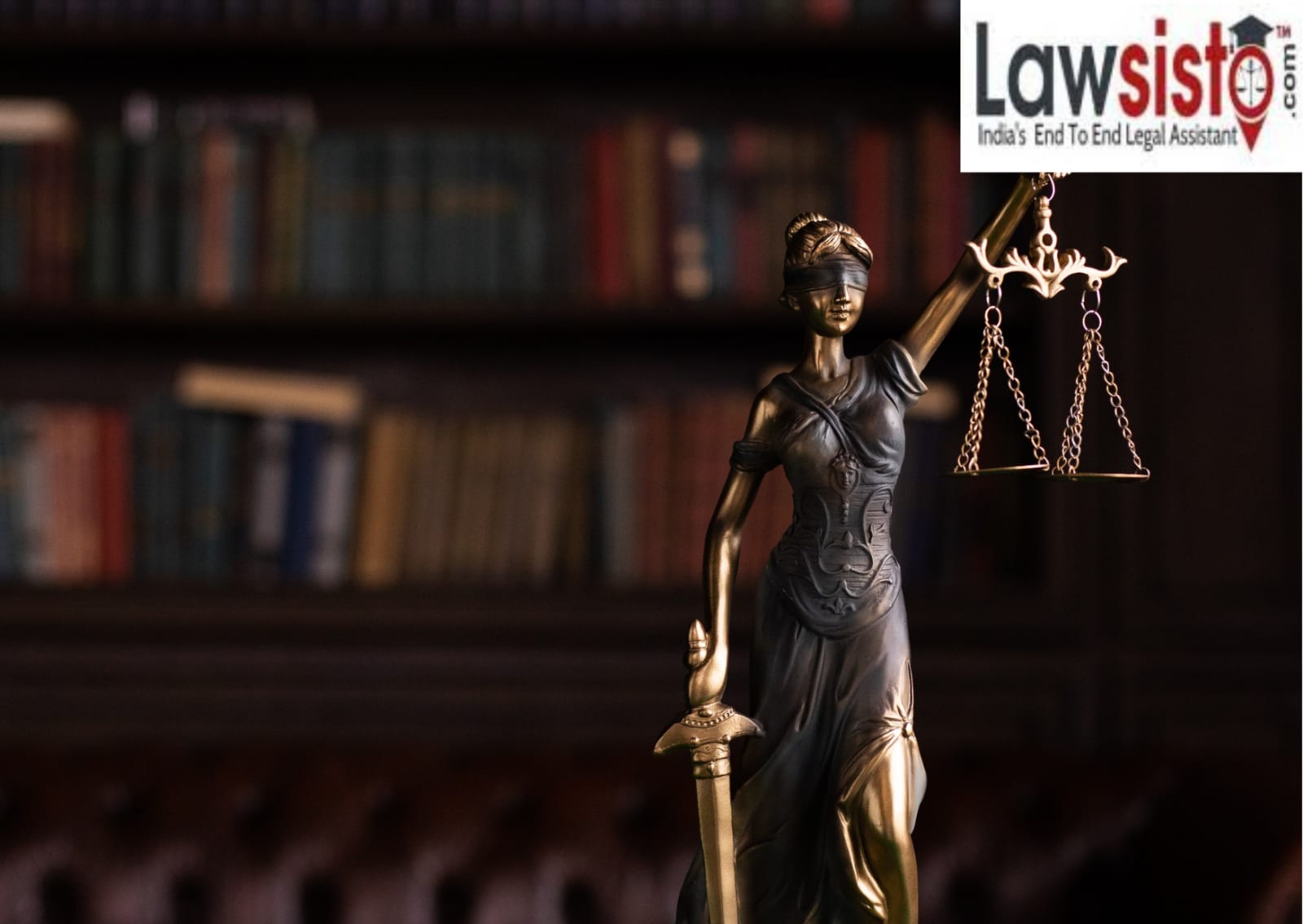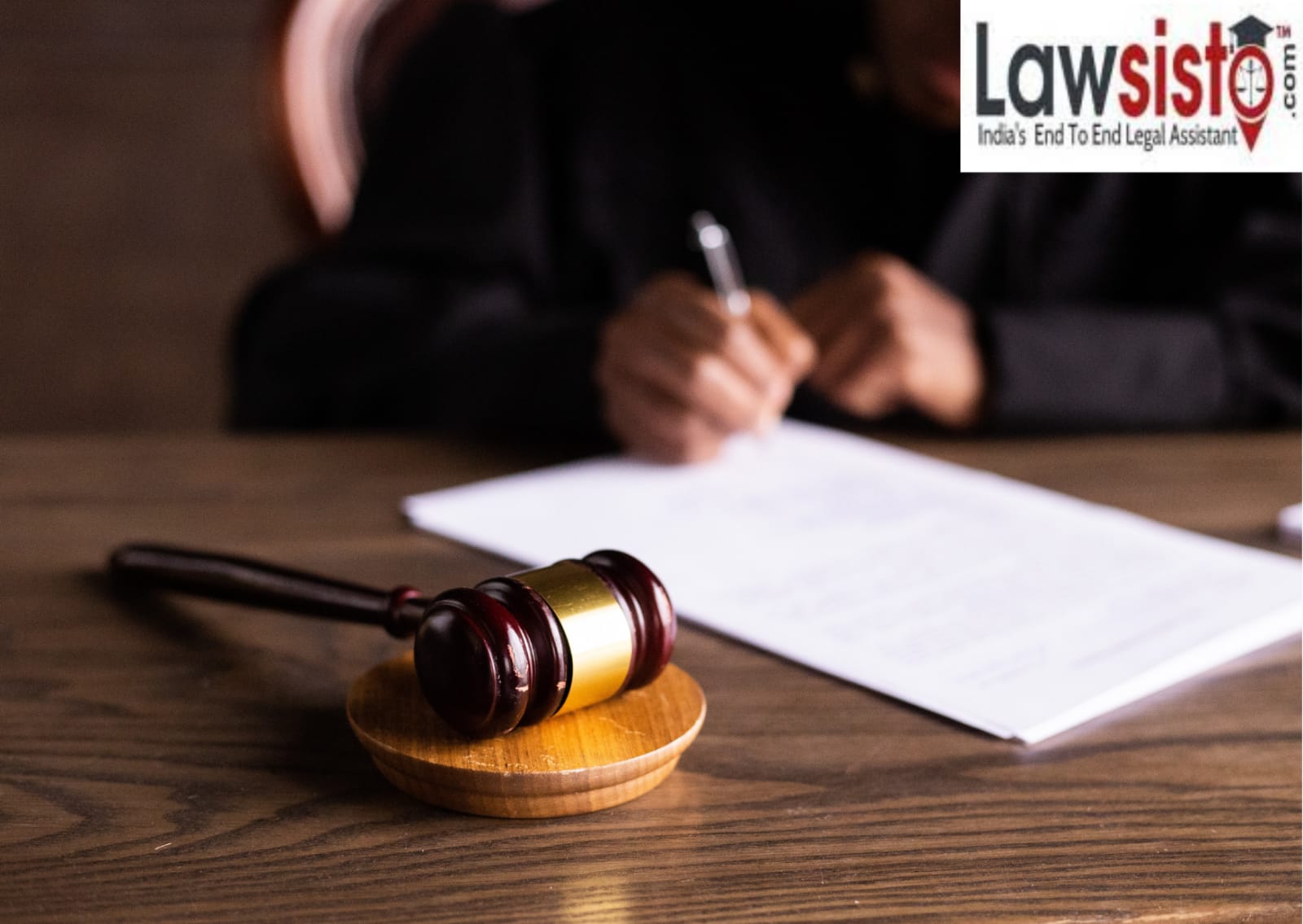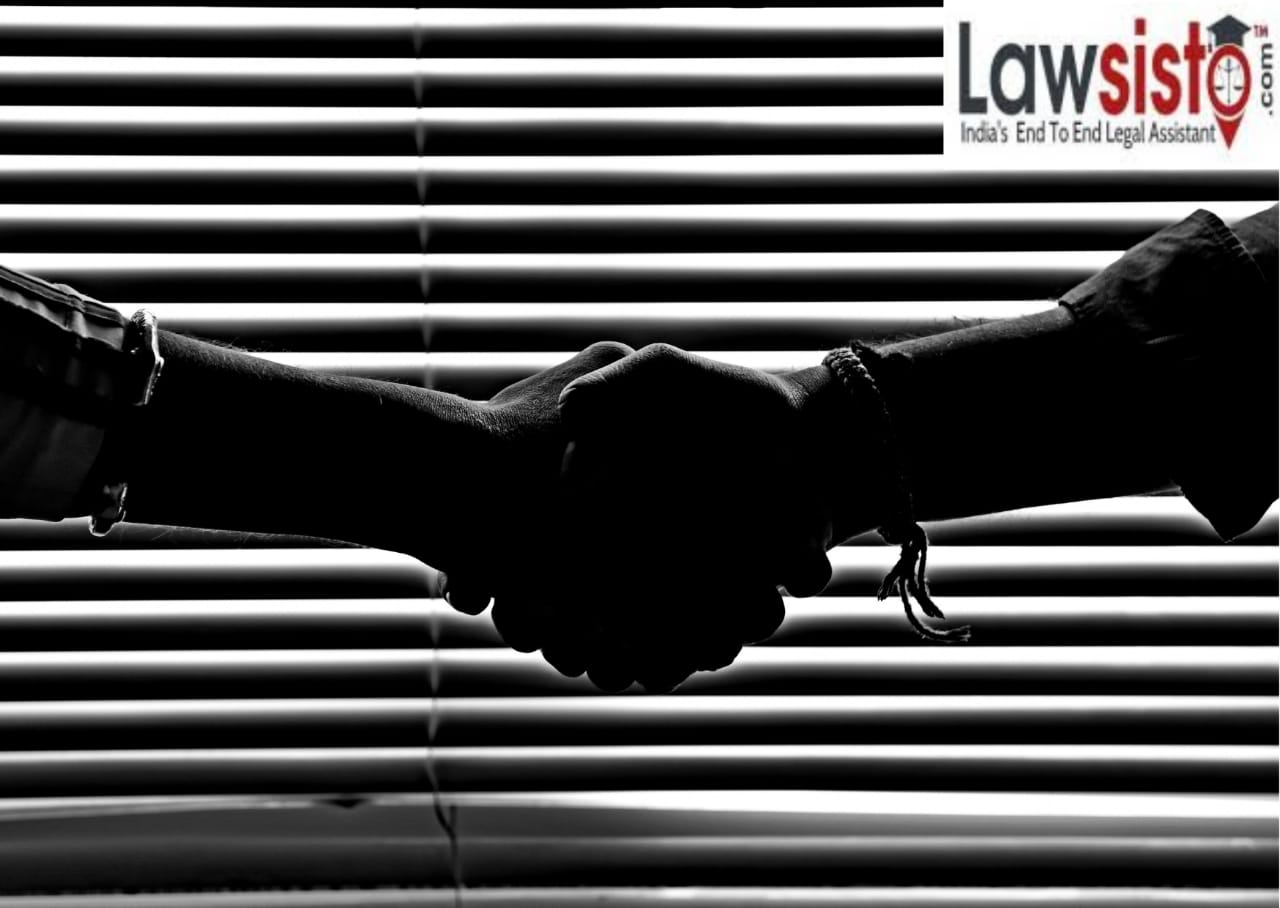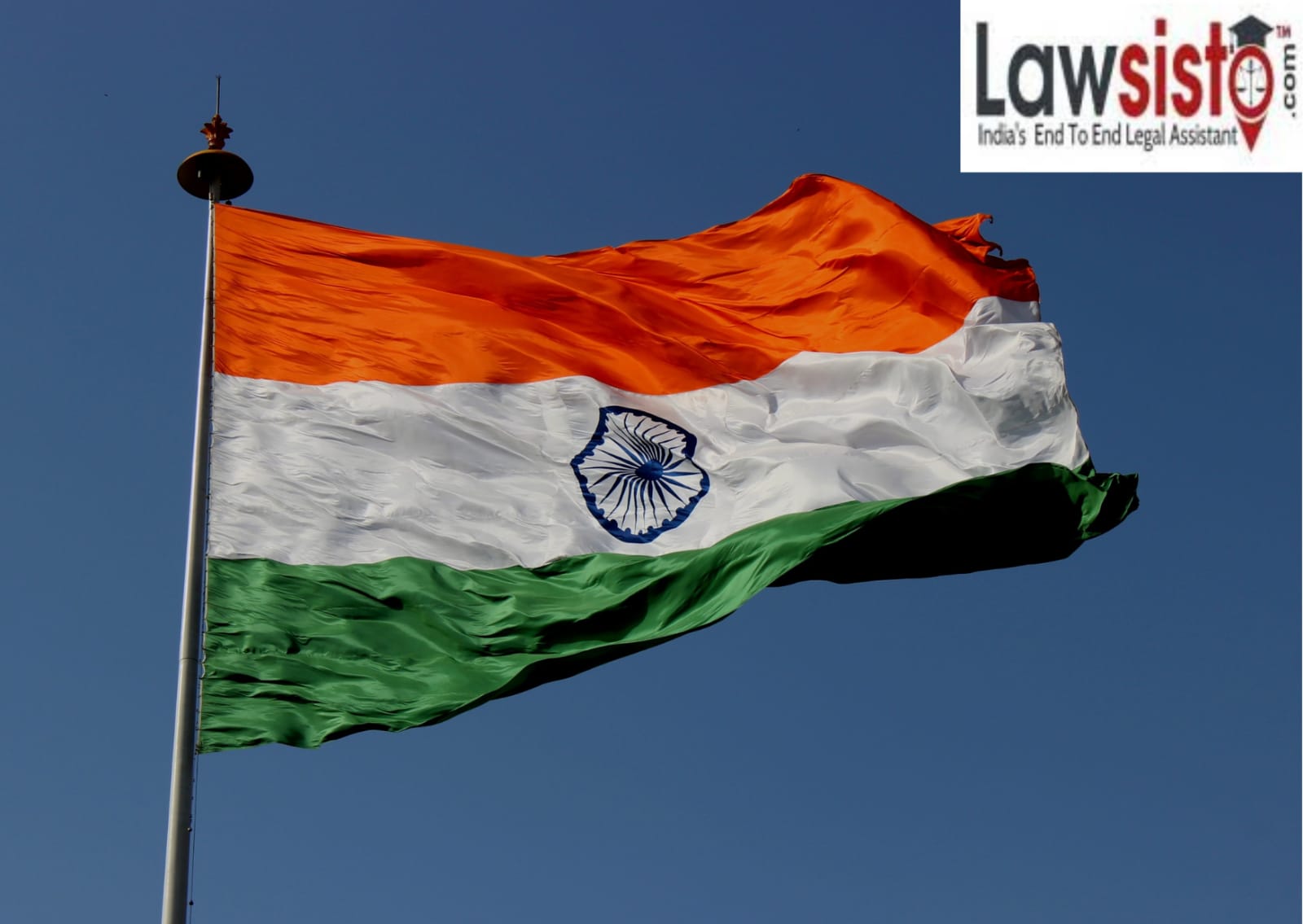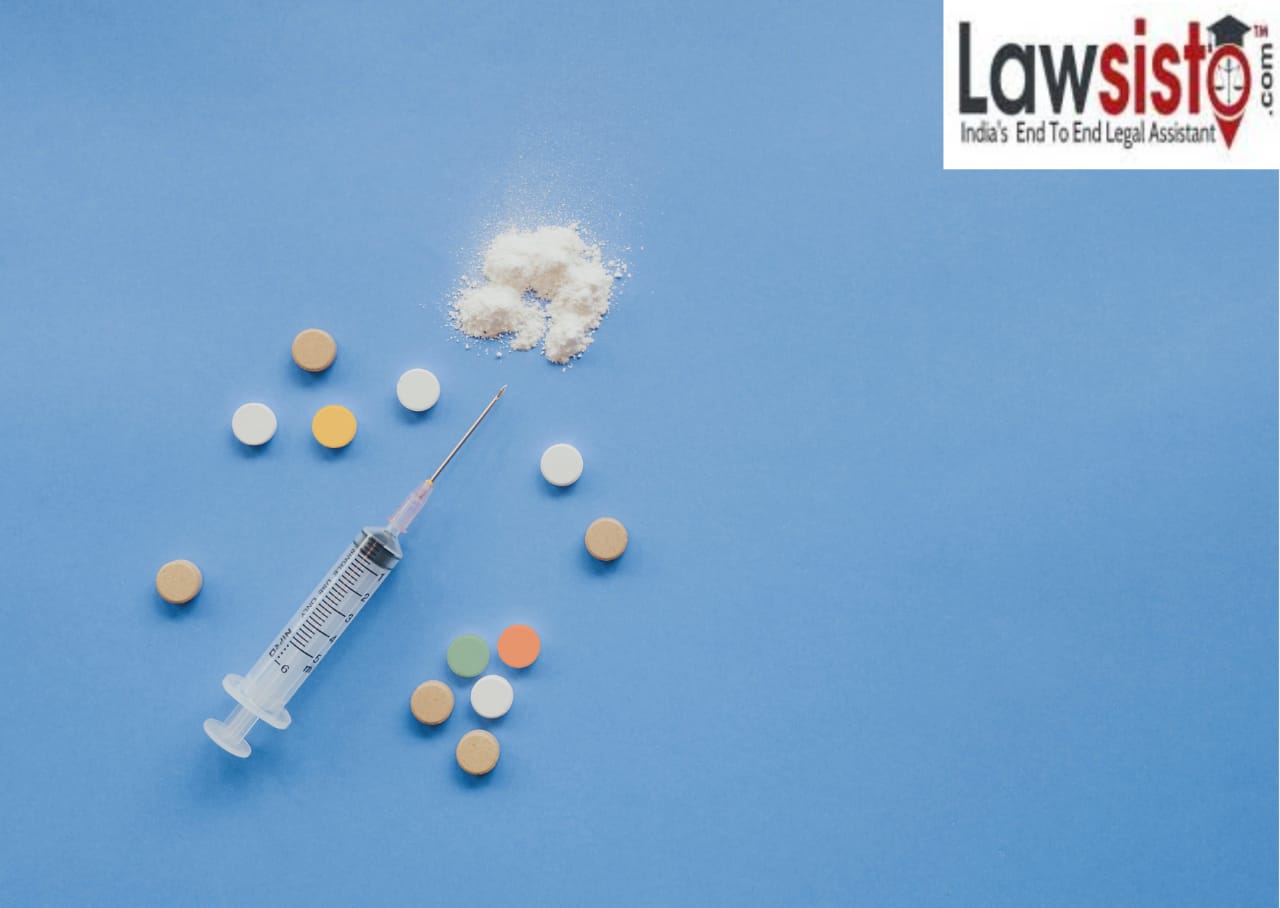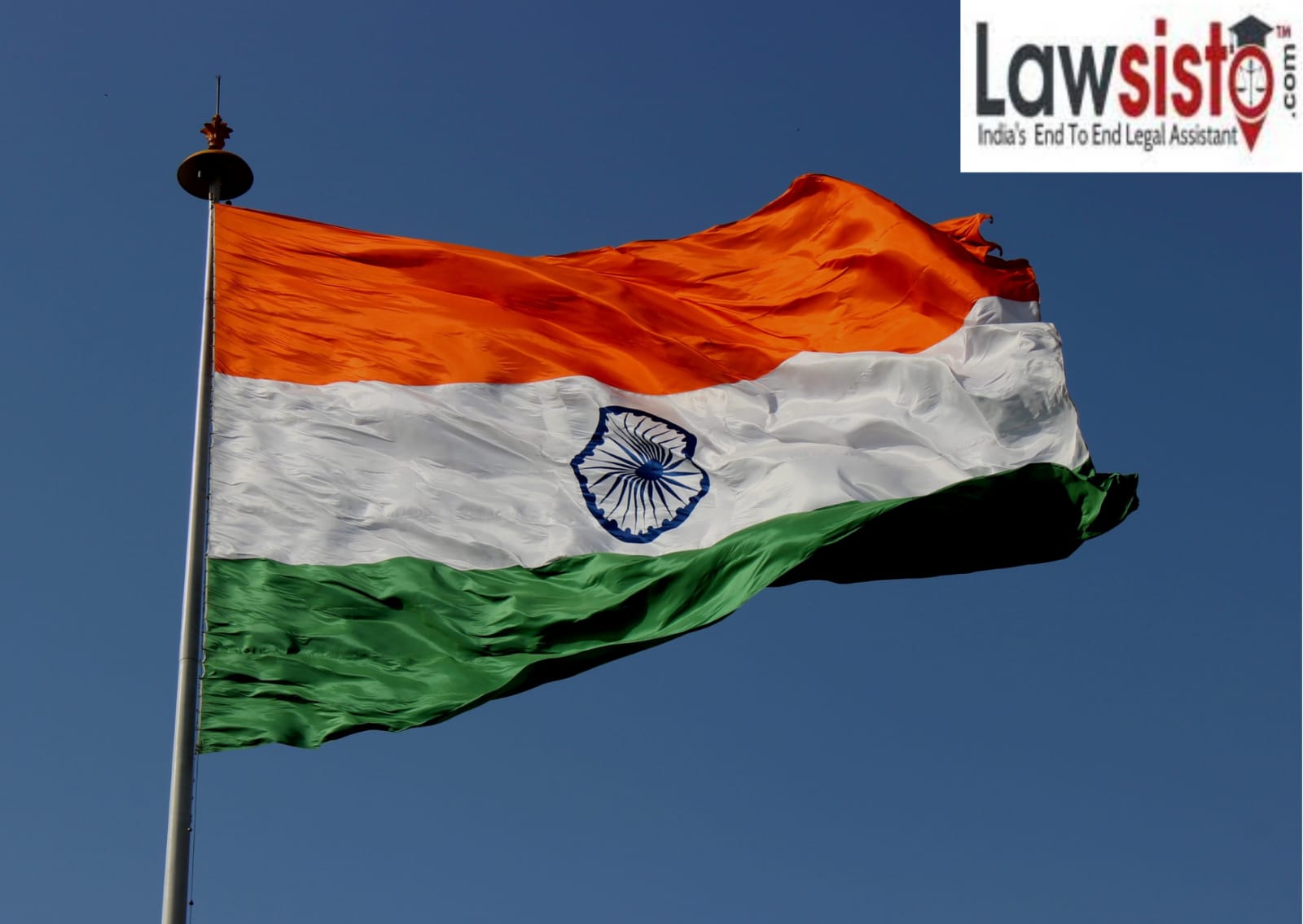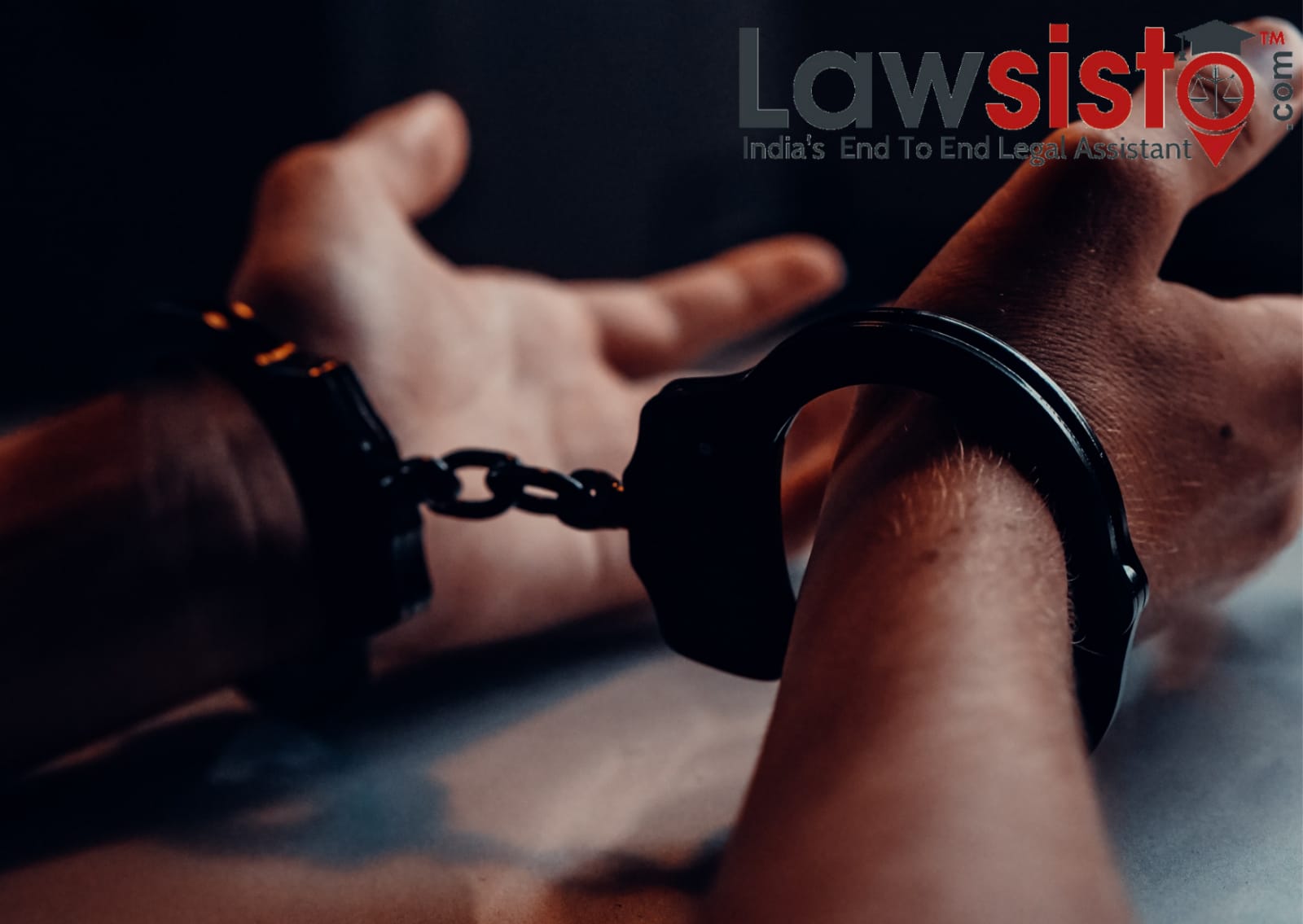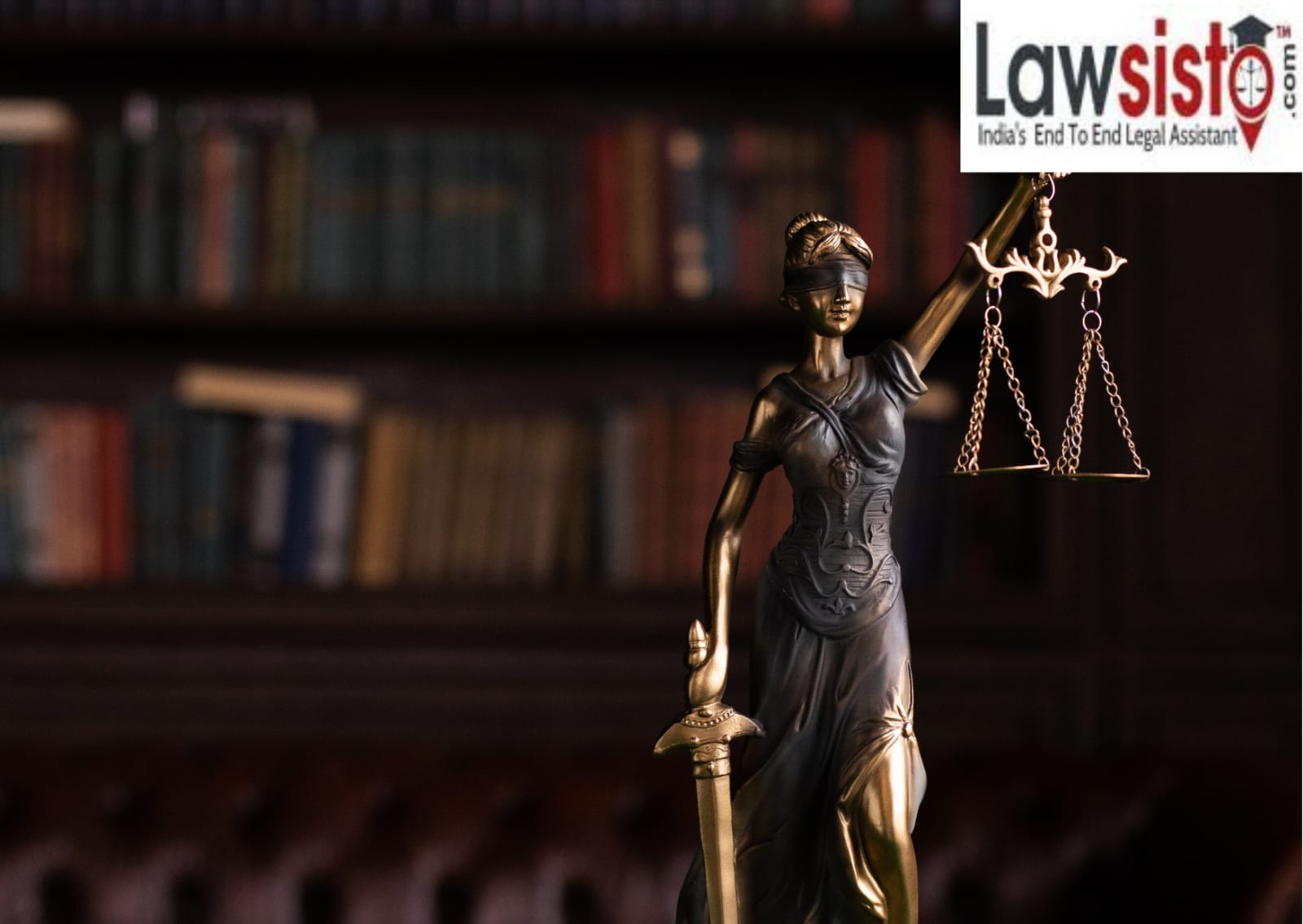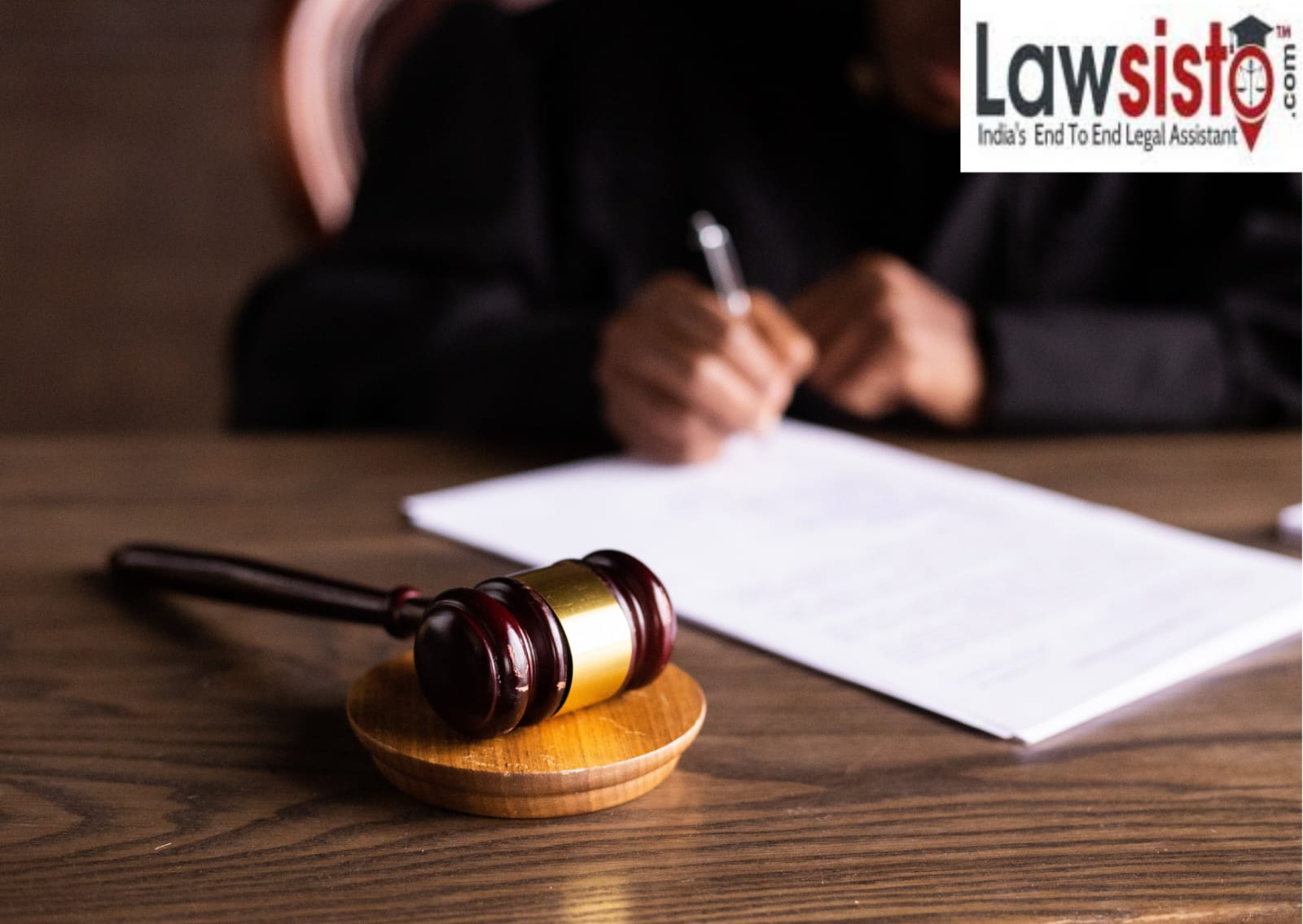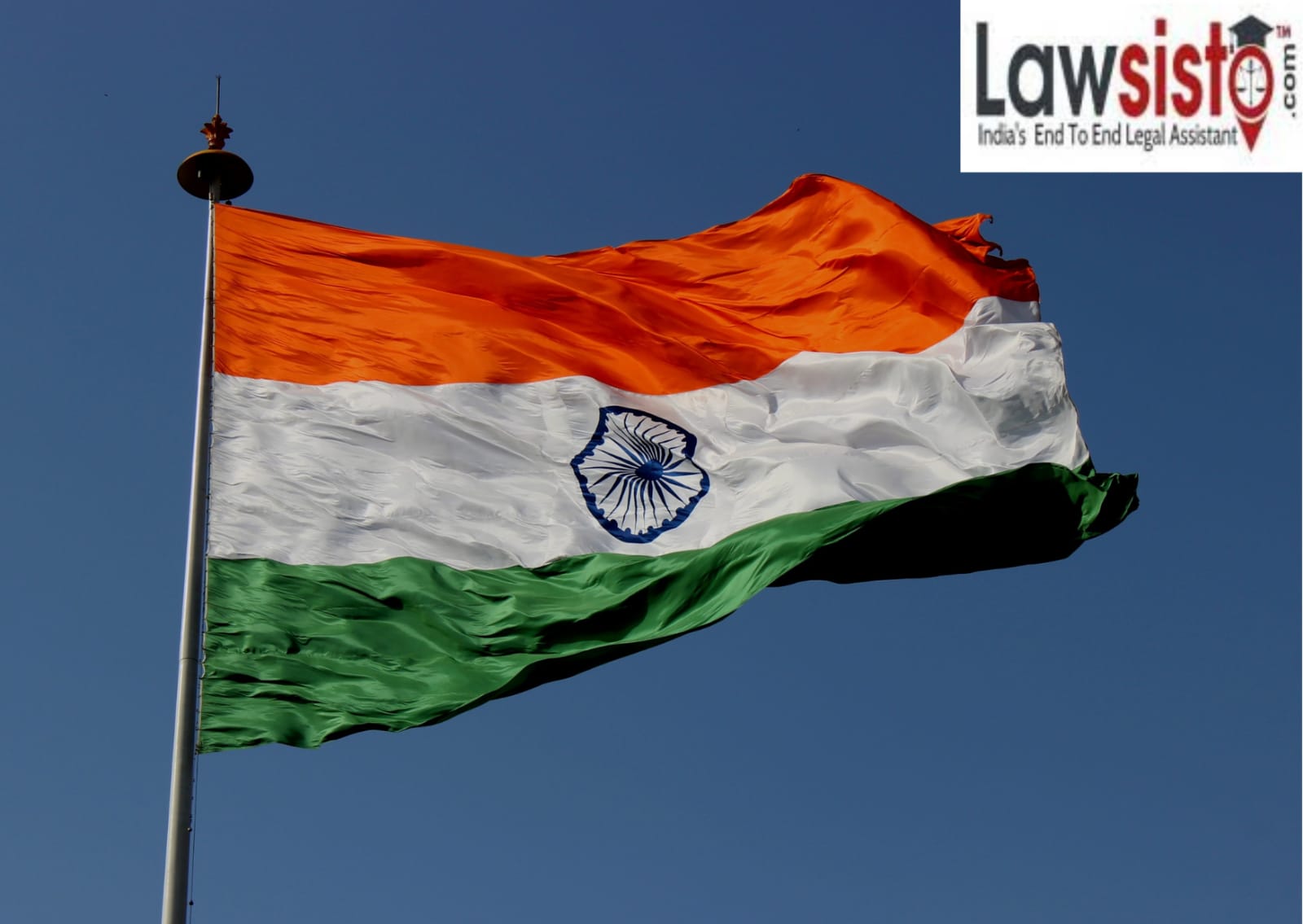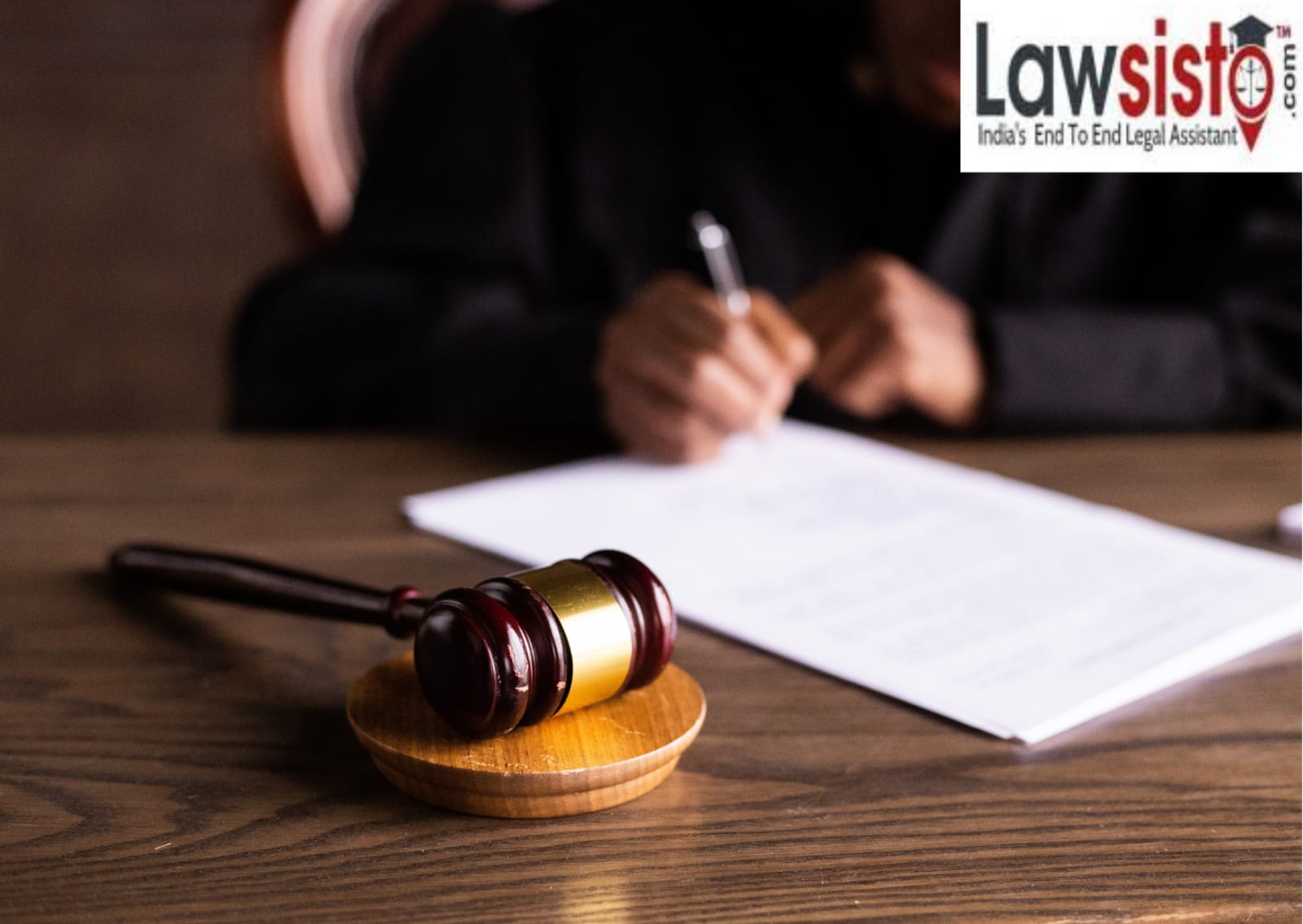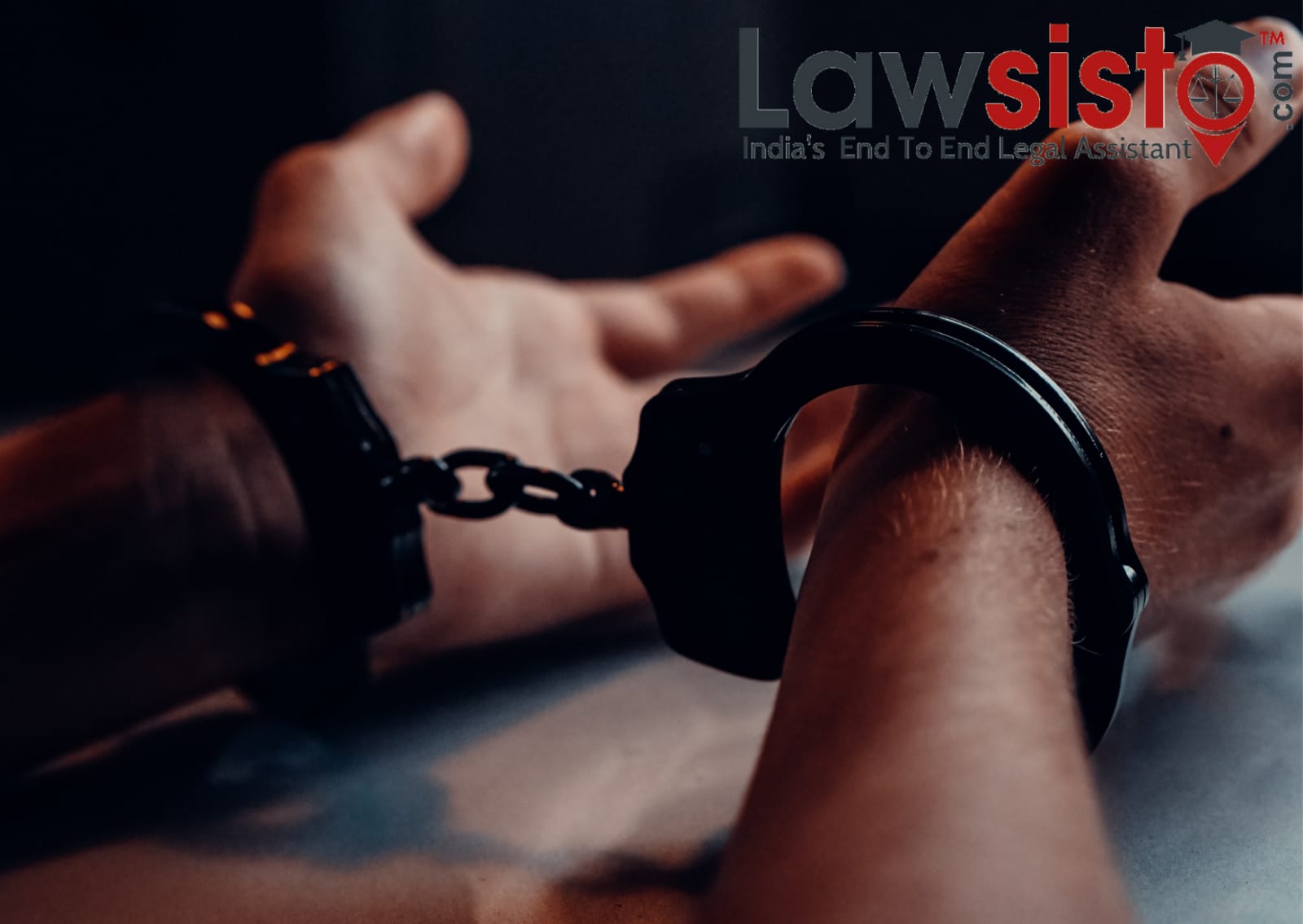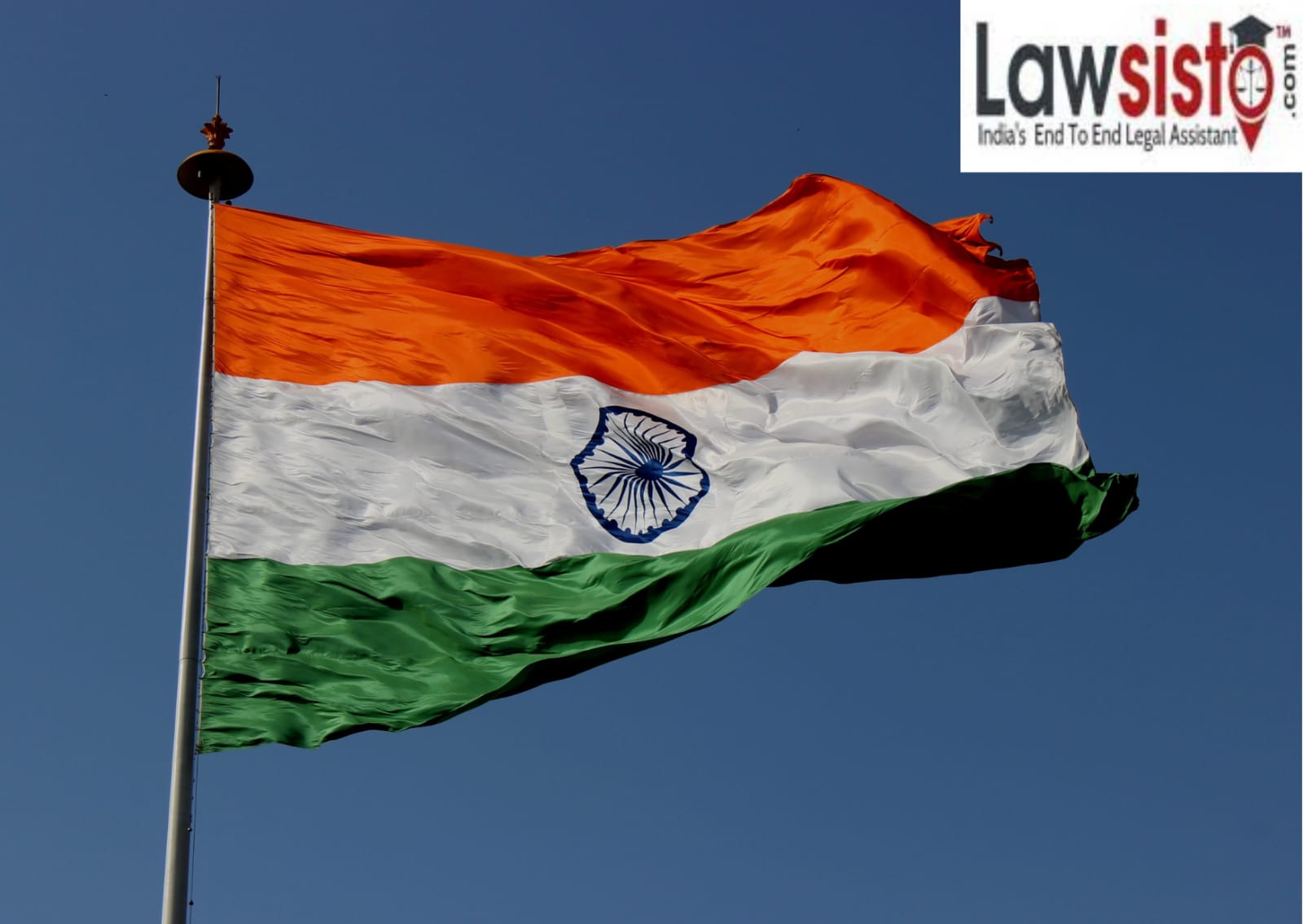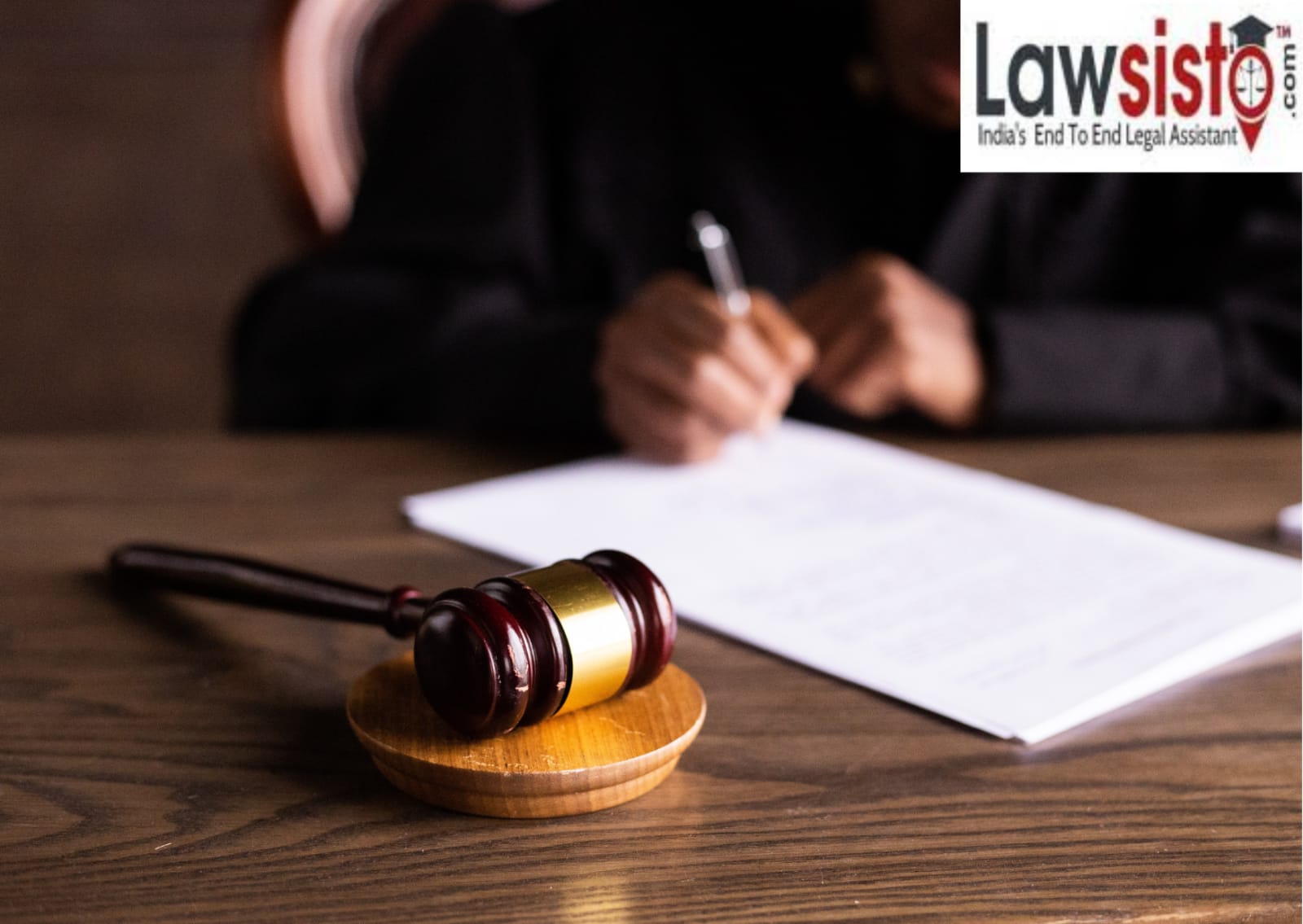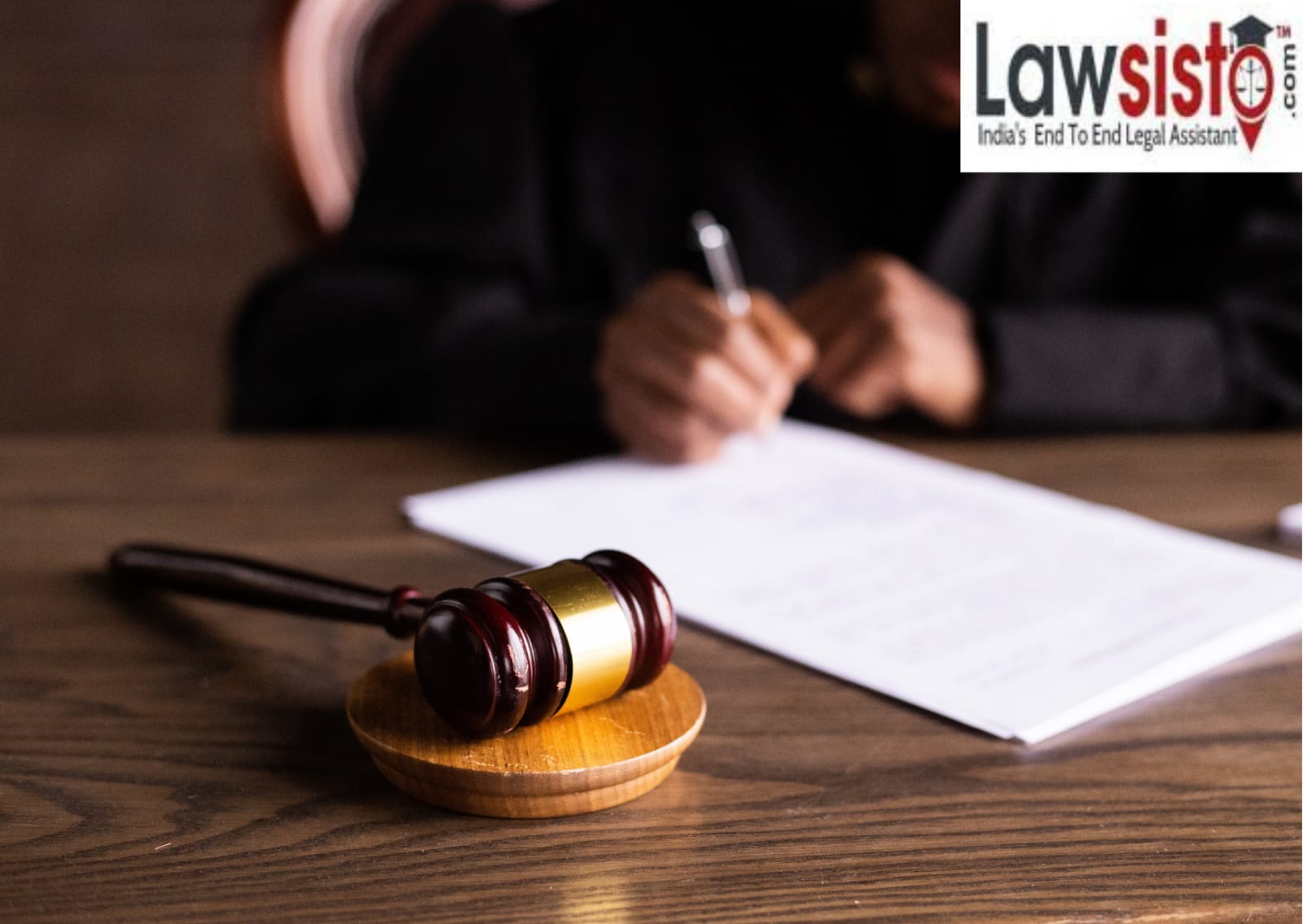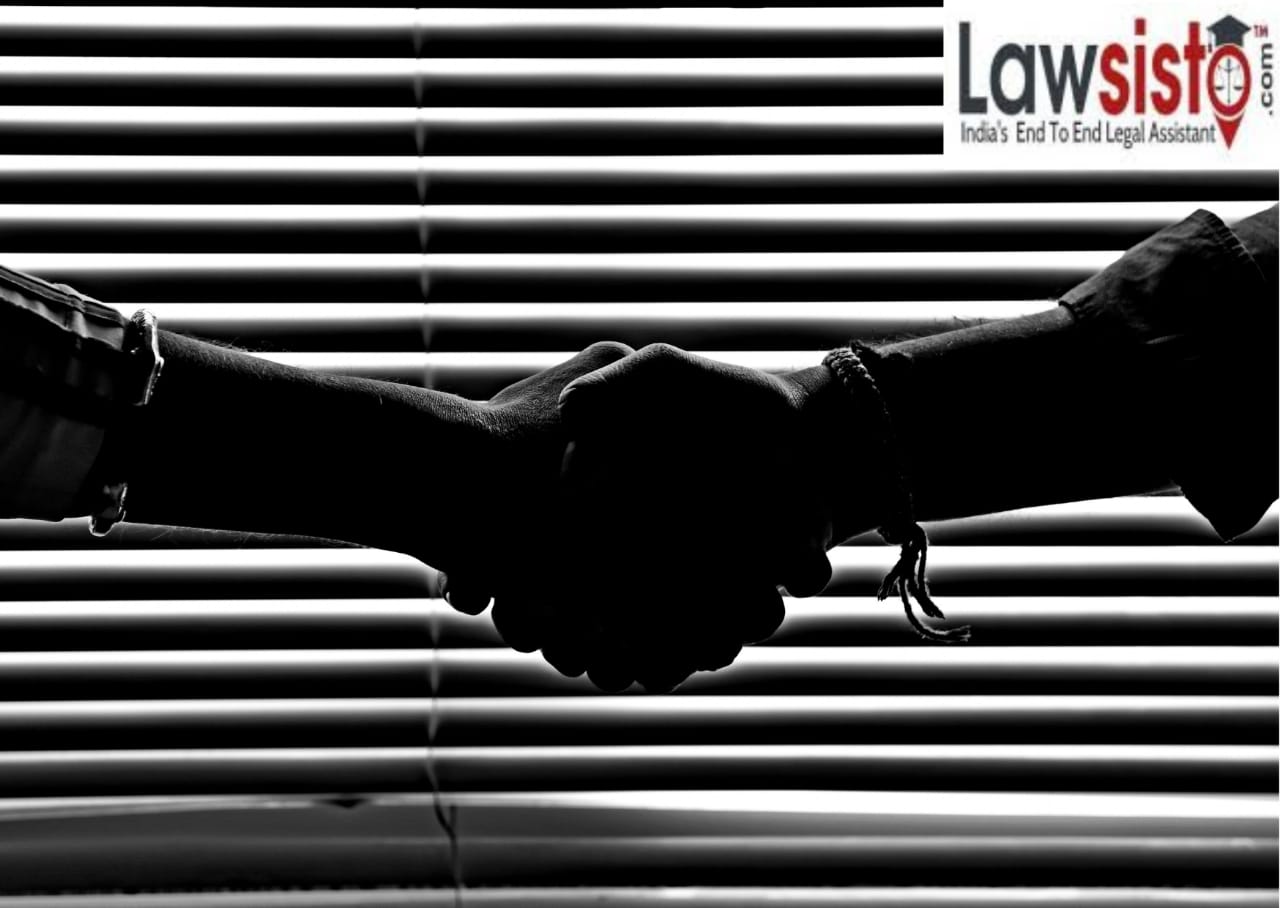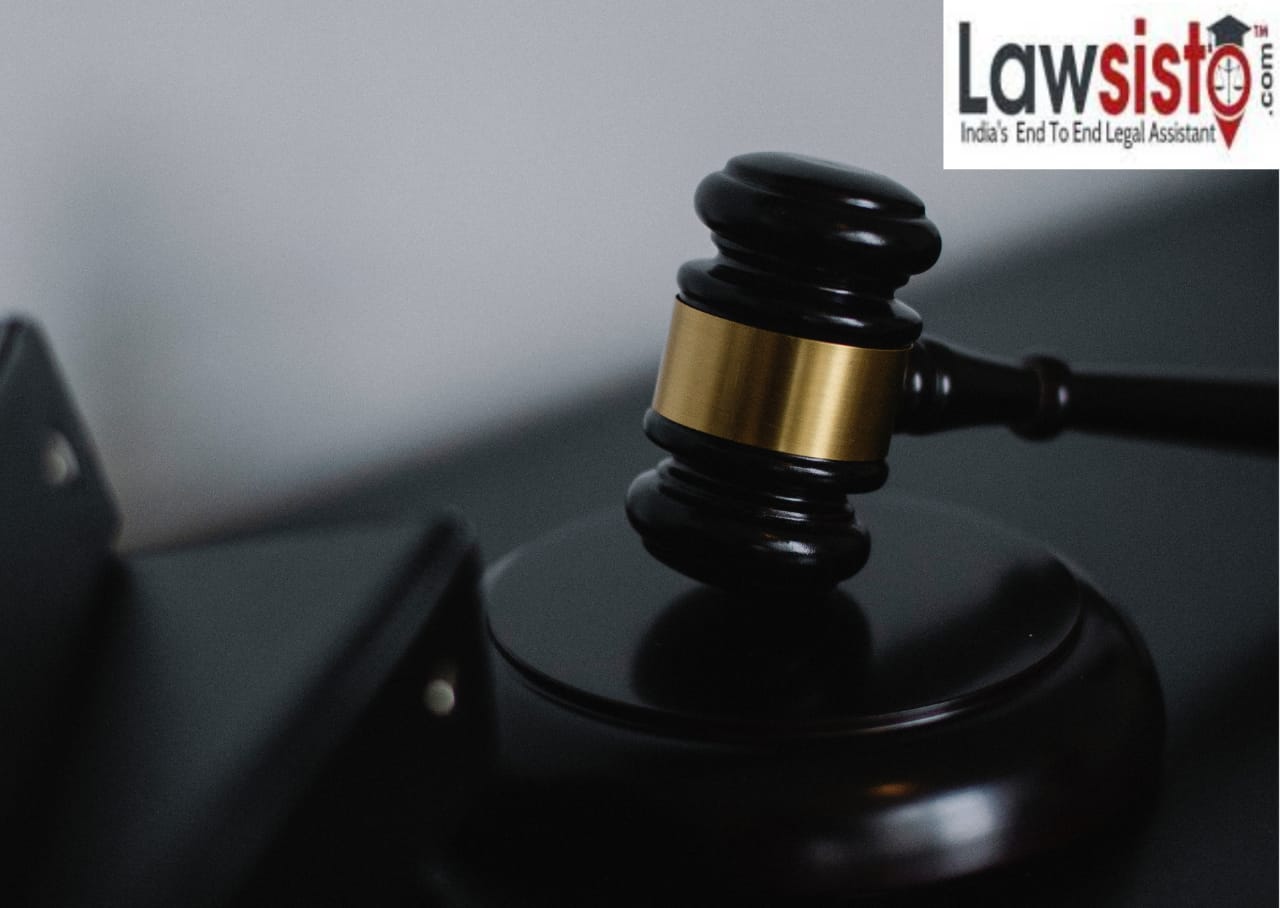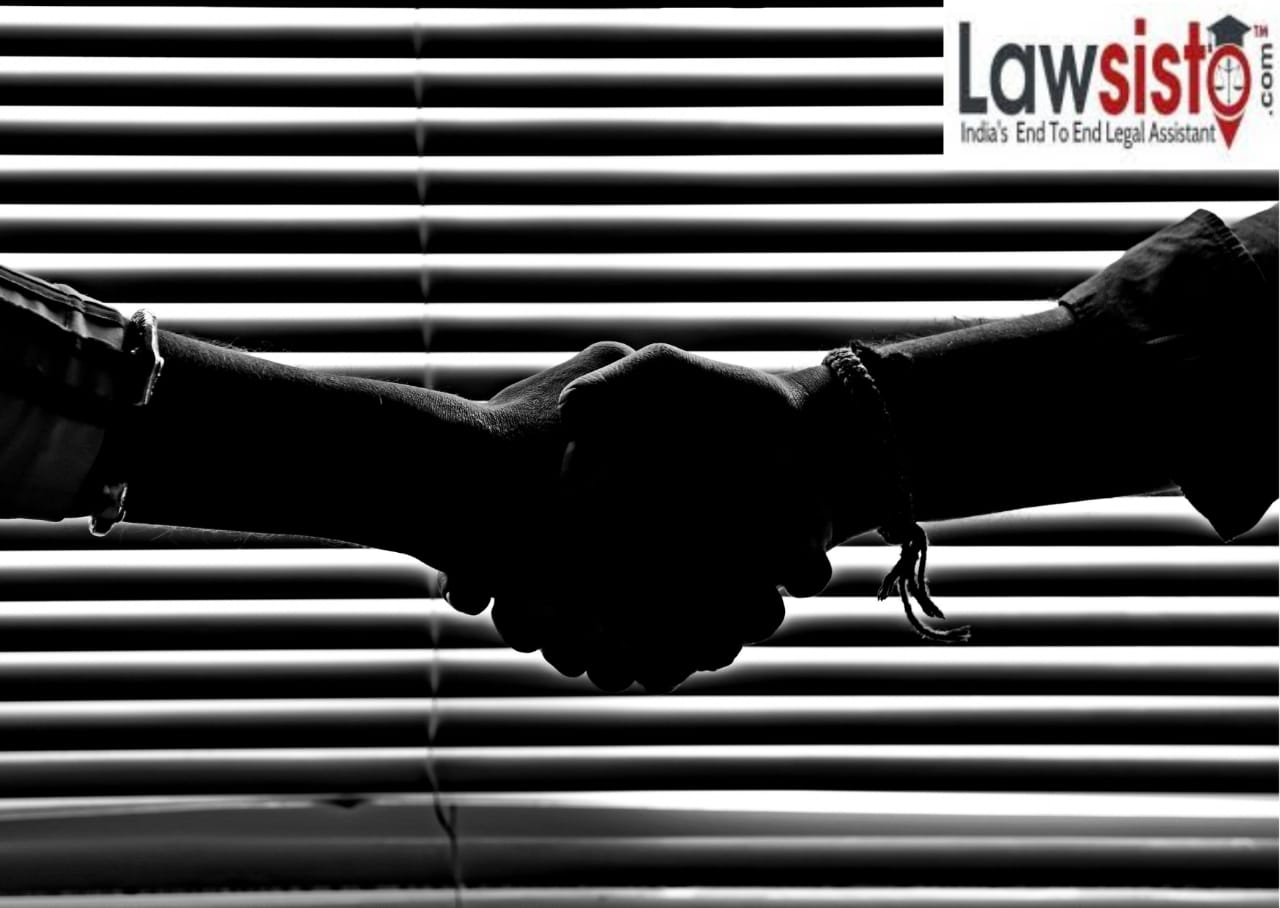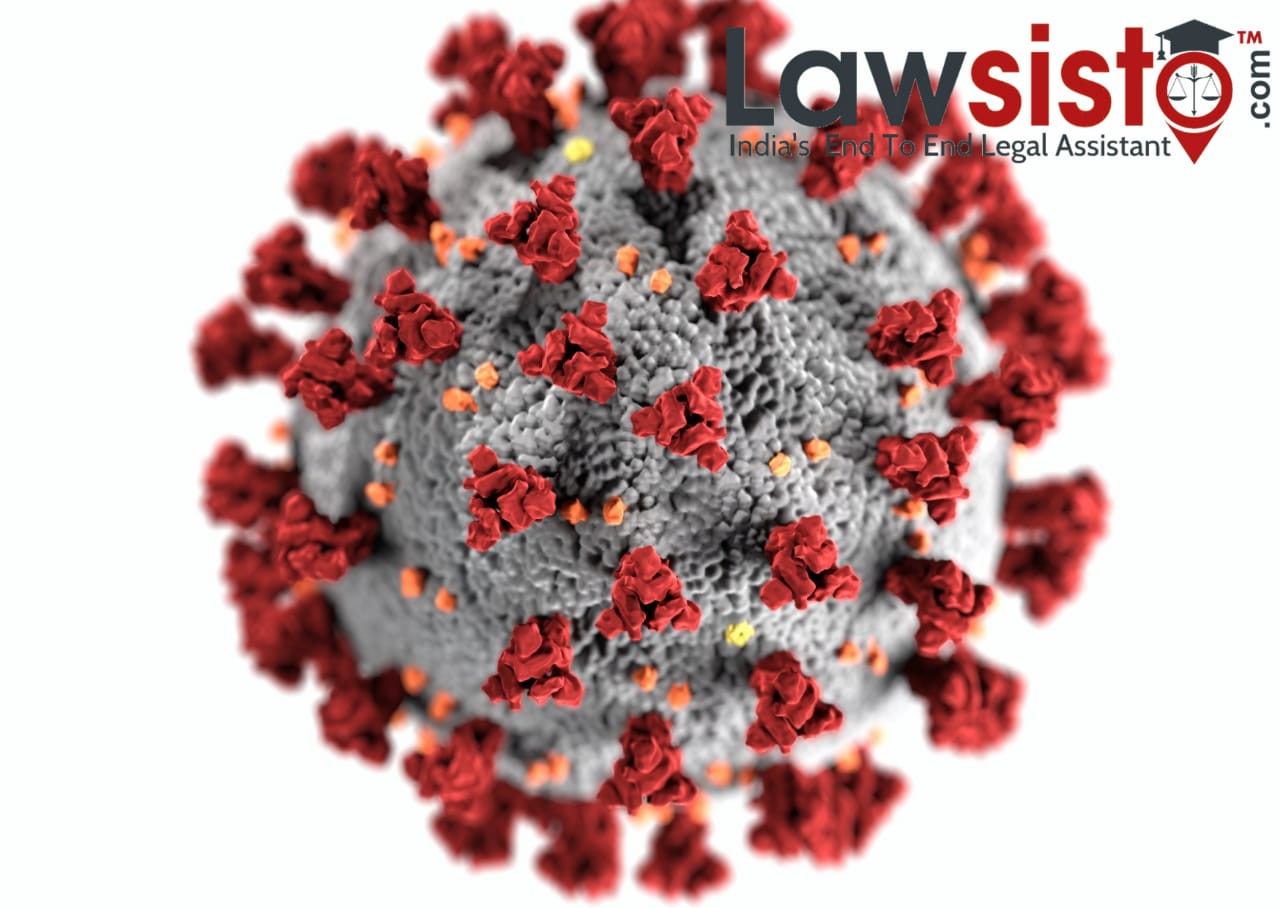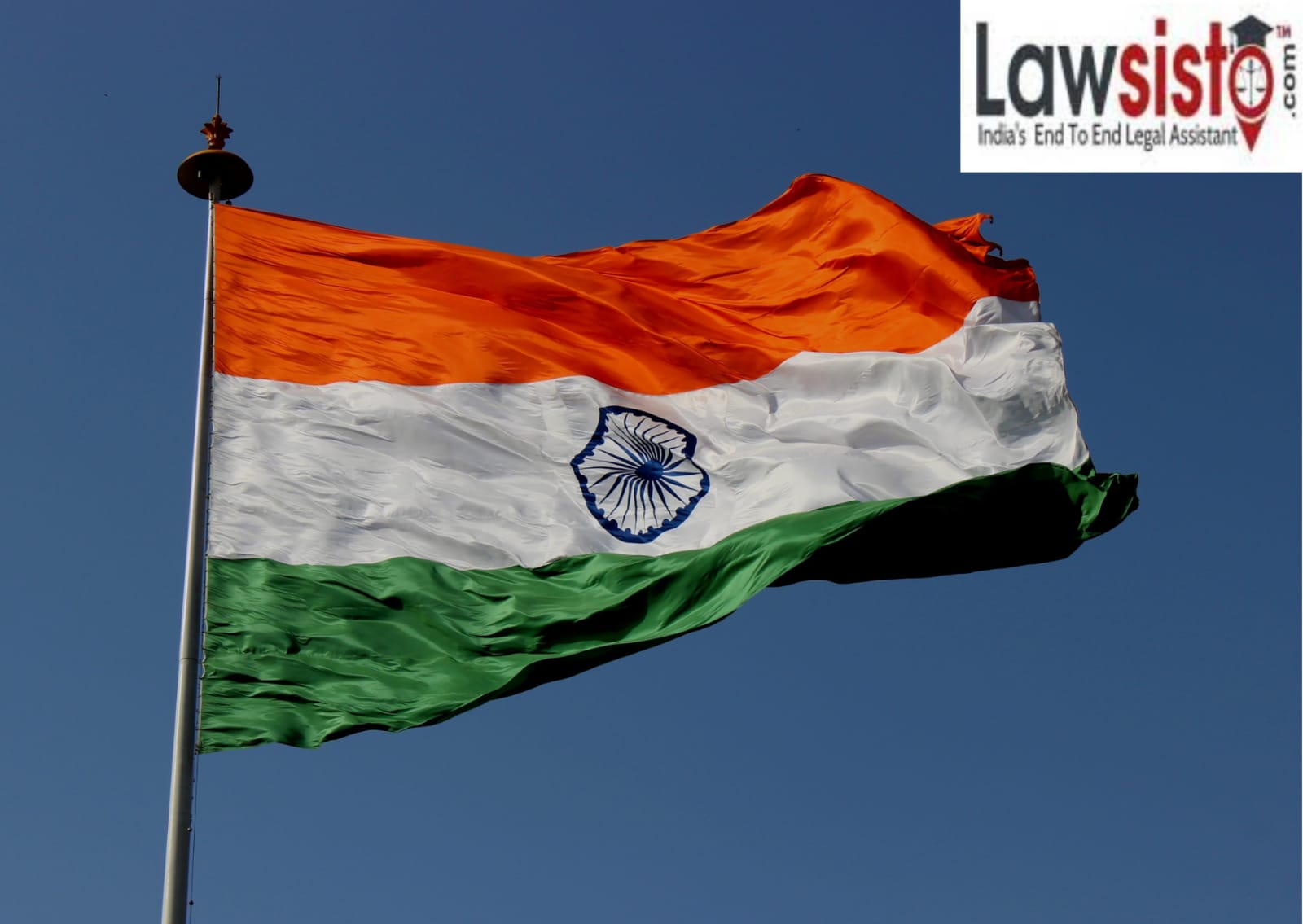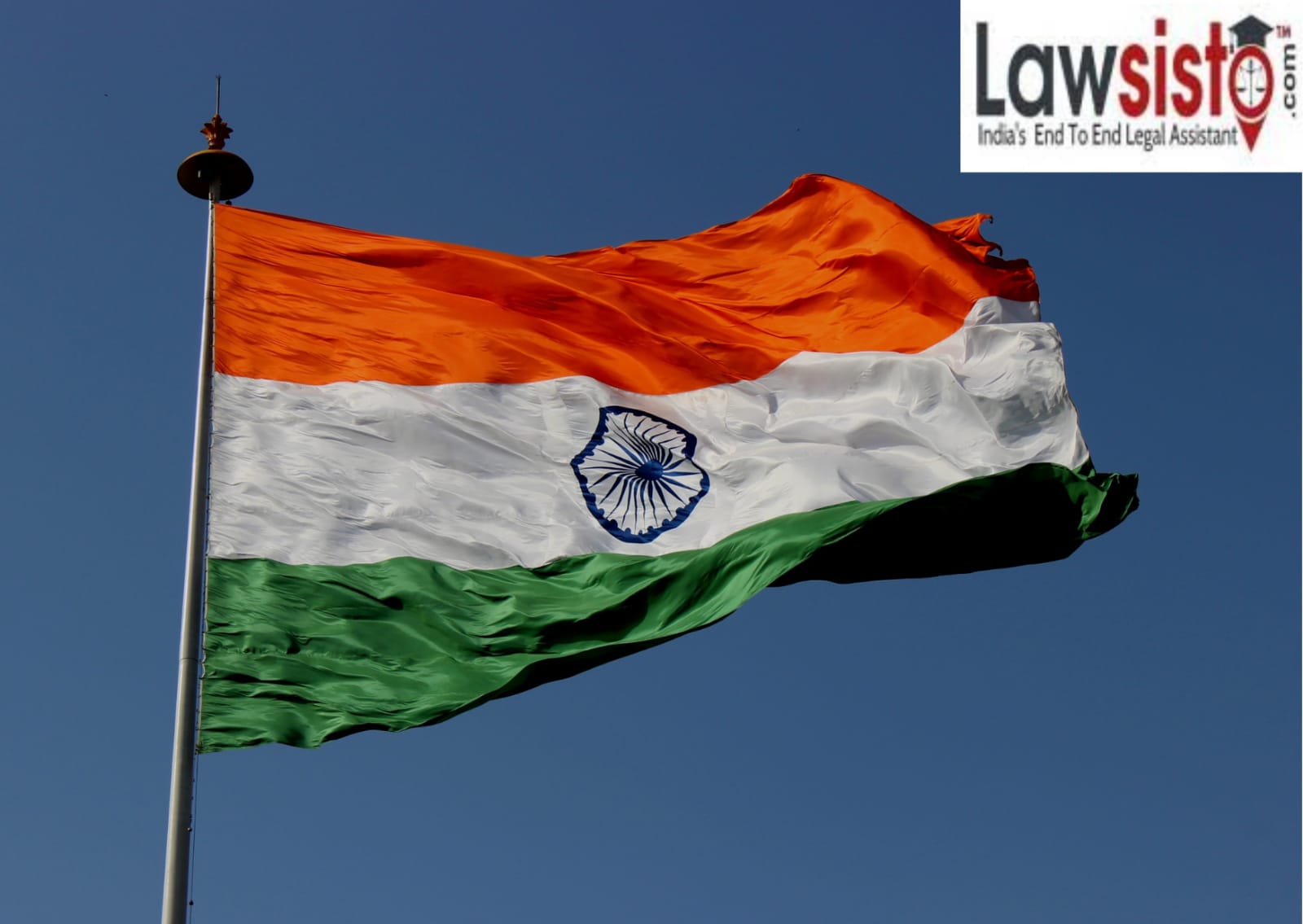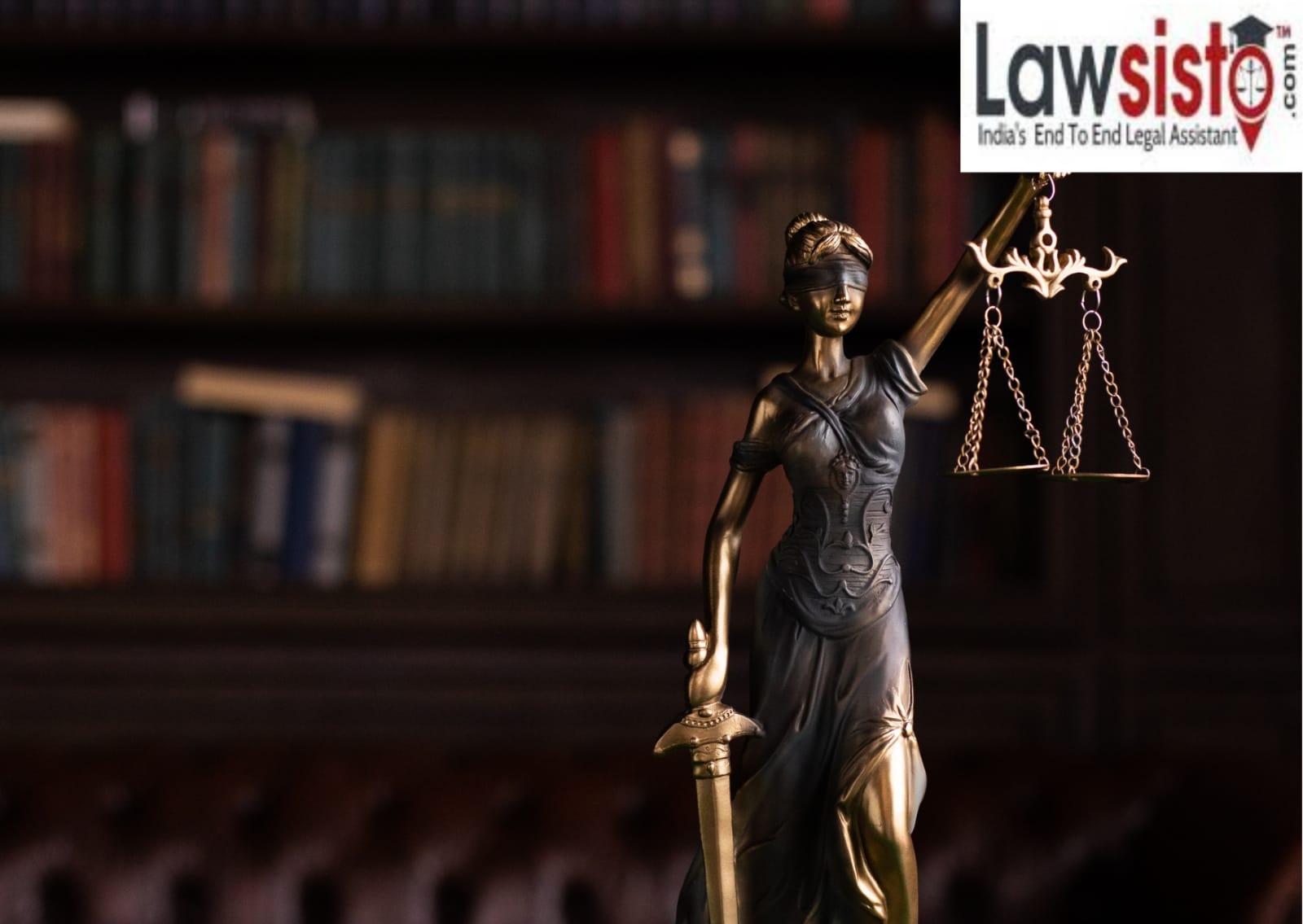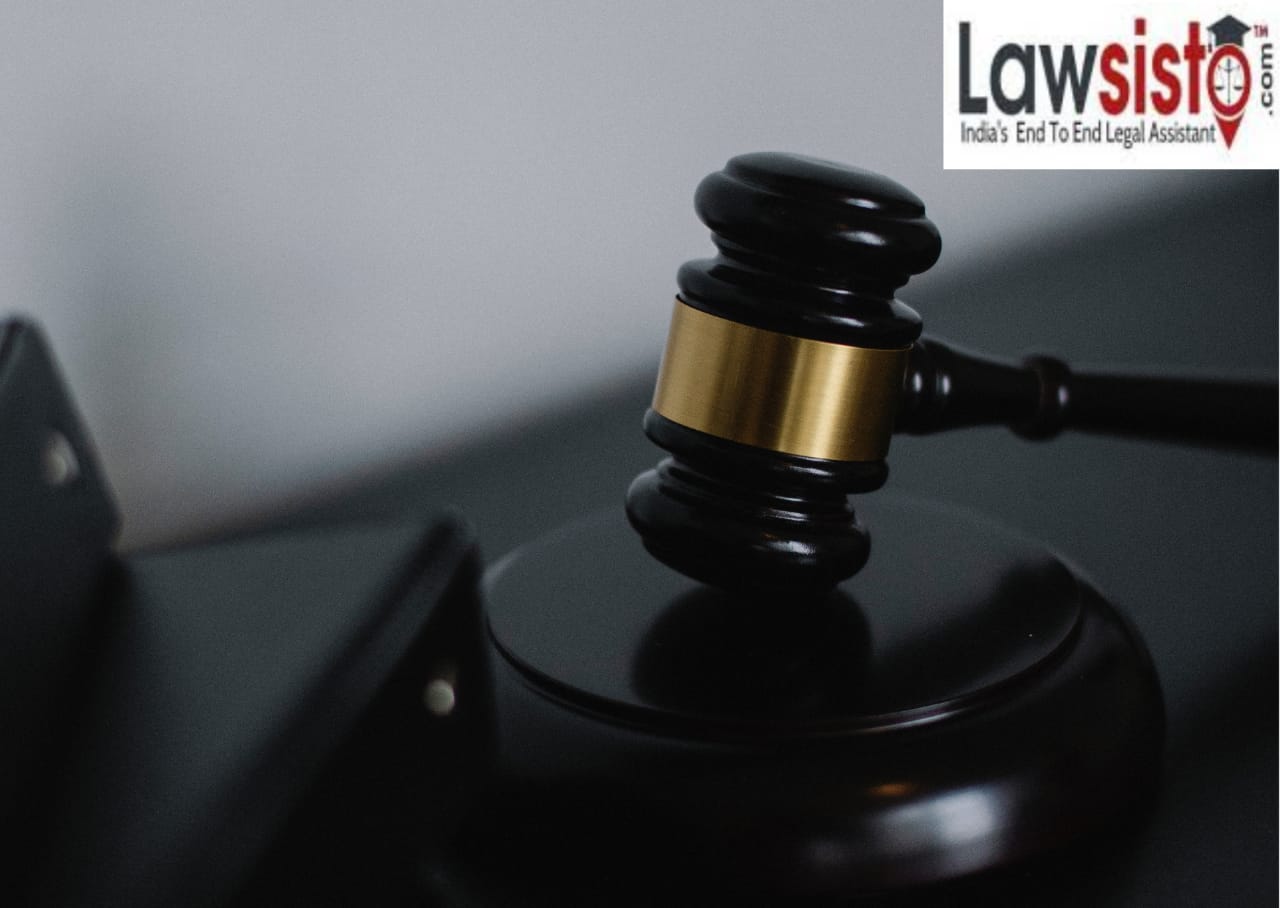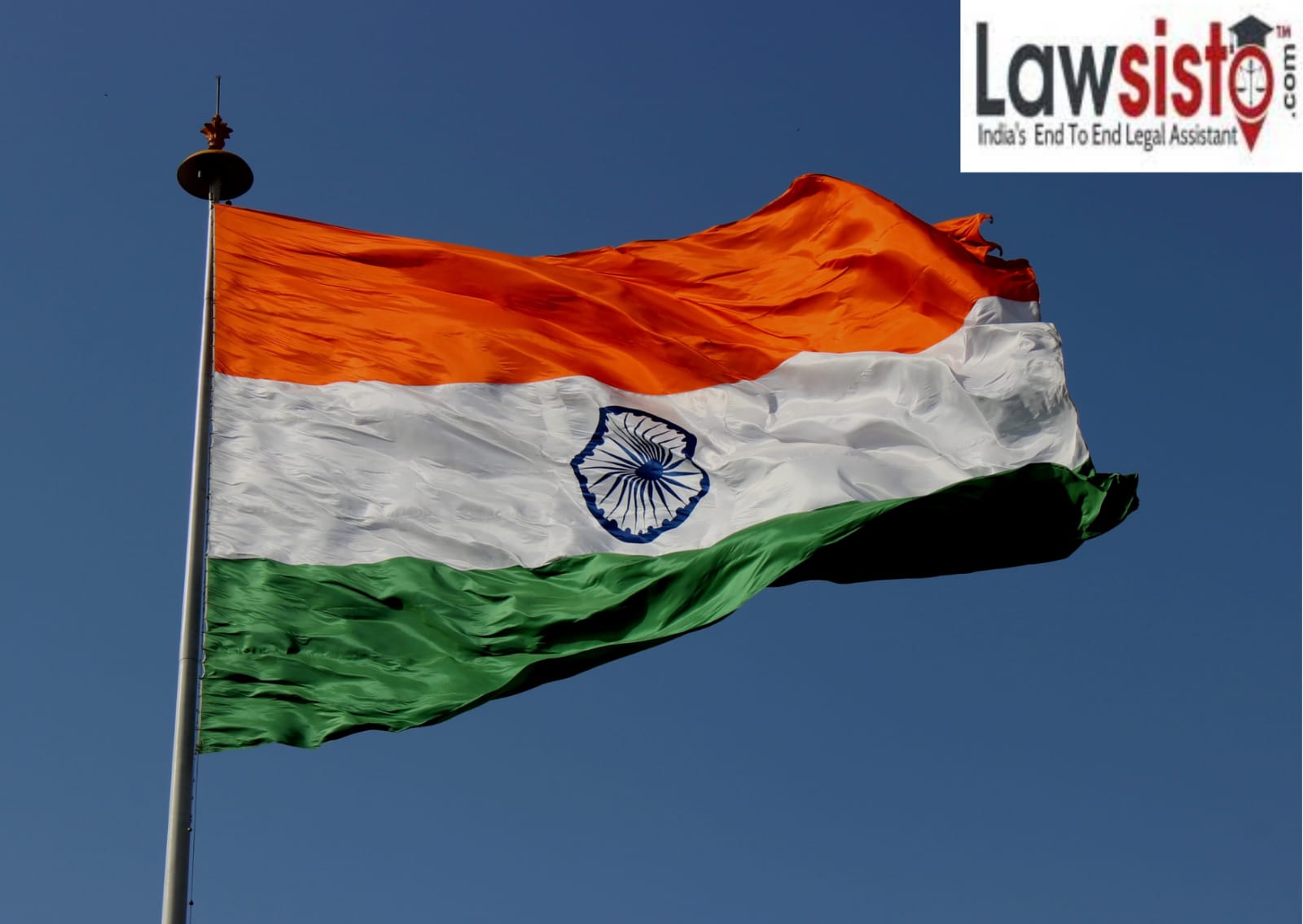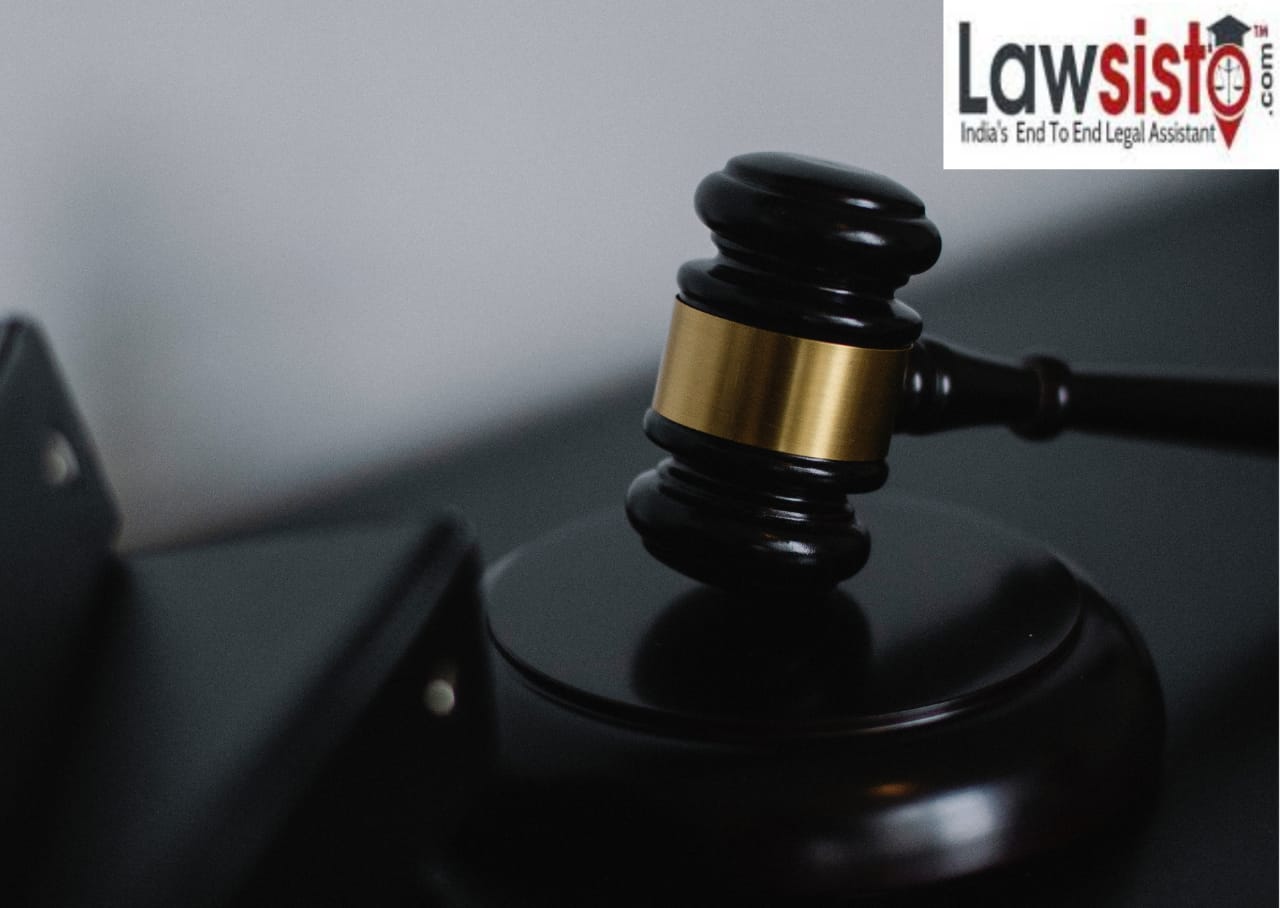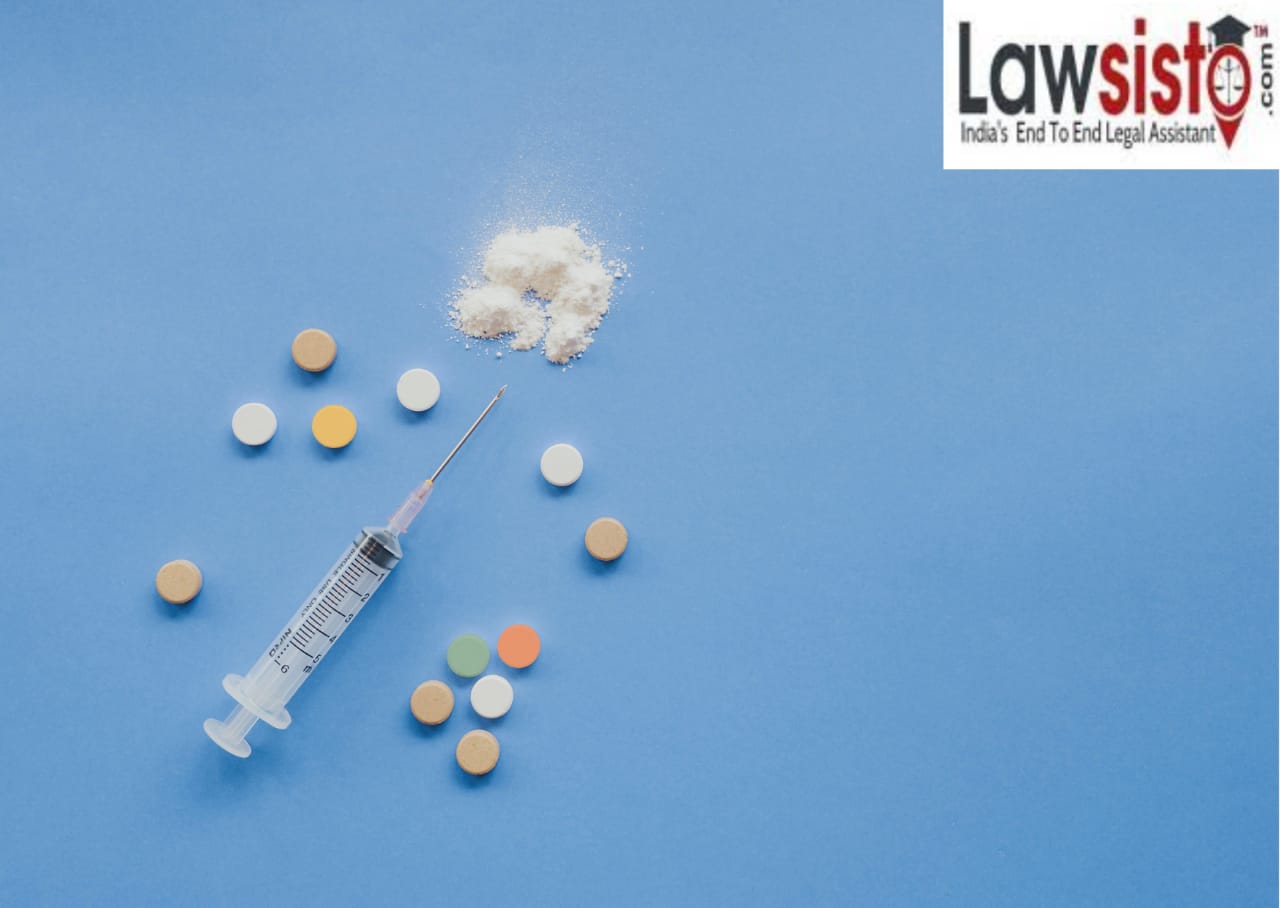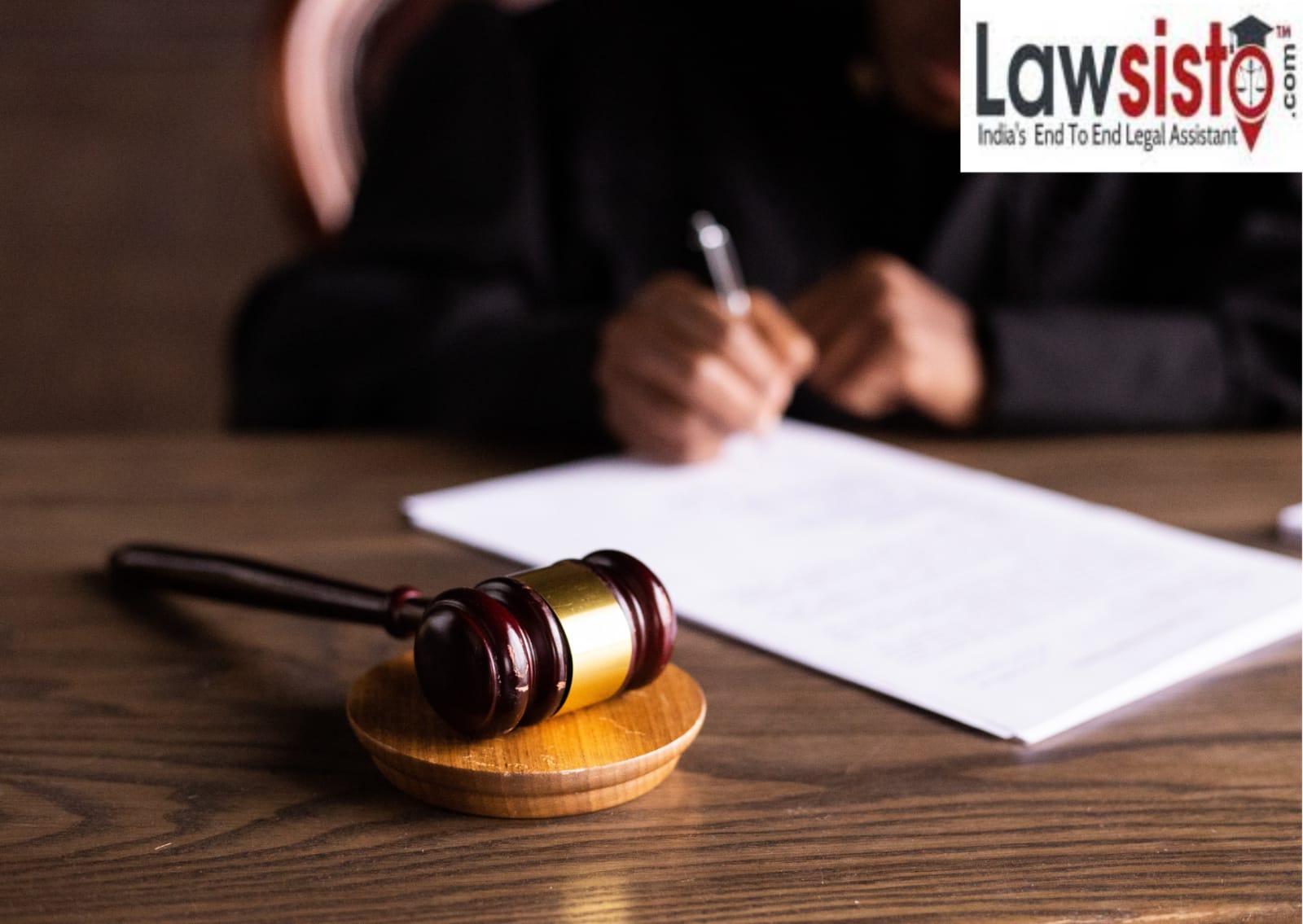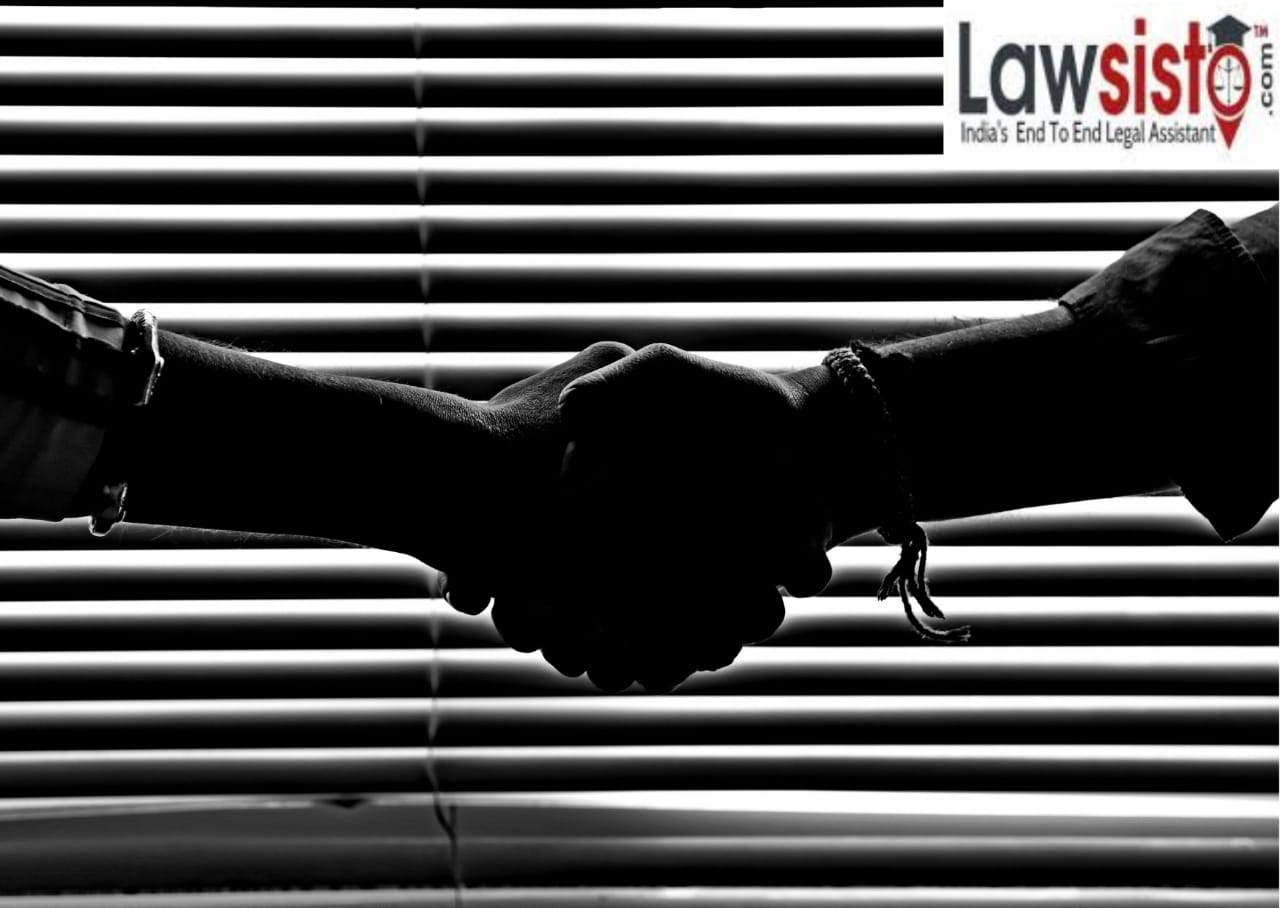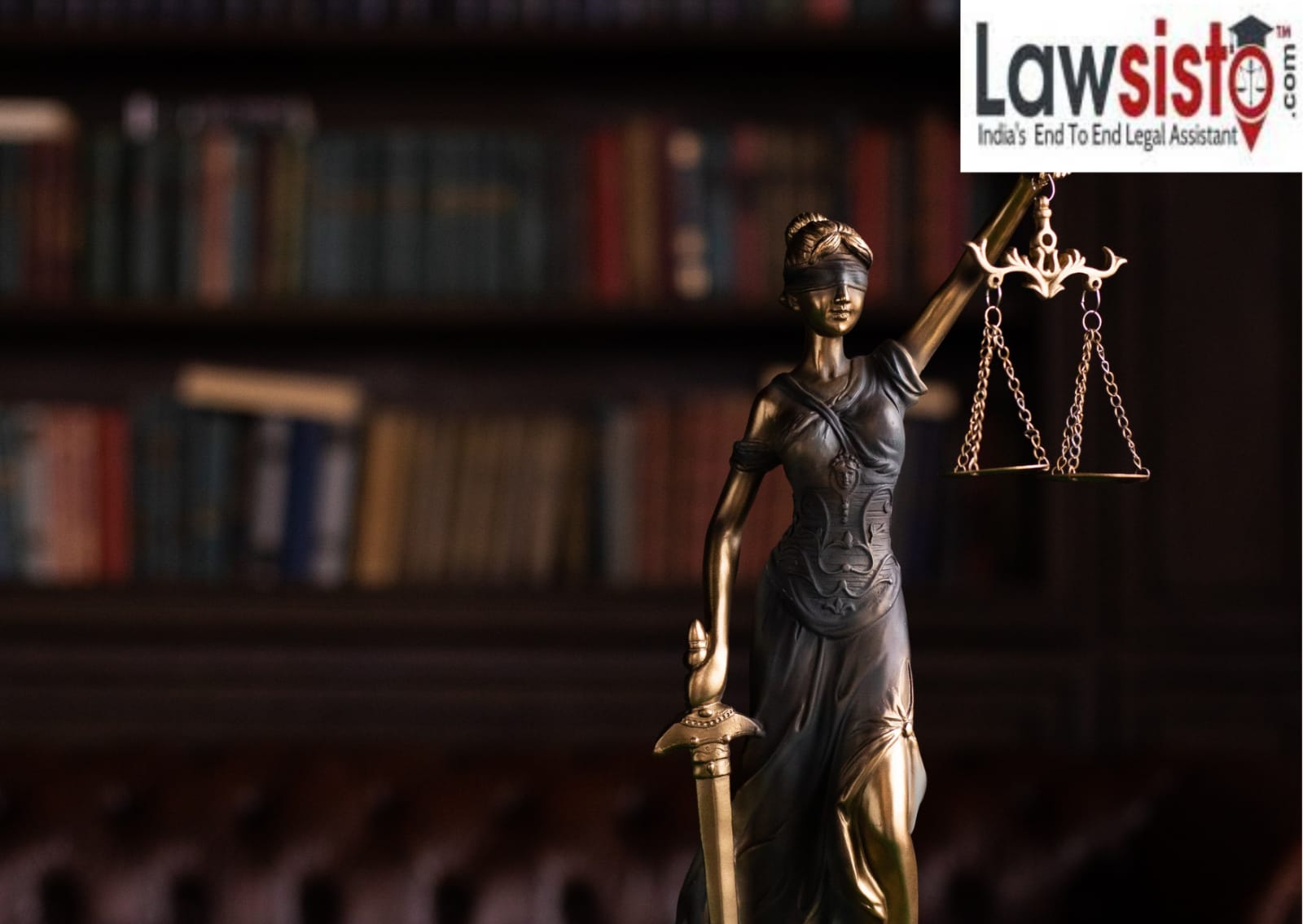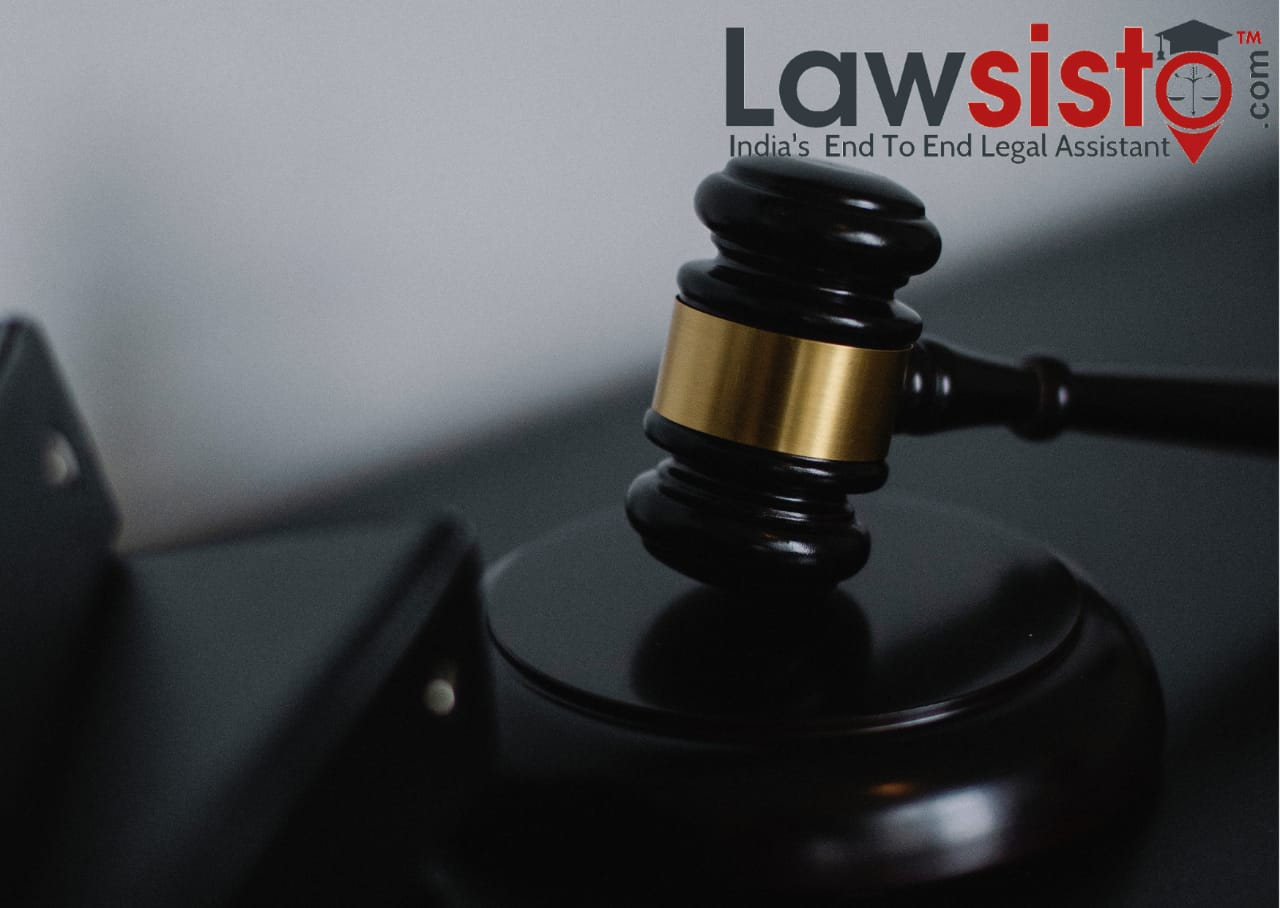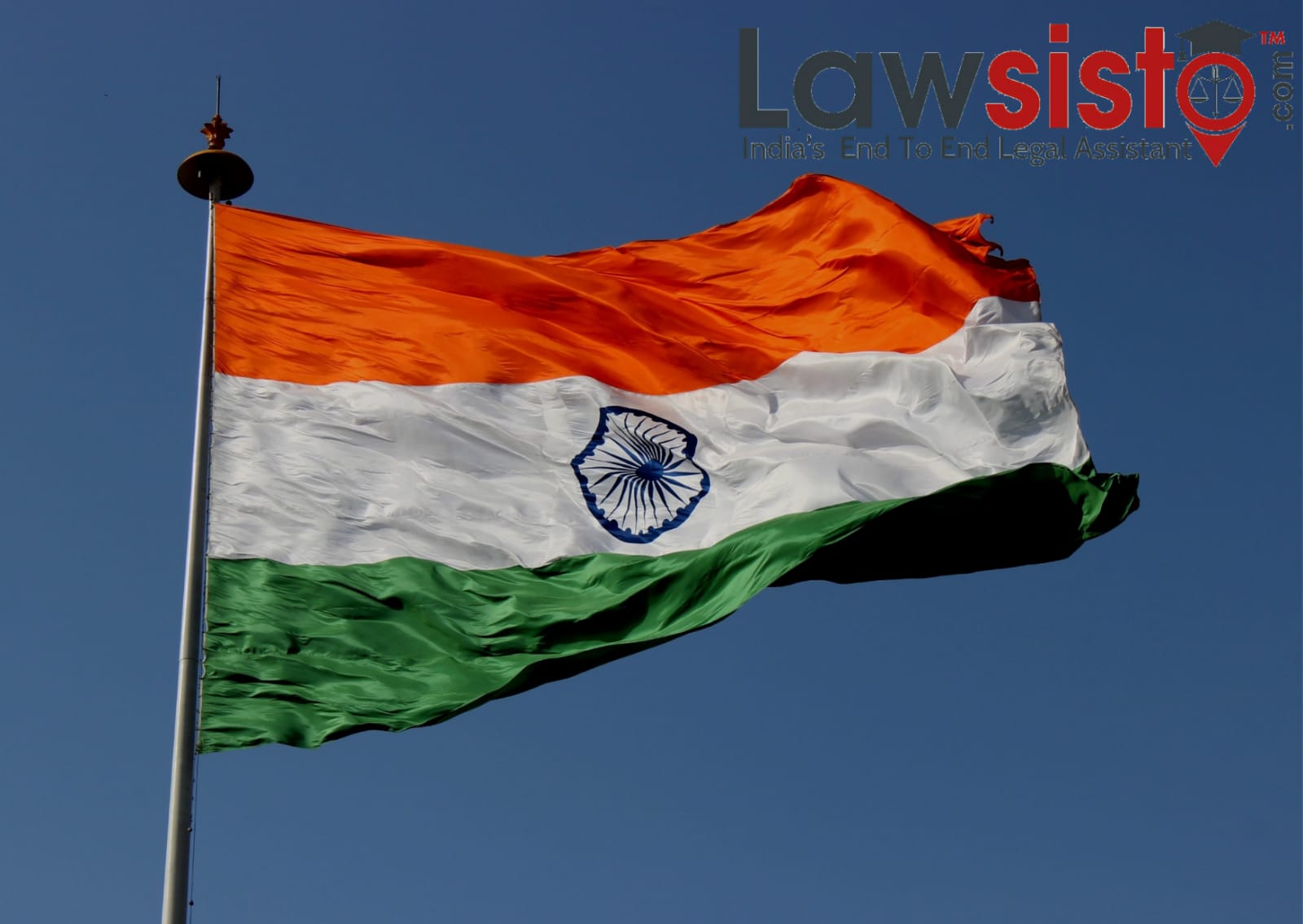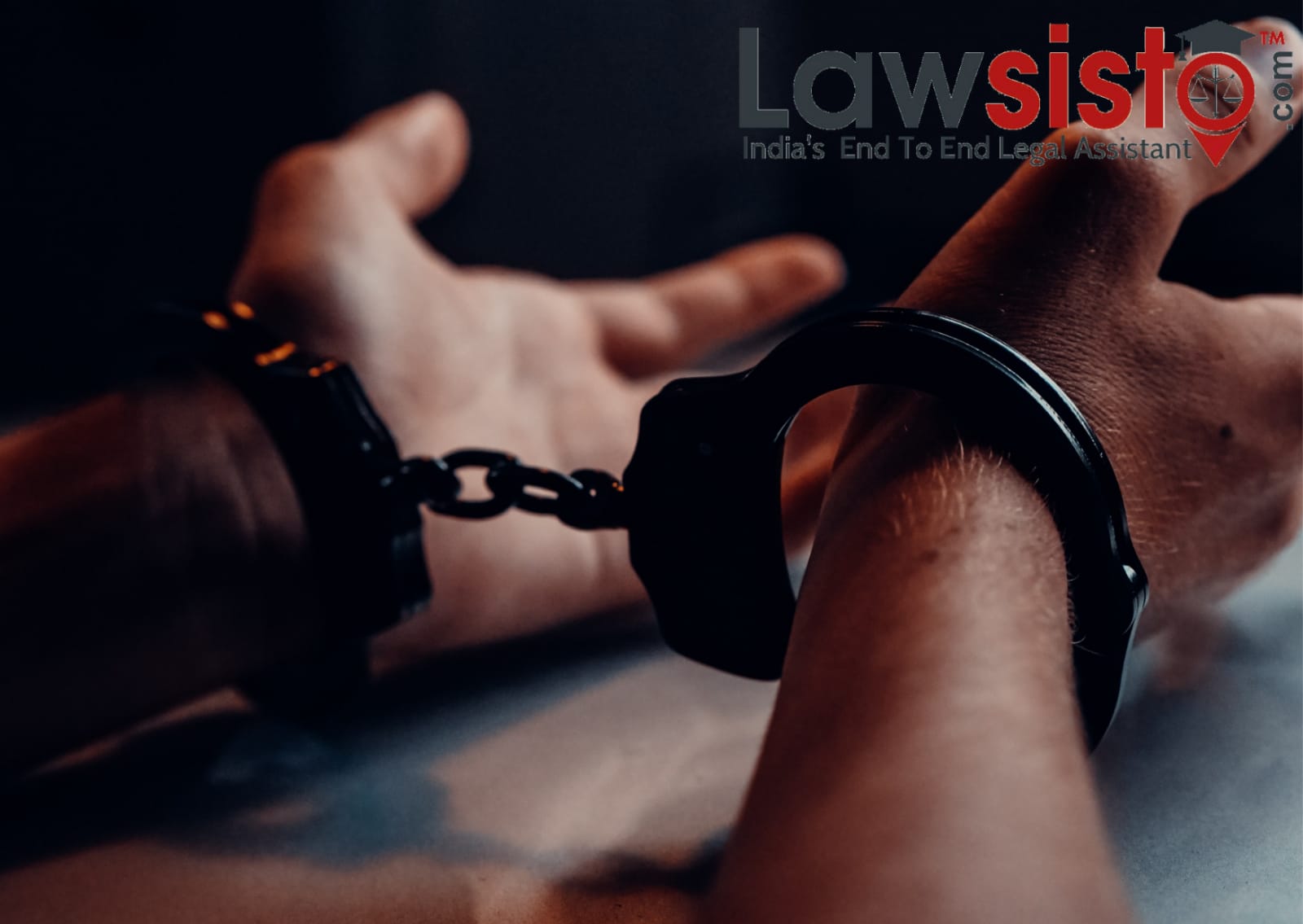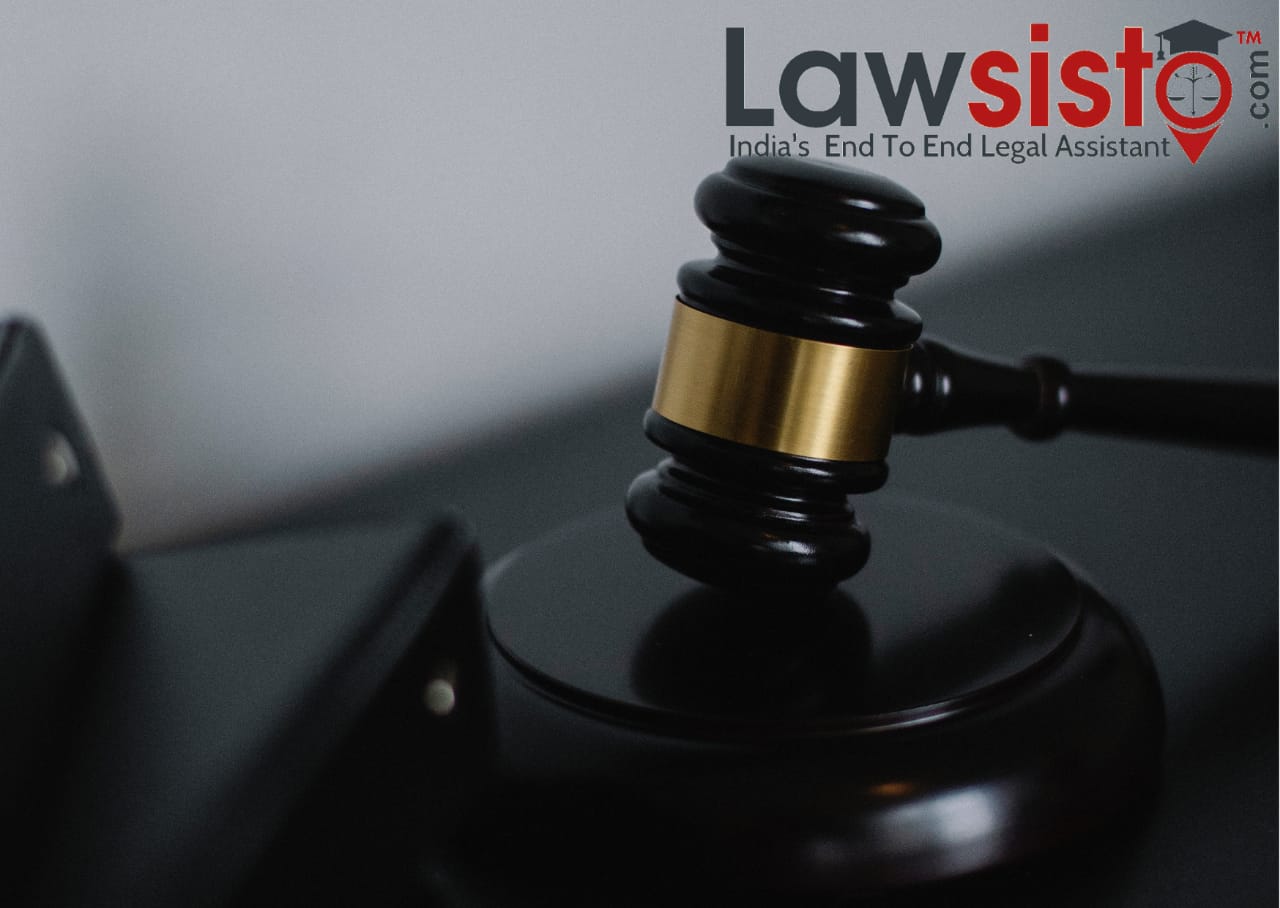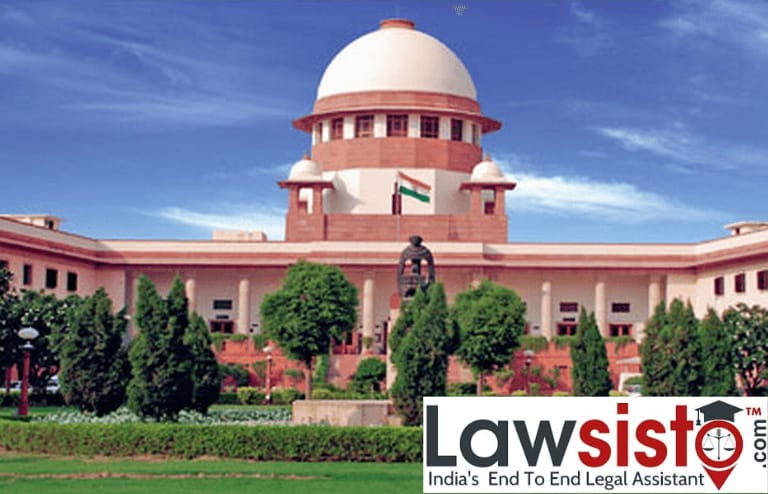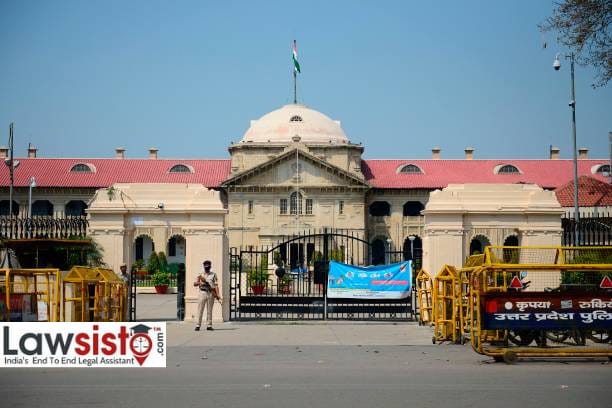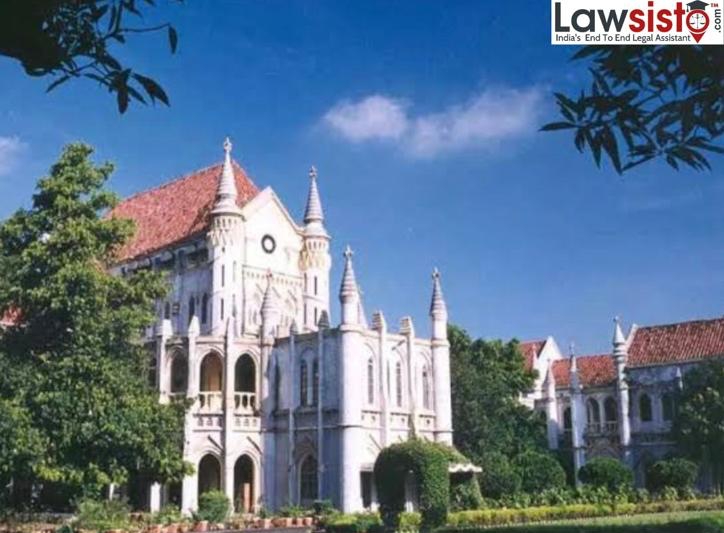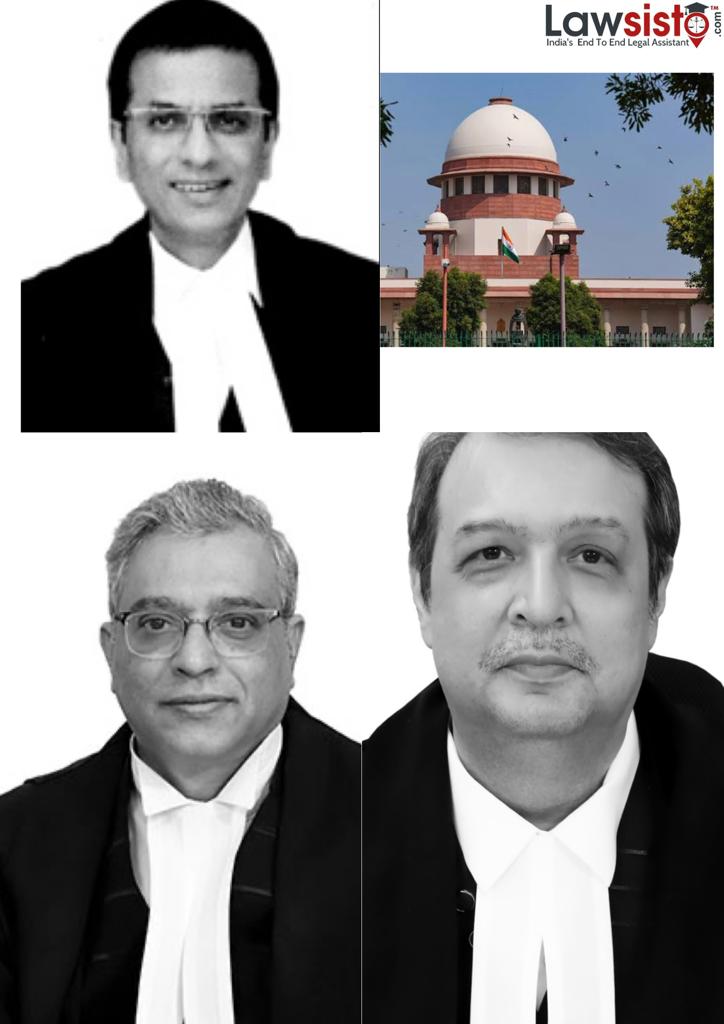Latest News
Right to Die with Dignity : Common Cause v Union of India

Life and Death are considered to be the two most apparent truth of Nature. However, in life, no one makes grave one's goal. But as we know, Death is a part of life and each and everyone has to go through it, and it is the inevitable truth. We all want to live life, and we all must live it. But at times, serious health condition, terminal ill state and persistent vegetative state overpower one's will of living. And at that time, many countries perform Euthanasia. Euthanasia is defined as deliberately ending someone's life to relieve the person from endless suffering, it is performed by doctors. In this case, we will be observing the landmark judgment given by the honourable Supreme Court of India regarding Euthanasia.
The instant Writ Petition was filed under Article 32 of the Constitution of India by the petitioner i.e. a registered society before the honourable Supreme Court of India. The petitioner had filed this petition to seek that directions in which the right to die with dignity would be declared as a fundamental right within the fold of right to live with dignity which is guaranteed under Article 21 of Constitution. It is mainly issued for people in a persistent vegetative state.
The petitioner stated that every individual is entitled to take his or her decision about the continuance or discontinuance of life when the process of death has already commenced and he/she reached an irreversible permanent progressive state where death is not far away. According to the petitioner, one should have his/her fundamental right to end his/her pain which is endless and where death is not far away because of the persistent vegetative state. He/She should have the right to remotely not accept the effort that puts an individual life on support without a ray of hope. The petitioner also states that the concept also stated that the concept of sustenance of the individual autonomy includes the right to privacy and conception of liberty. To establish his detention regarding the Right to Privacy, he referred to cases like Kharak Singh v State of UP and others, Gobind v State Of MP and another, People's Union for Civil Liberties v Union of India. It is observed that in these cases the Court had stated that the situation had been created where the dying process of the patient is unnecessarily prolonged causing agony to the patient as well as near ones required the patient is in a persistent vegetative state, therefore, a free intrusion is allowed. Nevertheless, it also stated that the petitioner of this case does not want to claim the right to die with dignity a part of the right to live with the dignity, rather he wanted to claim that it is an inextricable facet of right to live with dignity. Laws of other countries were also referred.
The respondent in counter referred to the 241st report of the Law Commission on the Medical Treatment of Terminally ill Patients( Protection of Patients and Medical Practitioners) Bill 2006, where the Ministry of Health and Family Welfare didn't permit in the favour of euthanasia. They also stated that Right to Life with dignity under Article 21 means the availability of food, shelter, health and does not include the right to die with dignity. They also stated that it's the State's primary duty to save a life and introducing them to die with dignity would somehow affect the basic rights of the Constitution.
The SC while analyzing the fact of the cases looked back in history and referred to P.Rathinam's Case where the Court declared Section 309 of IPC ultra vires. In 1996 the Supreme Court in Gian Kumar v State of Punjab held both euthanasia and assisted suicide not lawful in India. The Court held that the right to live with dignity under Article 21 of the Constitution does not include right to die. In 2011, in Aruna Ramchandra Shanbaung v Union of India and others, the Supreme Court held passive euthanasia can be allowed under exceptional circumstances under strict monitoring. In 2014, a three bench judge of the Supreme Court turned the judgment in the Aruna Shanbaug case to be inconsistent in itself and referred the issue to five-judge Constitutional Bench.
The Supreme Court also analyzed the right of self-determination and individual autonomy. The Supreme Court after referring several previous cases stated that it had been observed a terminal ill patient with the capacity to consent have a common law right to refuse medical treatment and right of self-termination. The Supreme Court also added that the doctors are bound by the will of the patient and the illness of the patient should be incurable and there should be no hope of being cured.
The Supreme Court also looked into social morality, medical ethically and State Interest aspect. The SC stated that at times society might put questions on the oath of doctors that they are not trying to save lives and also the family members of the patient might feel hesitant to perform euthanasia. And on this, the Court stated that if the right to die with dignity comes under Article 21, the social perception would change. In another aspect, the SC took into consideration the submission of States. The State stated that the State must save a life. On this SC opined that in such situation some struct guidelines could be framed but the right to die with dignity cannot be curbed from being the facet of Article 21. The Court also distinguished between Active and Passive Euthanasia. Active Euthanasia means to actively end life and passive euthanasia means when a person can not live without medical support and the patient is in PVS state, the doctor on request withdraws the support.
Finally, The SC gave the judgment that the right to die with dignity is a fundamental right. They further stated that passive euthanasia would be permitted to only those who are terminally ill or in PVS state. SC also permitted the preparation of a living will or advance directories for passive euthanasia. Regarding living will, the SC had set out guidelines, and in cases where a living will not be made the family members or next friend of the patient can do so following the guidelines set out by SC.
Document:
